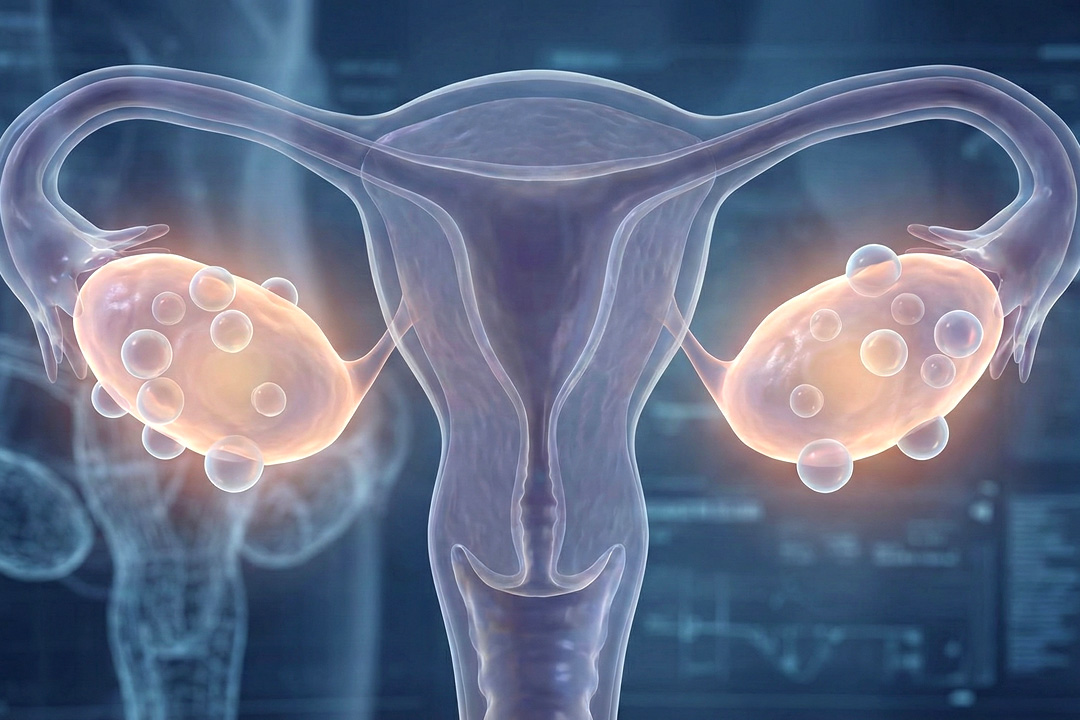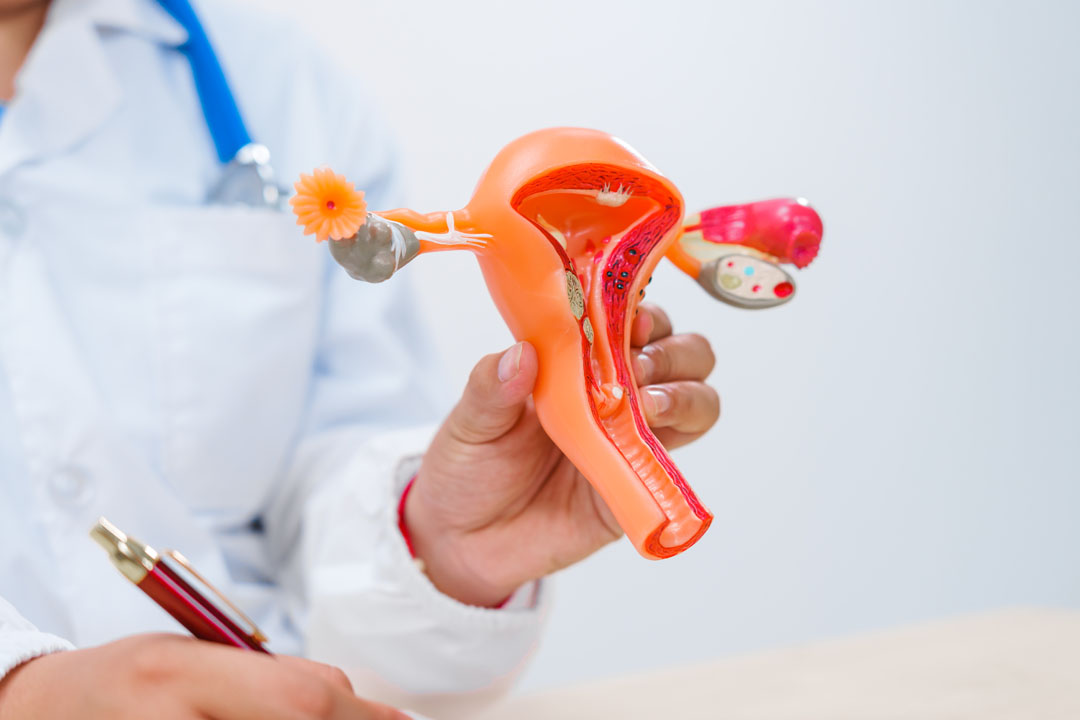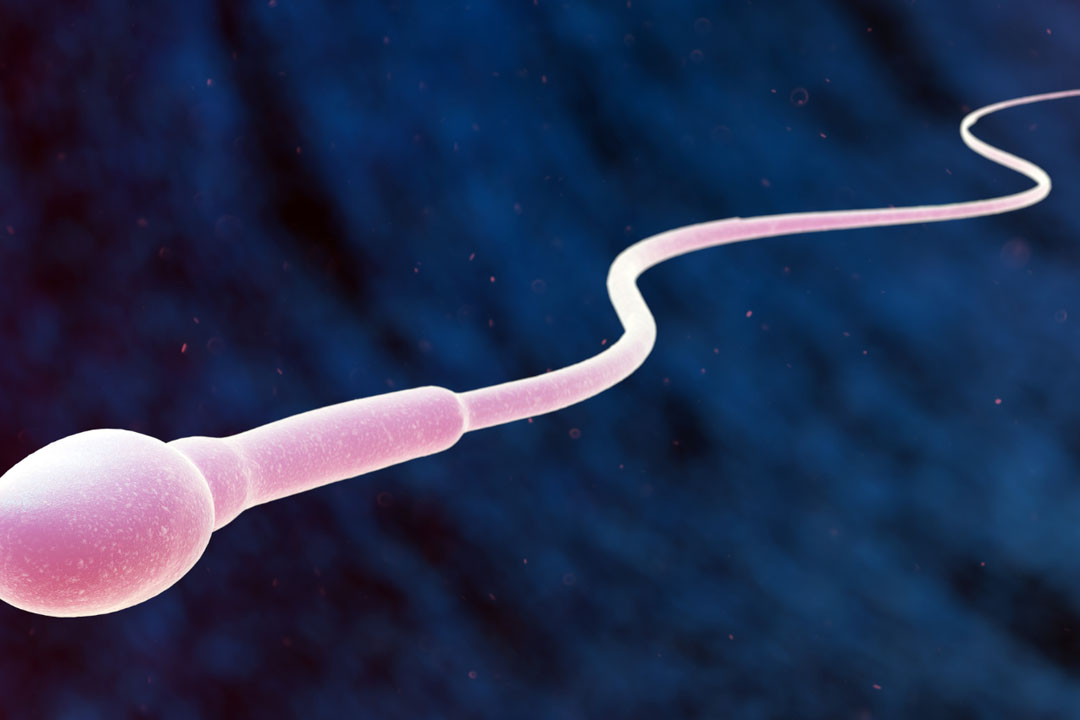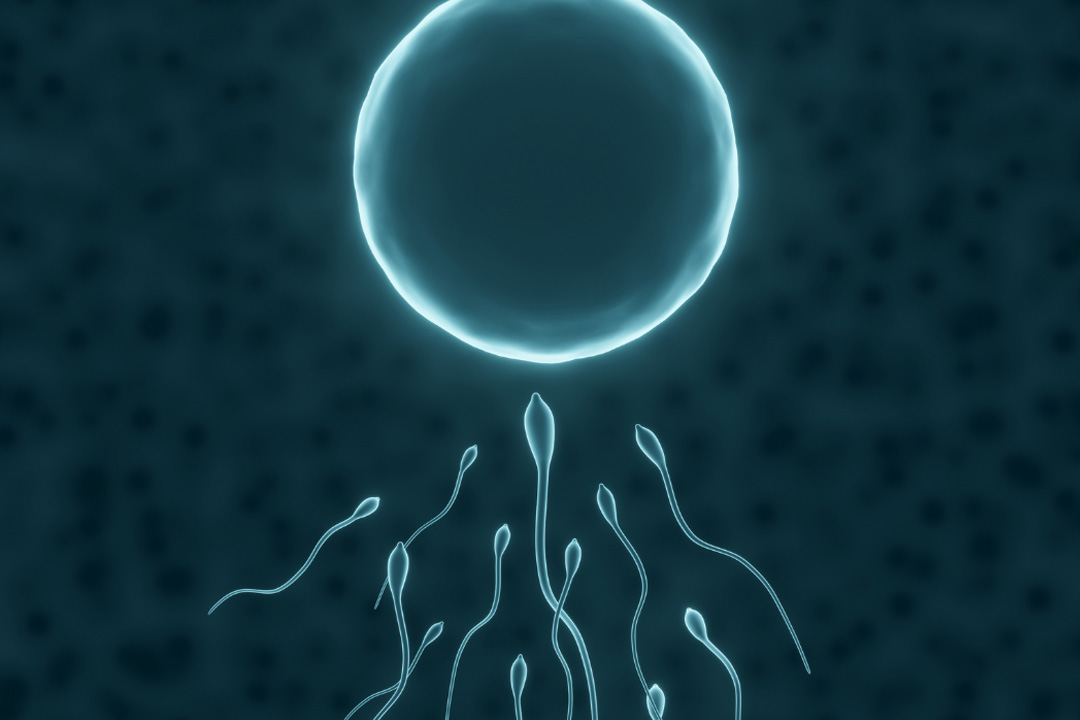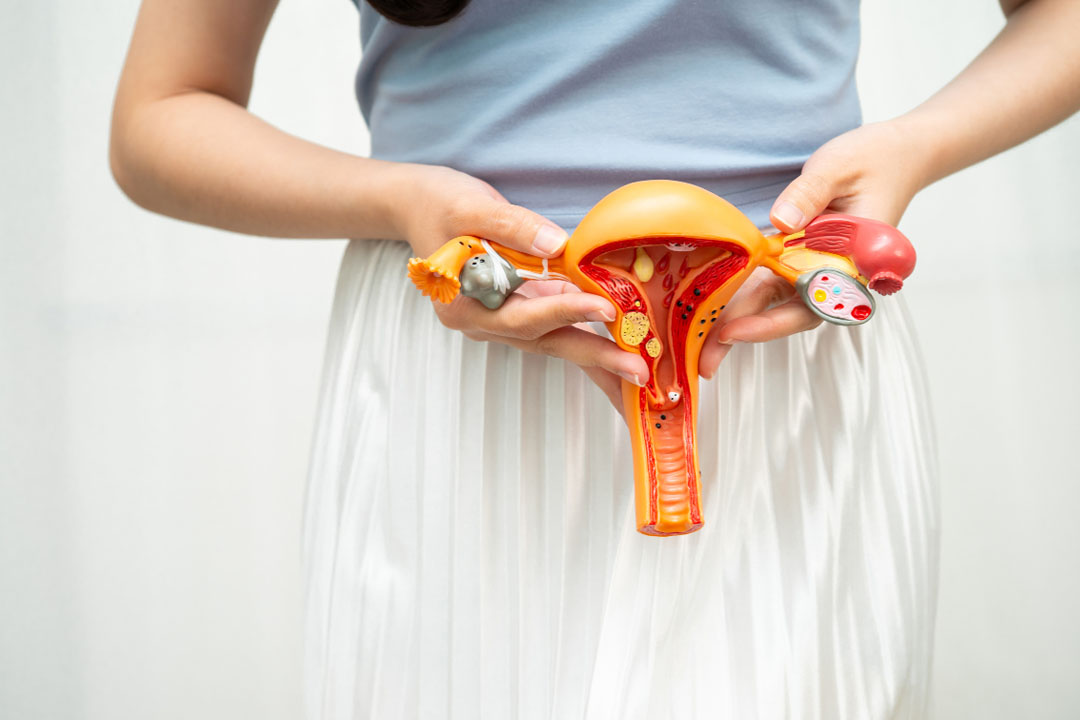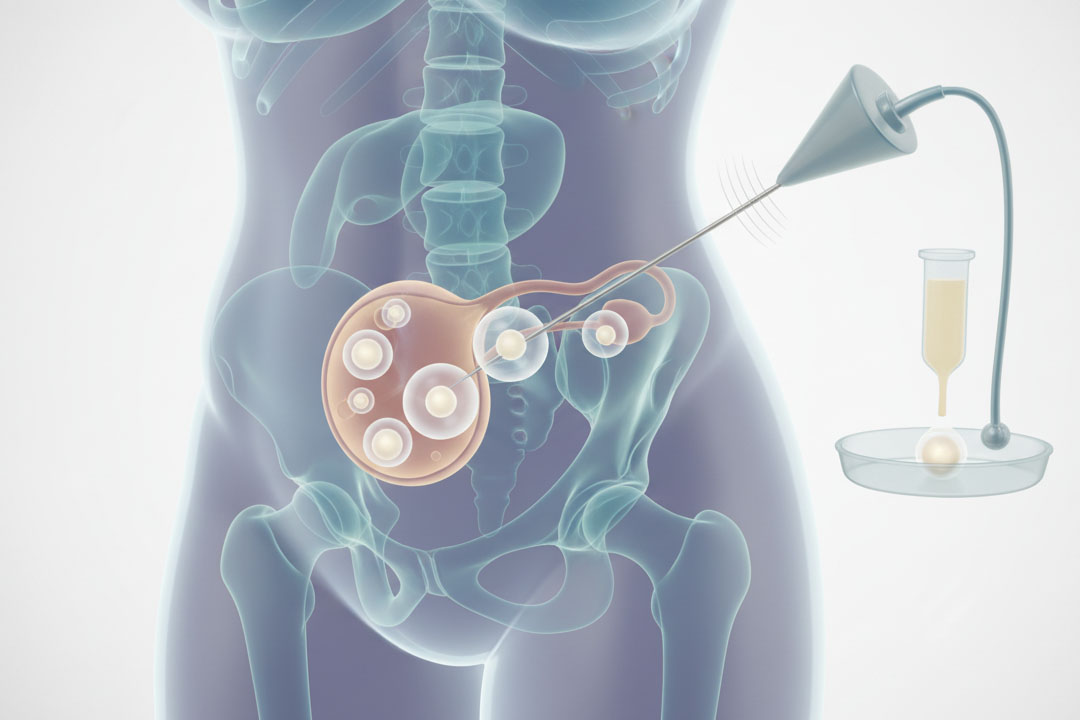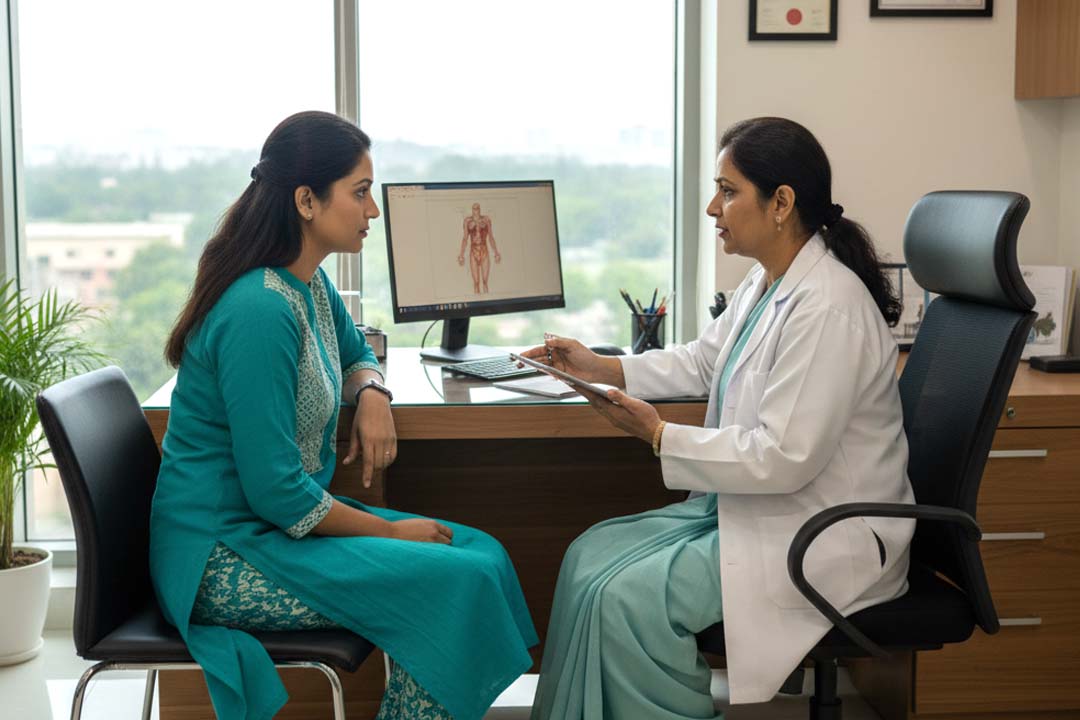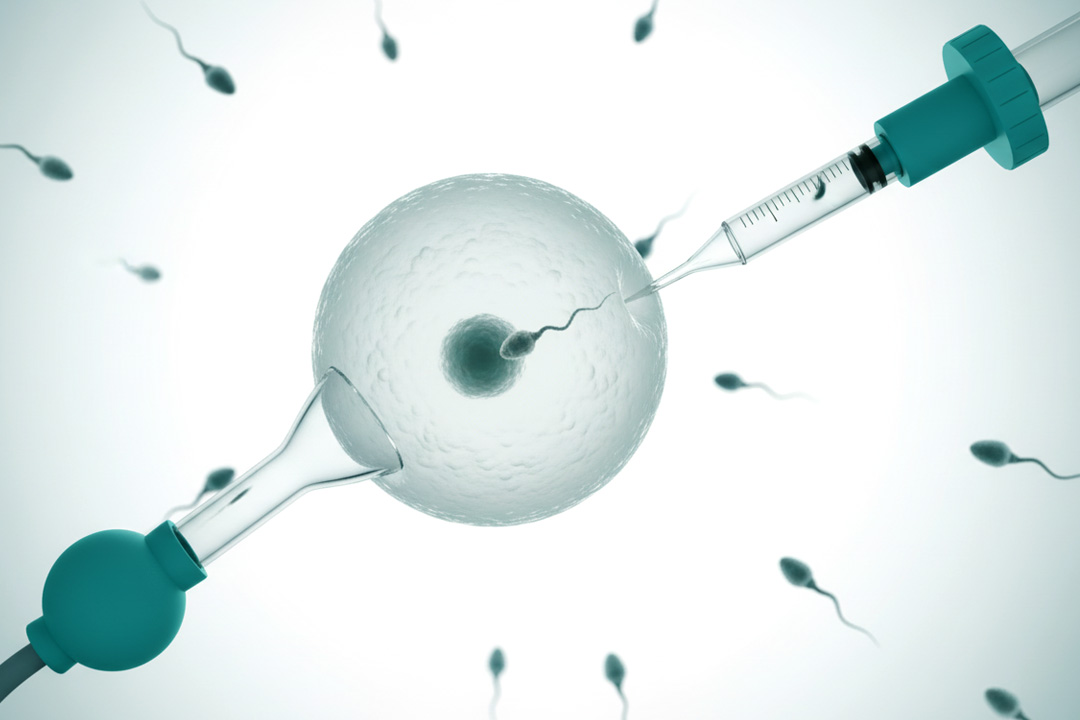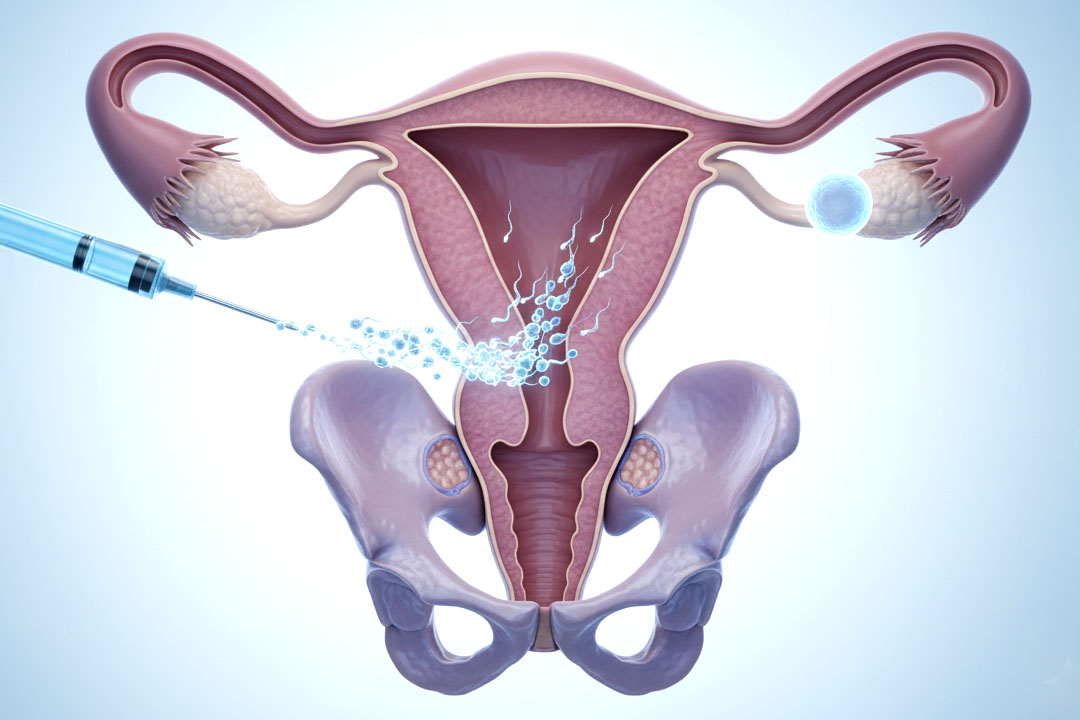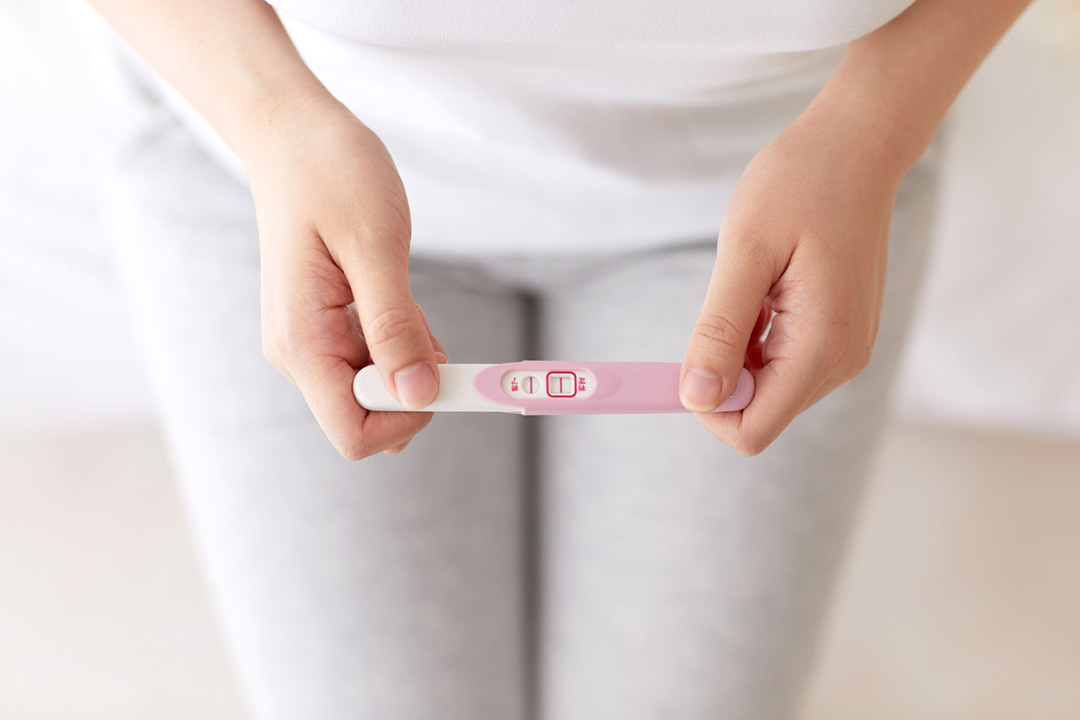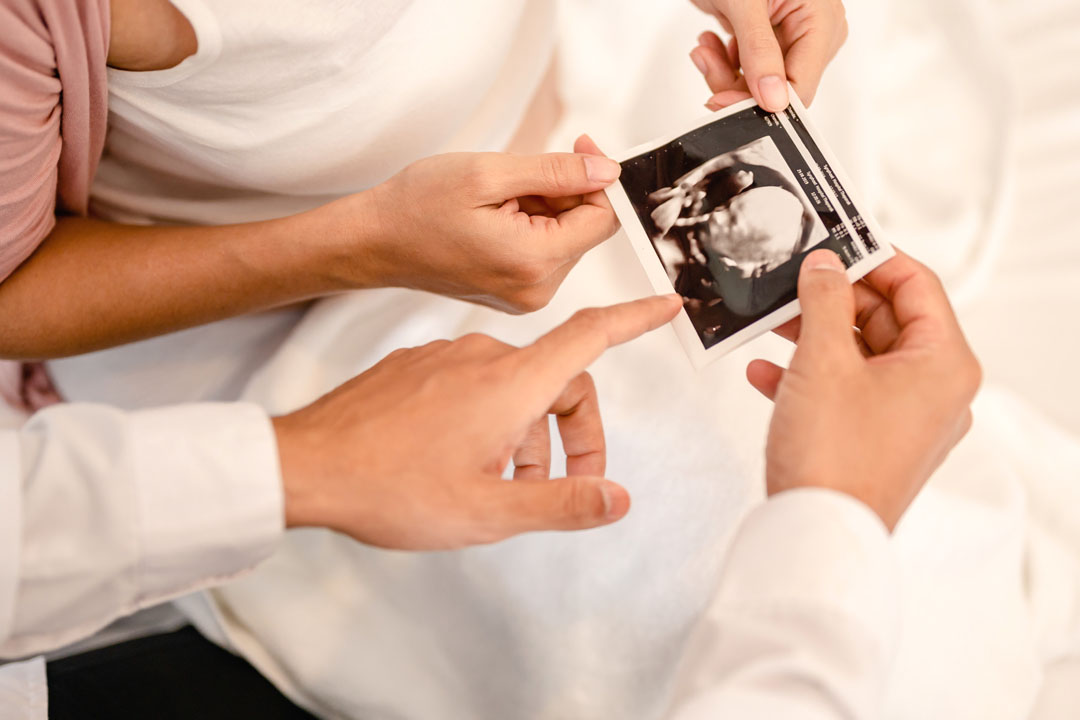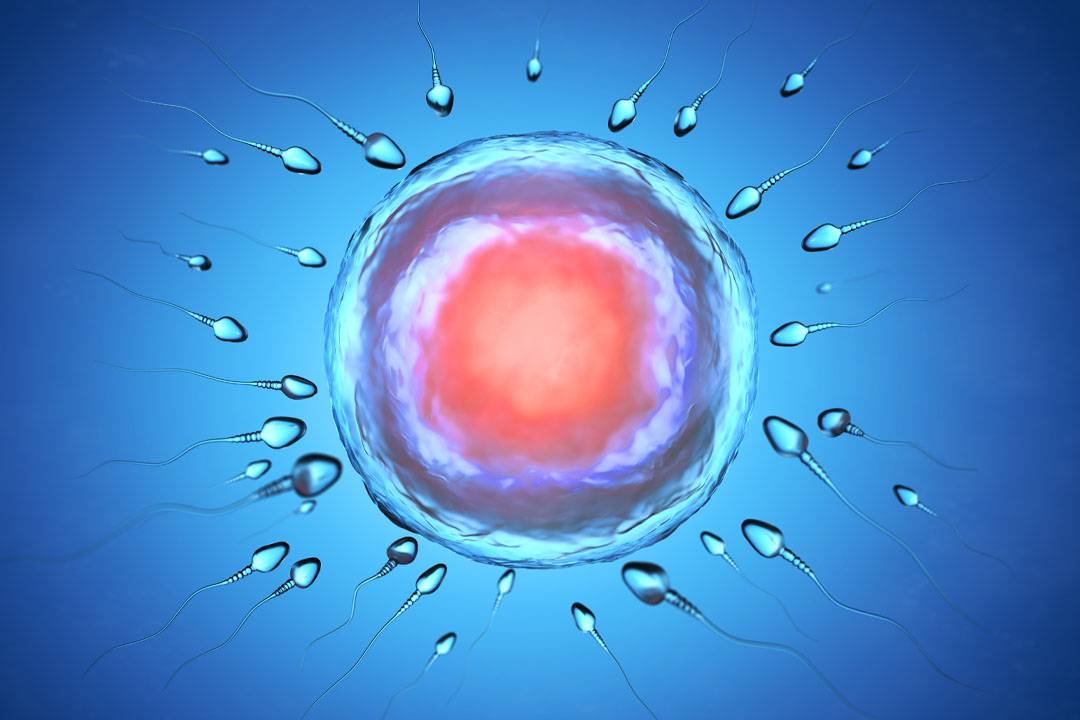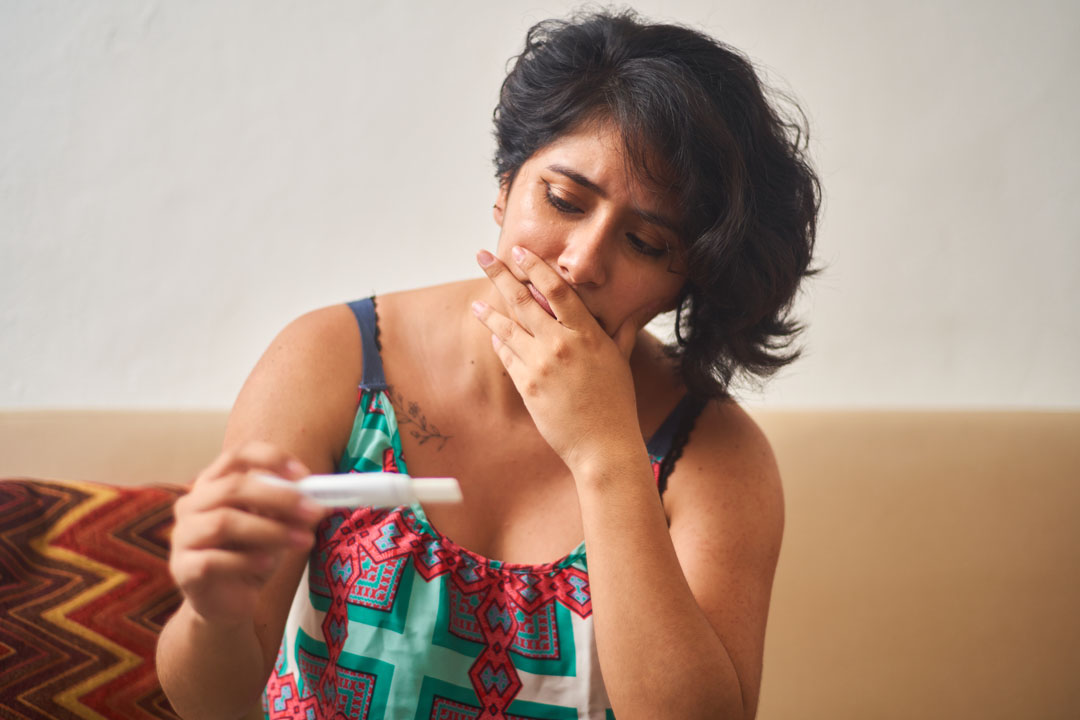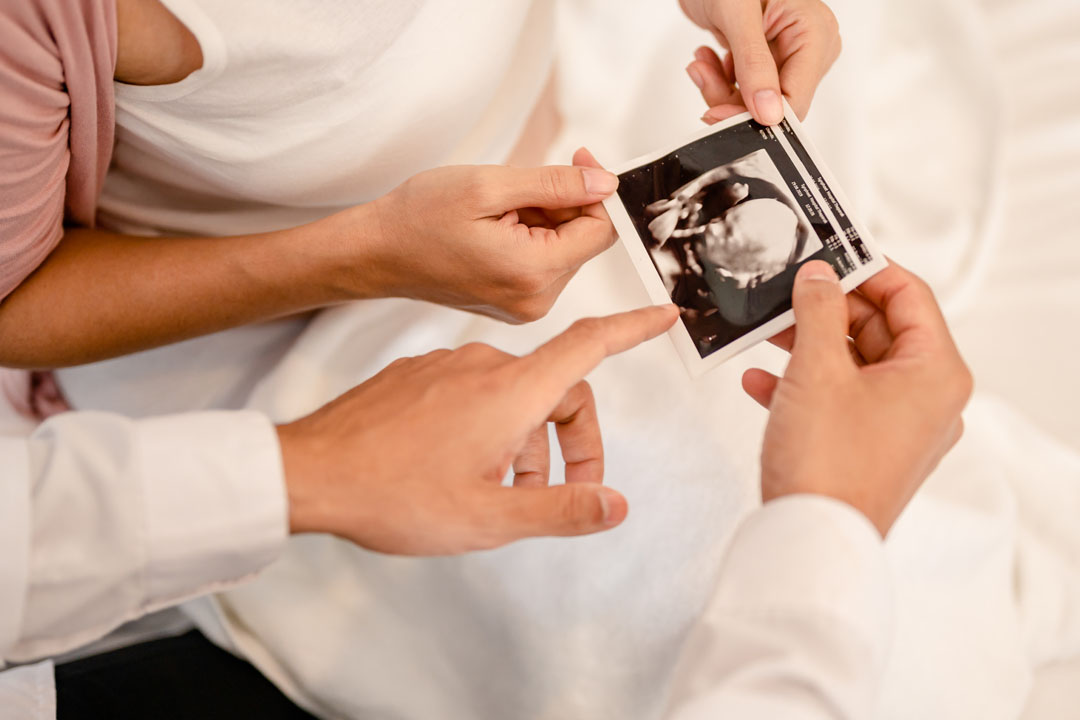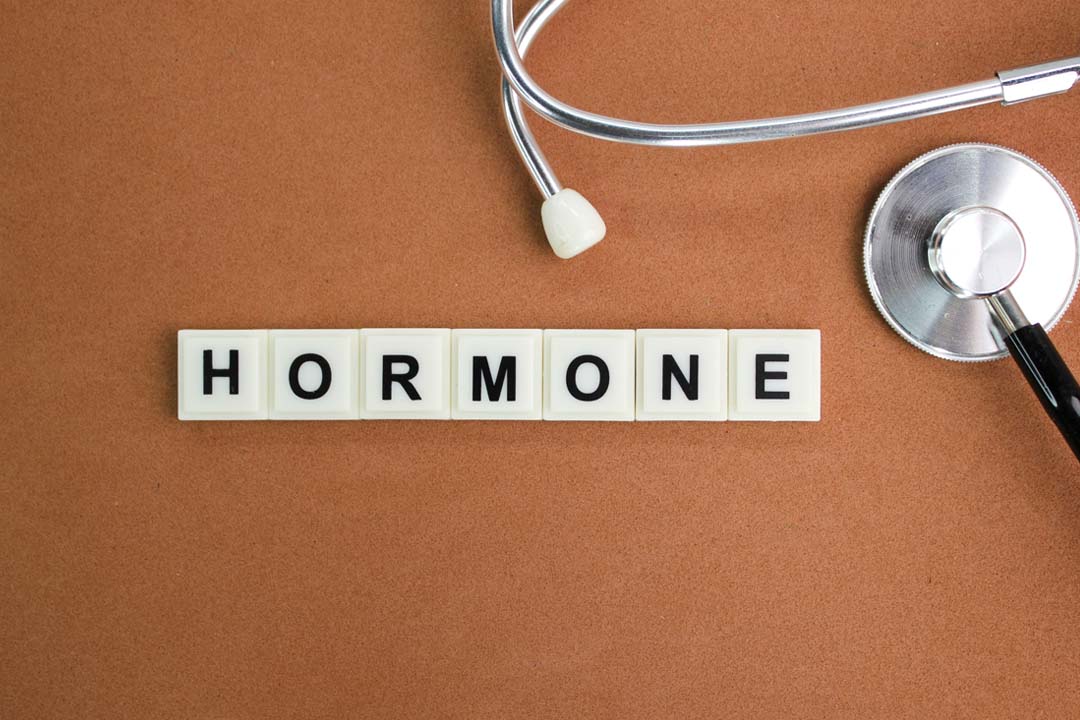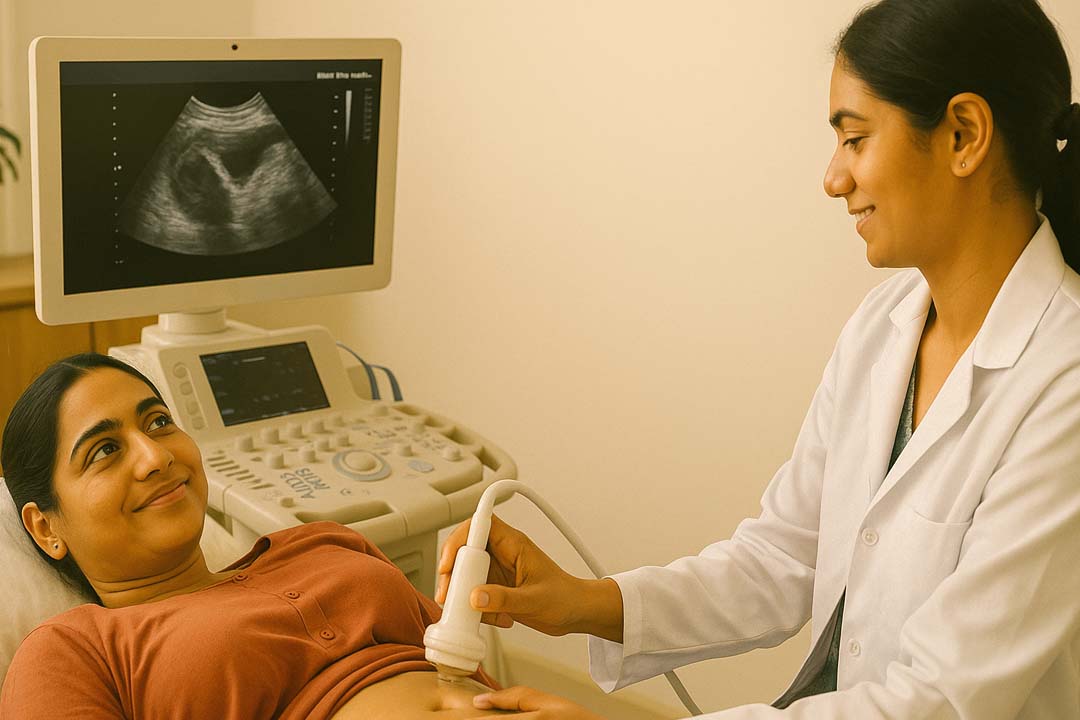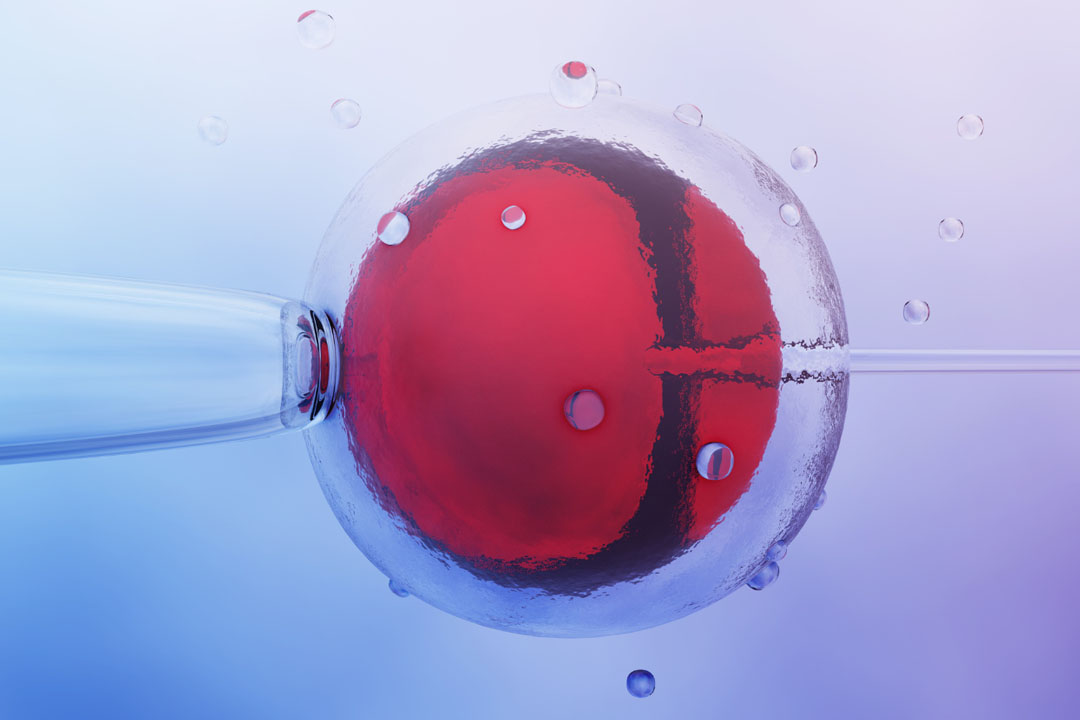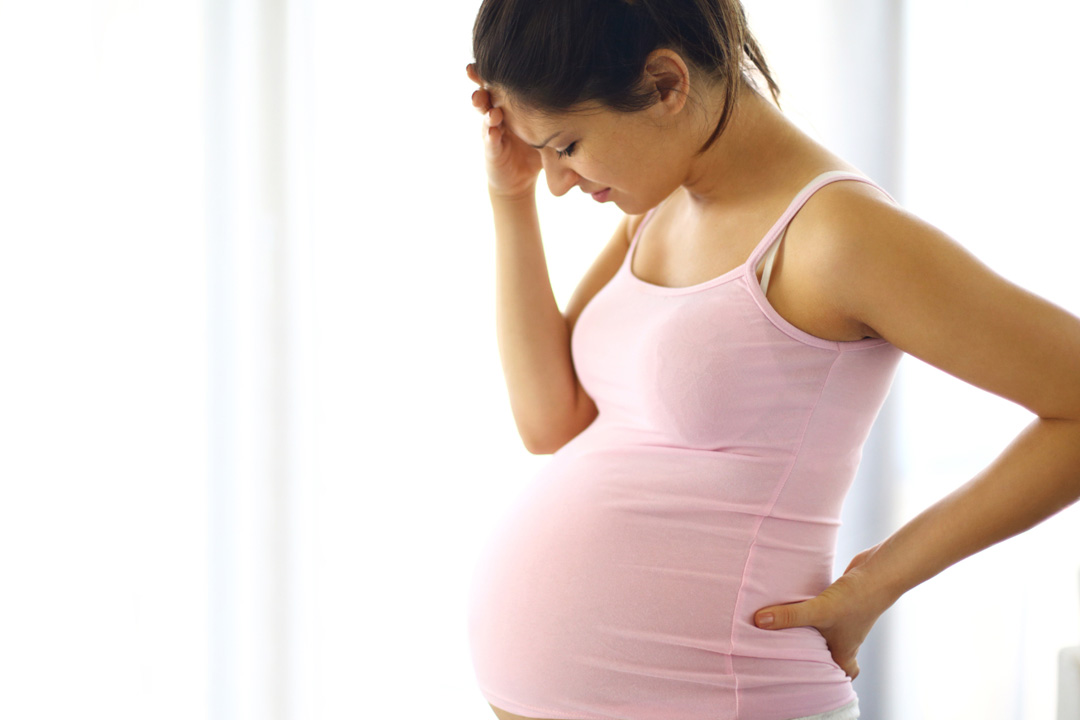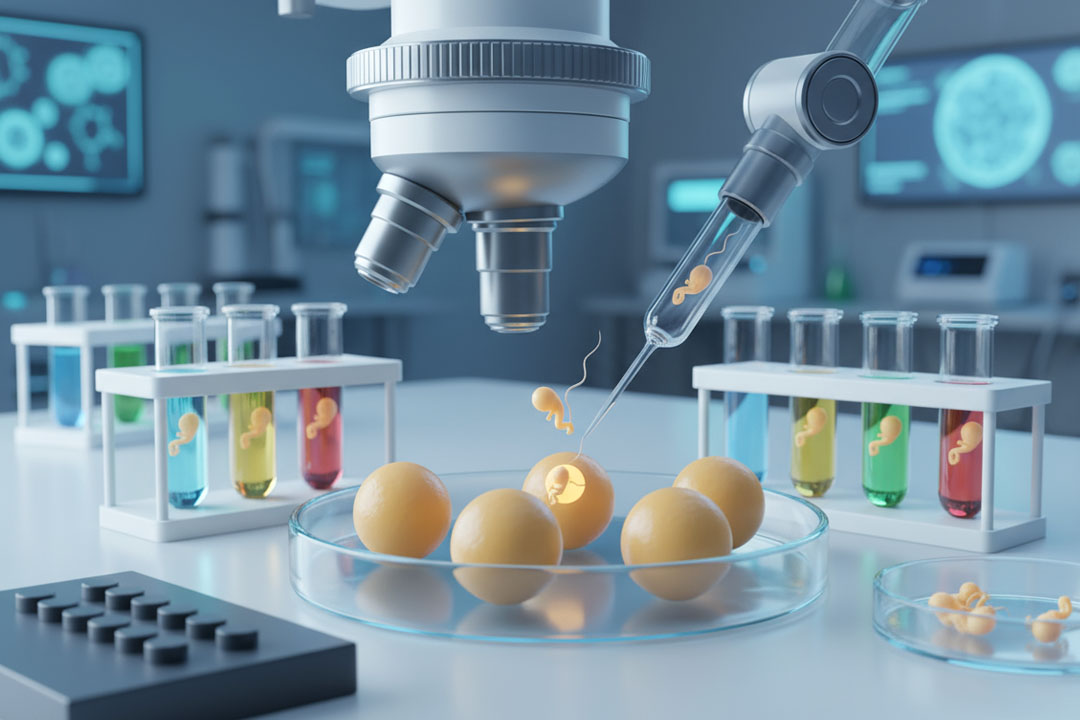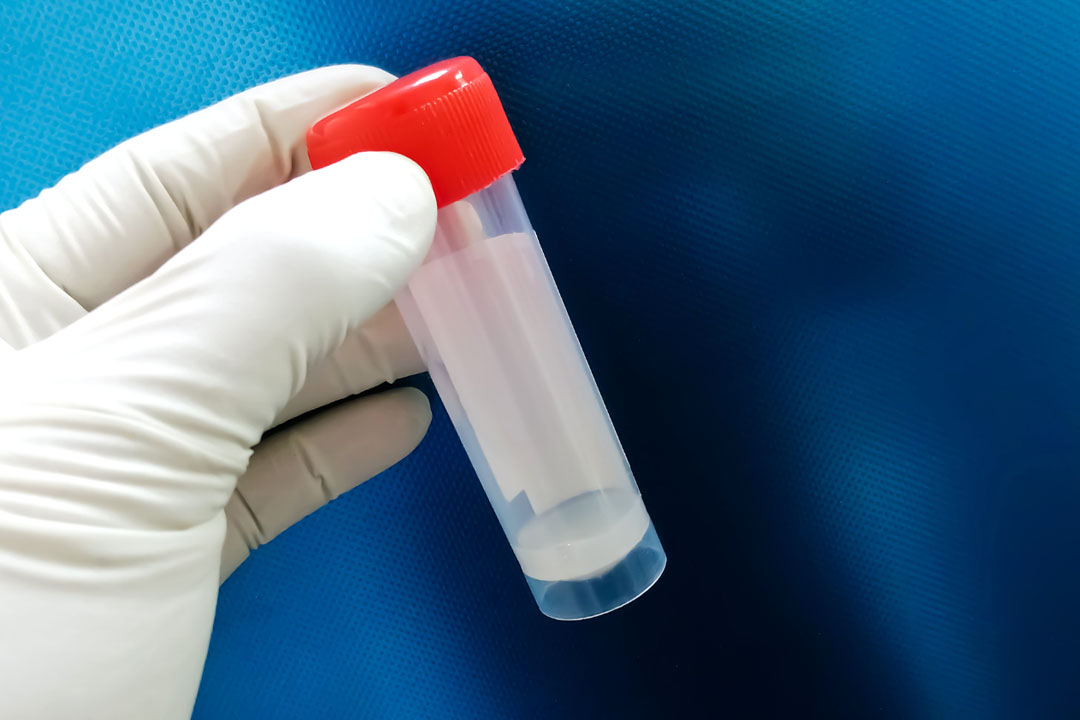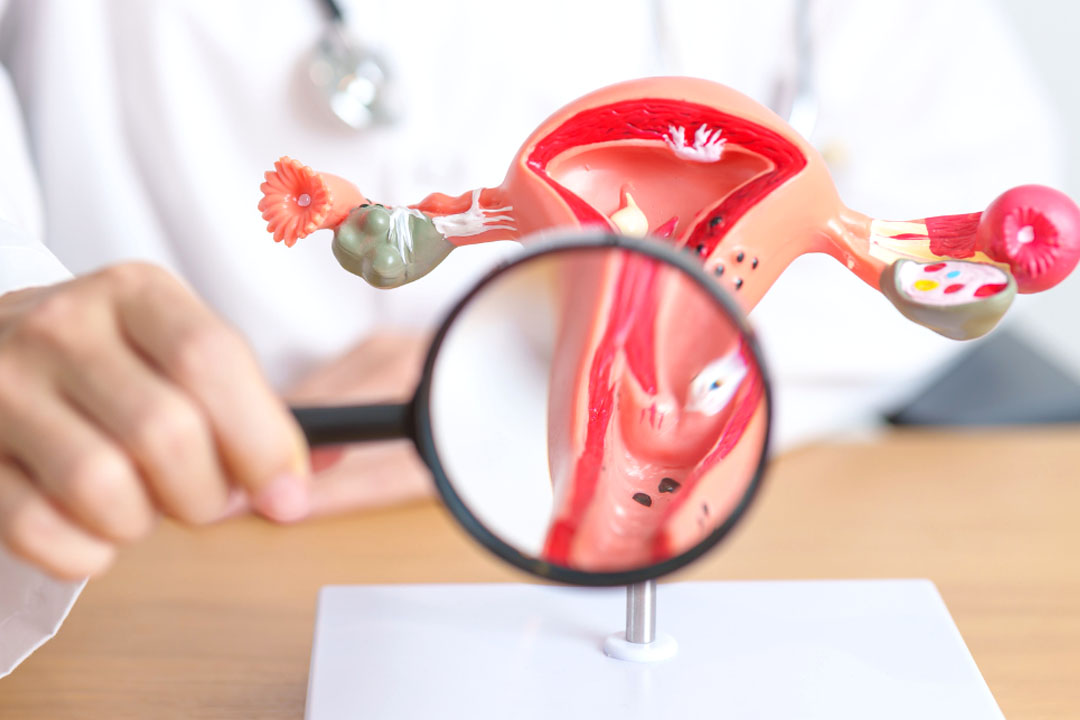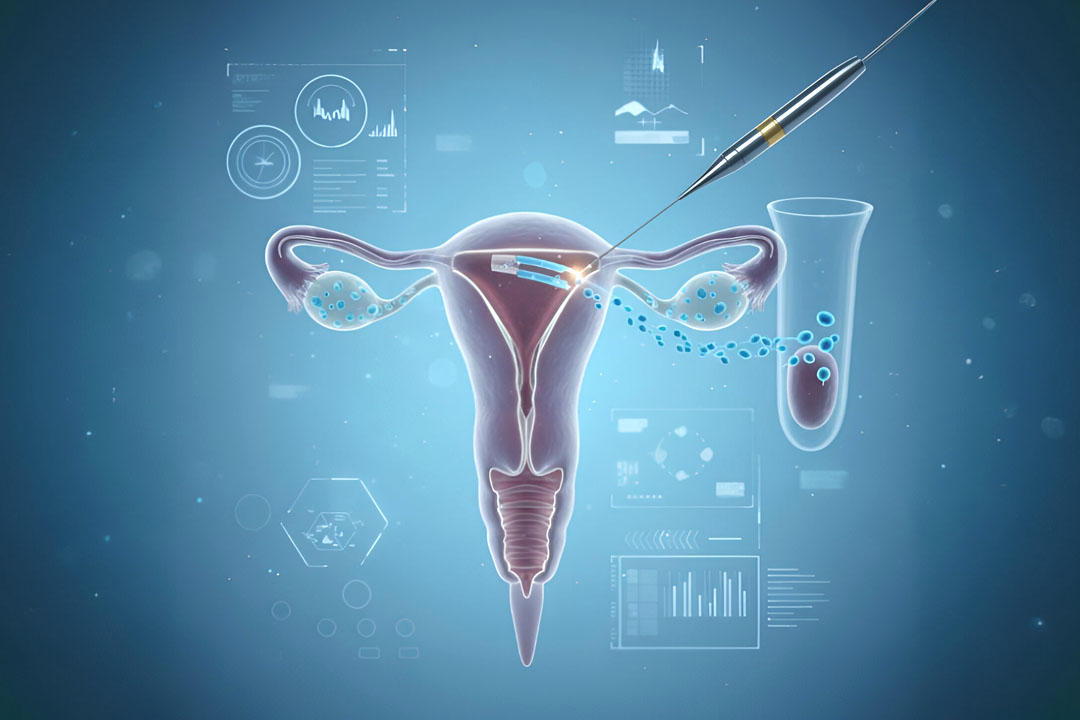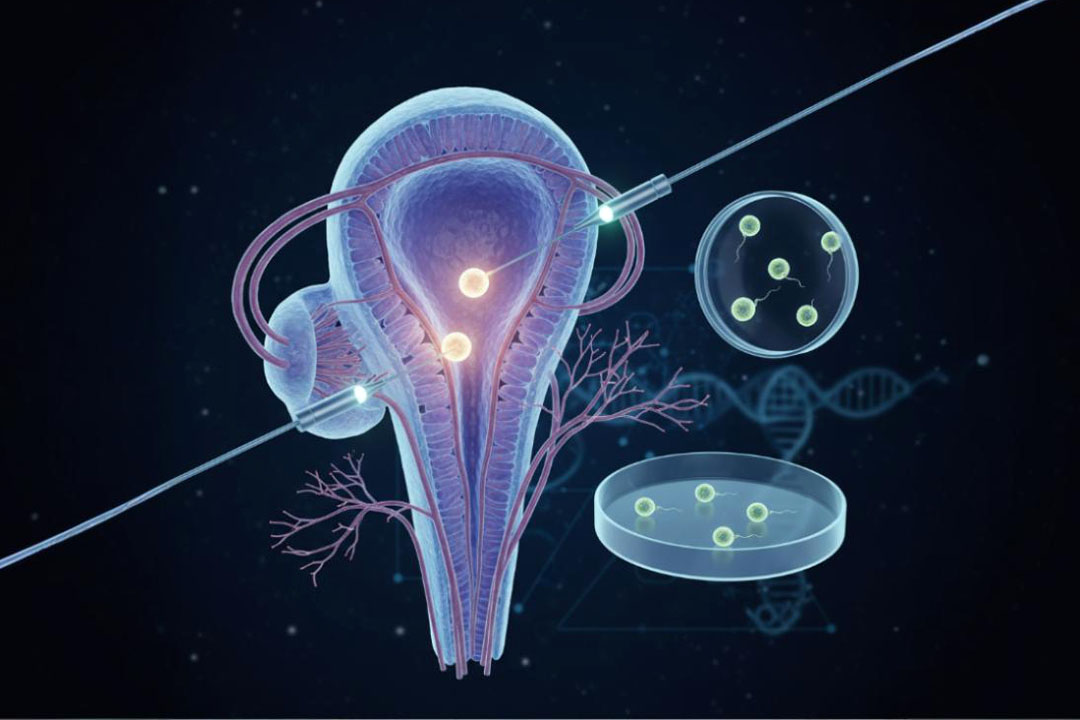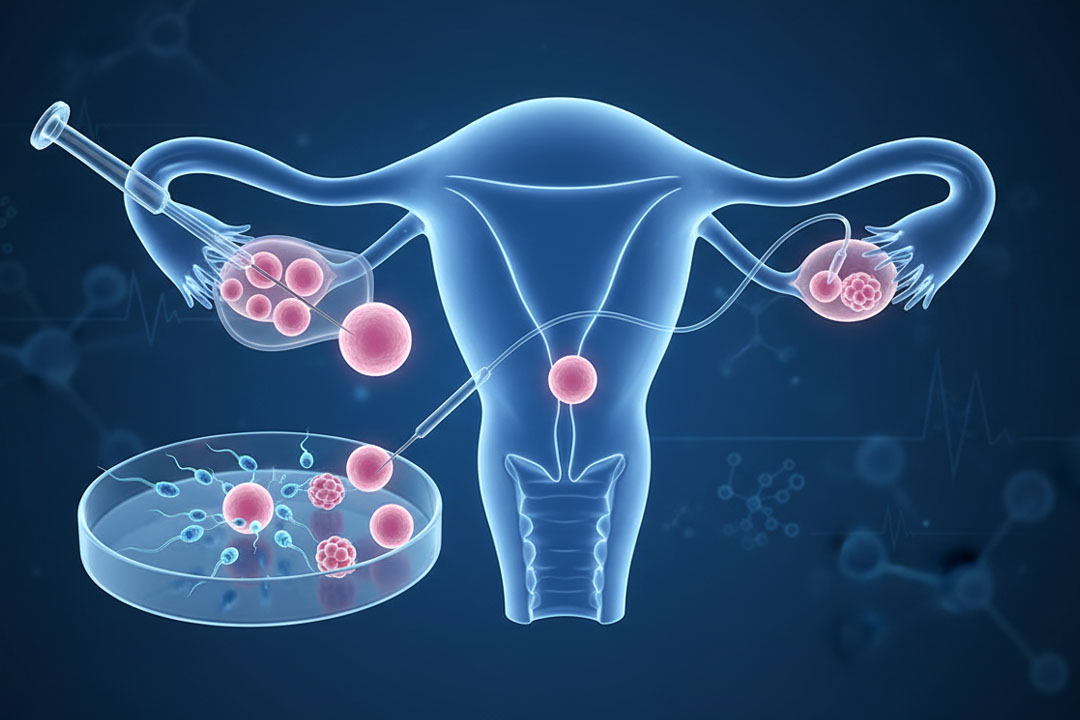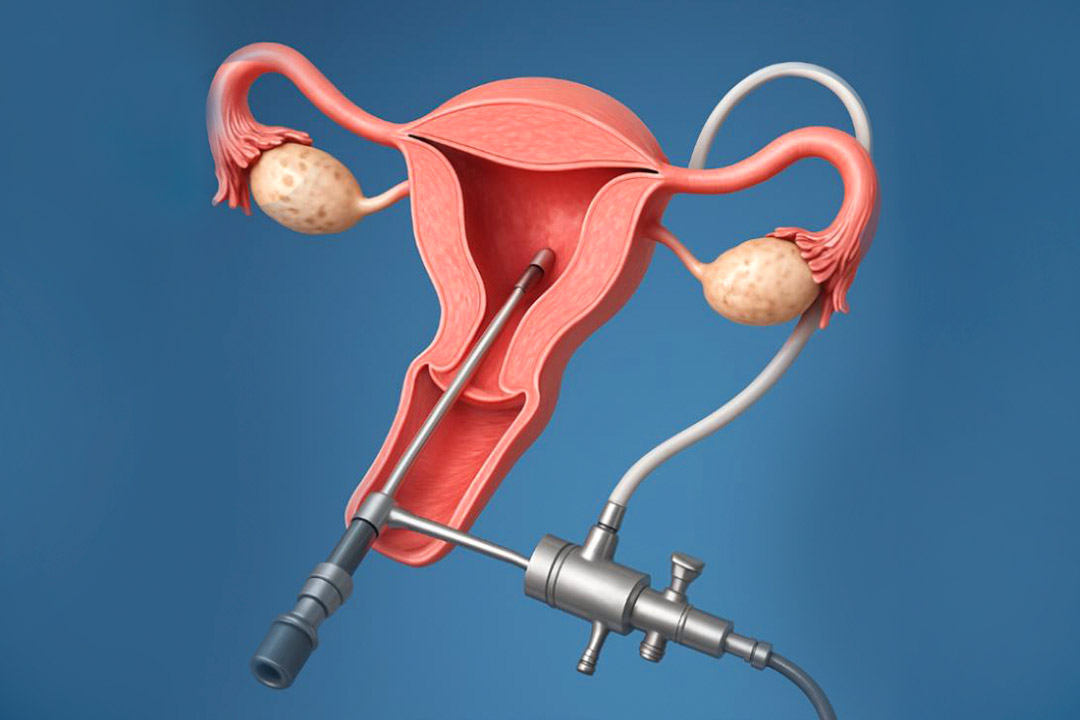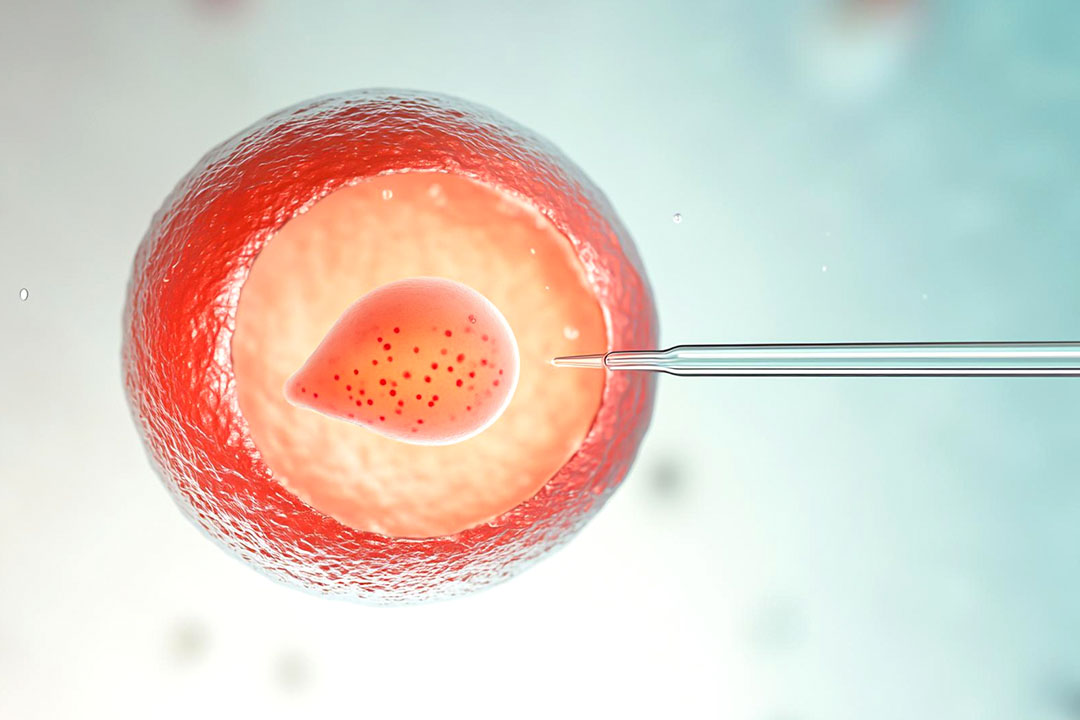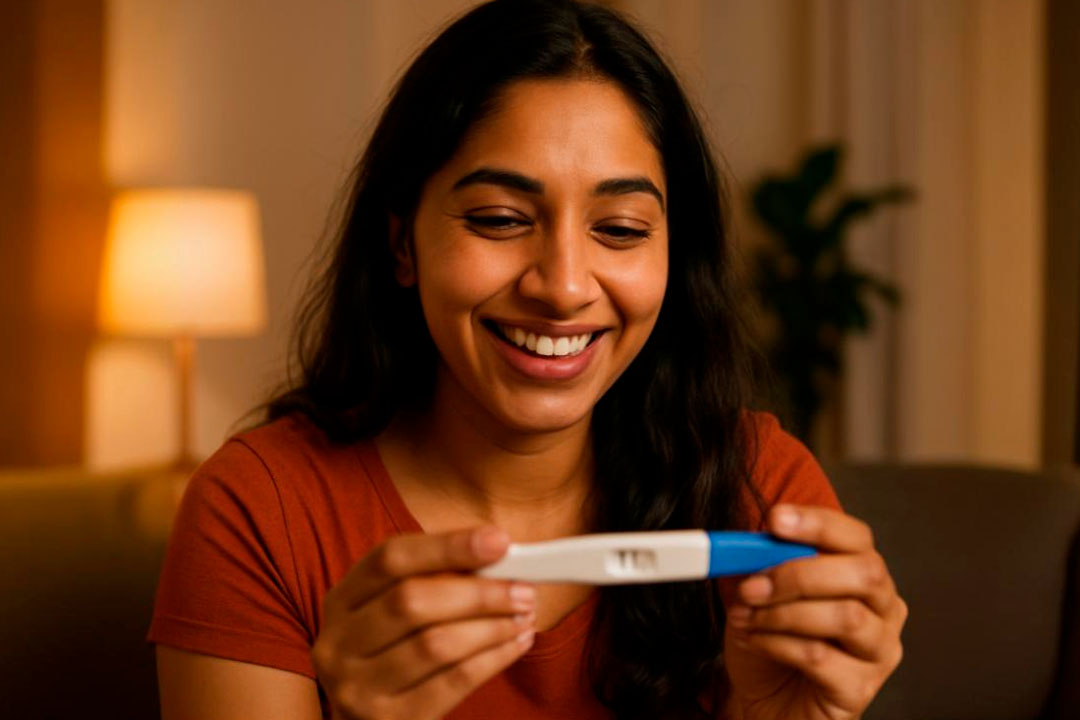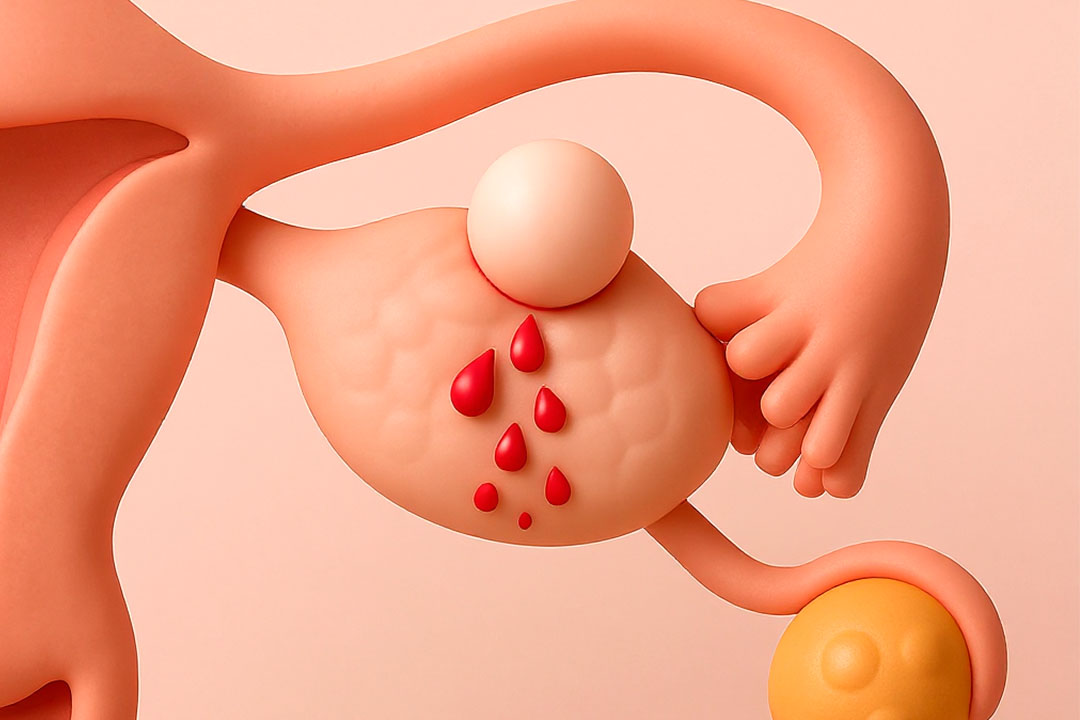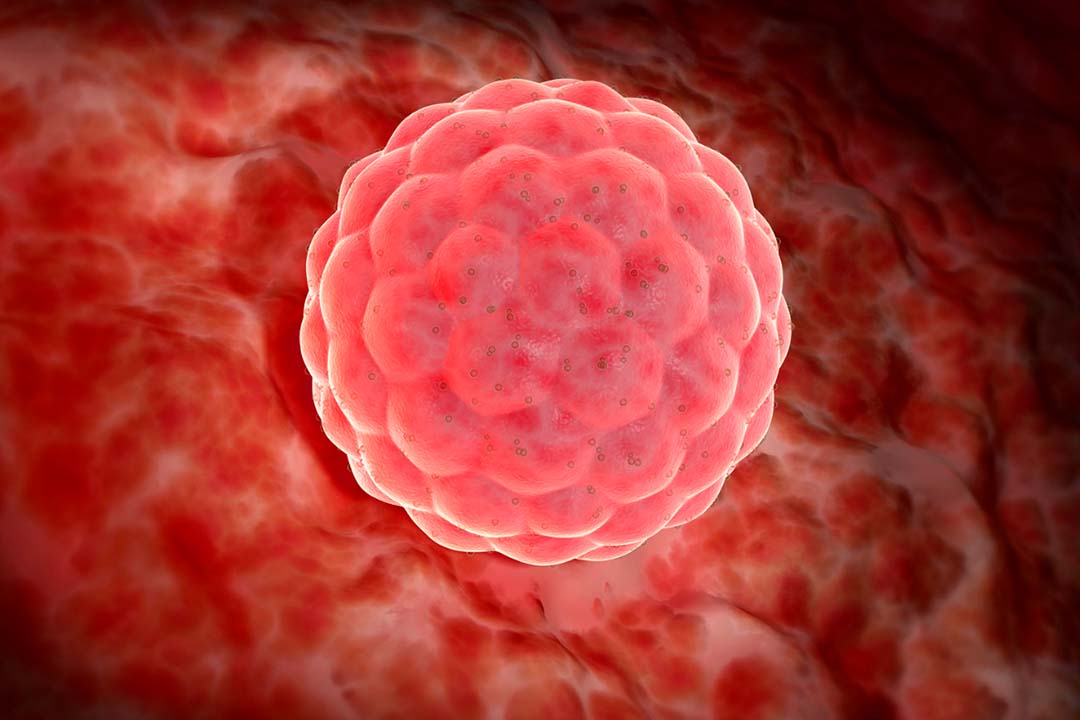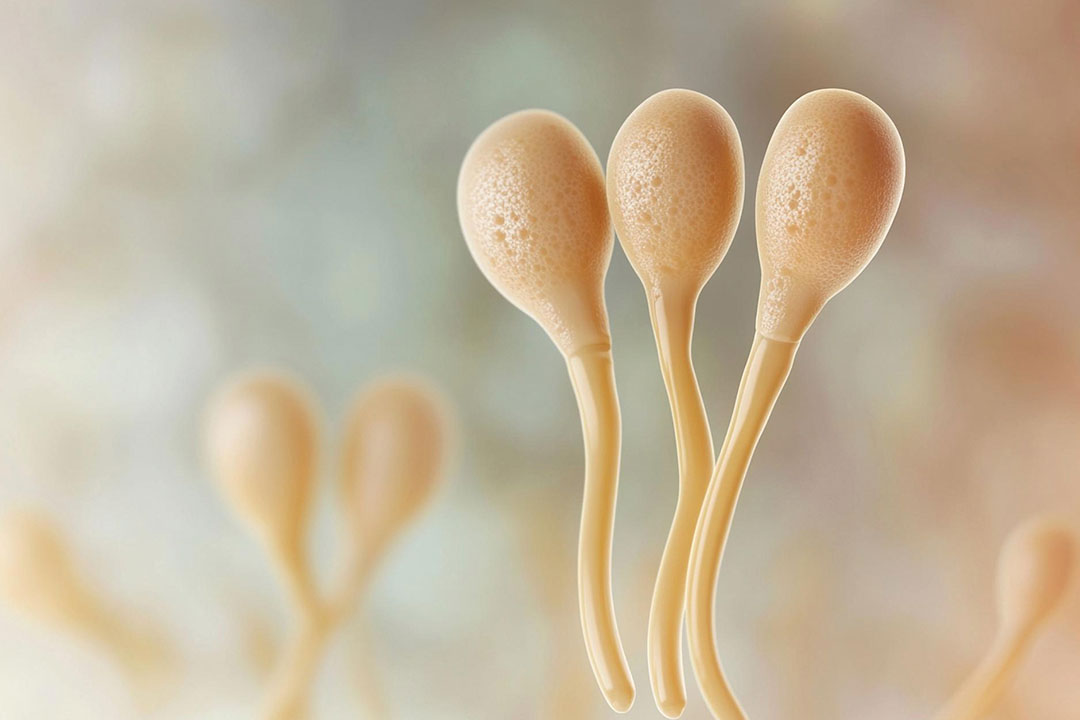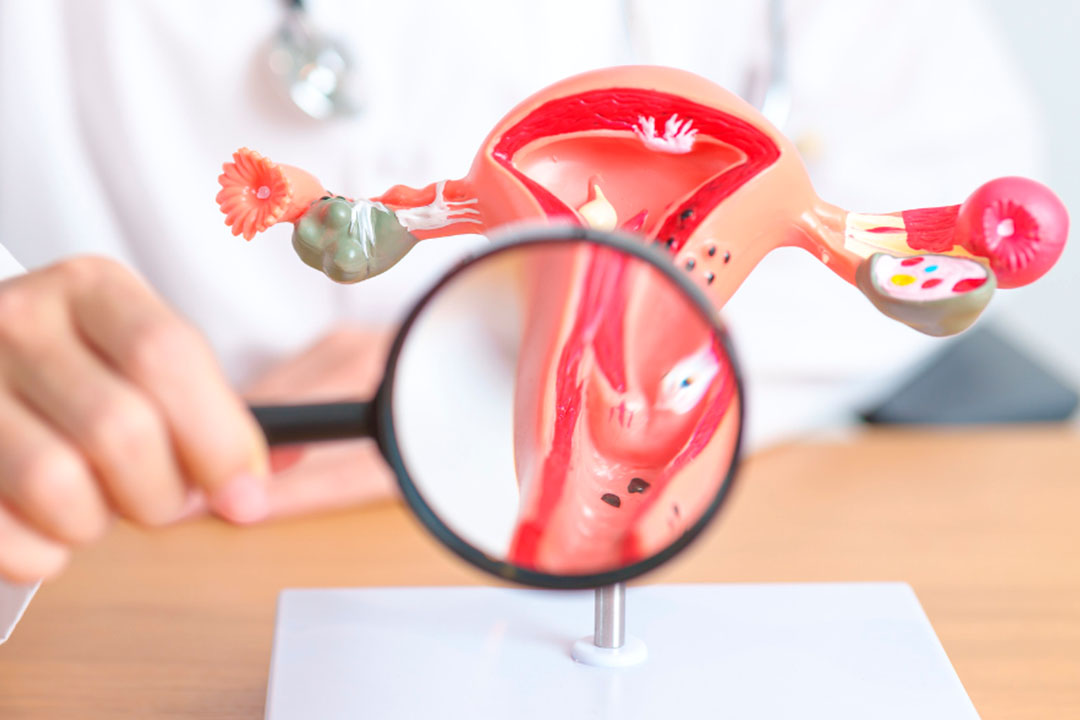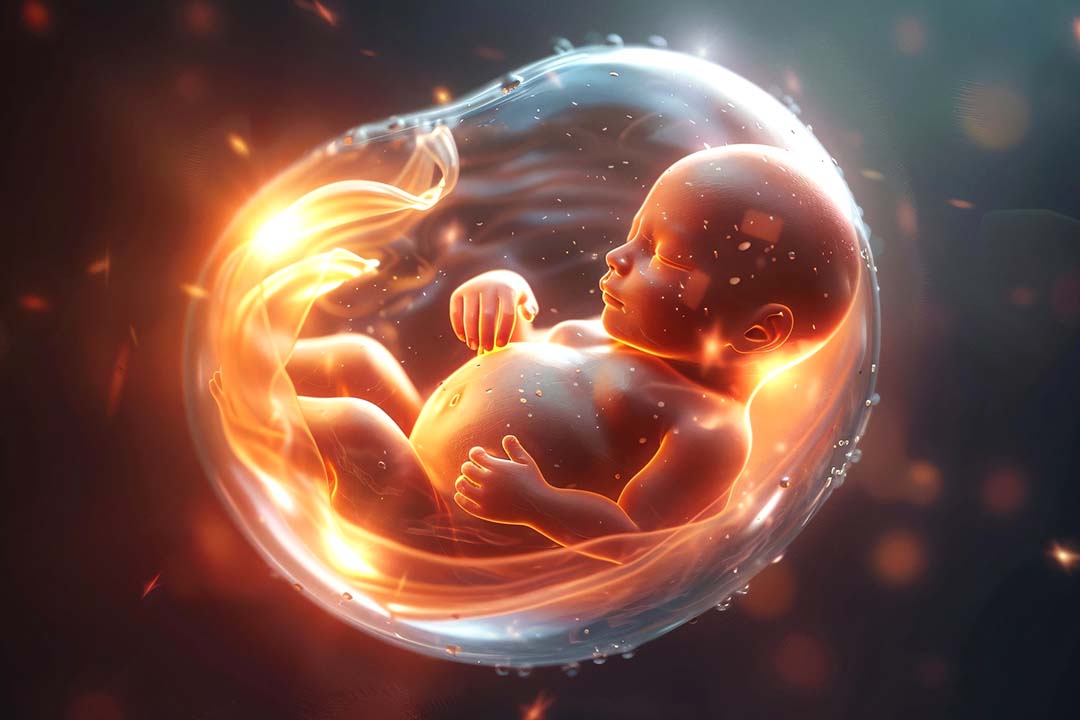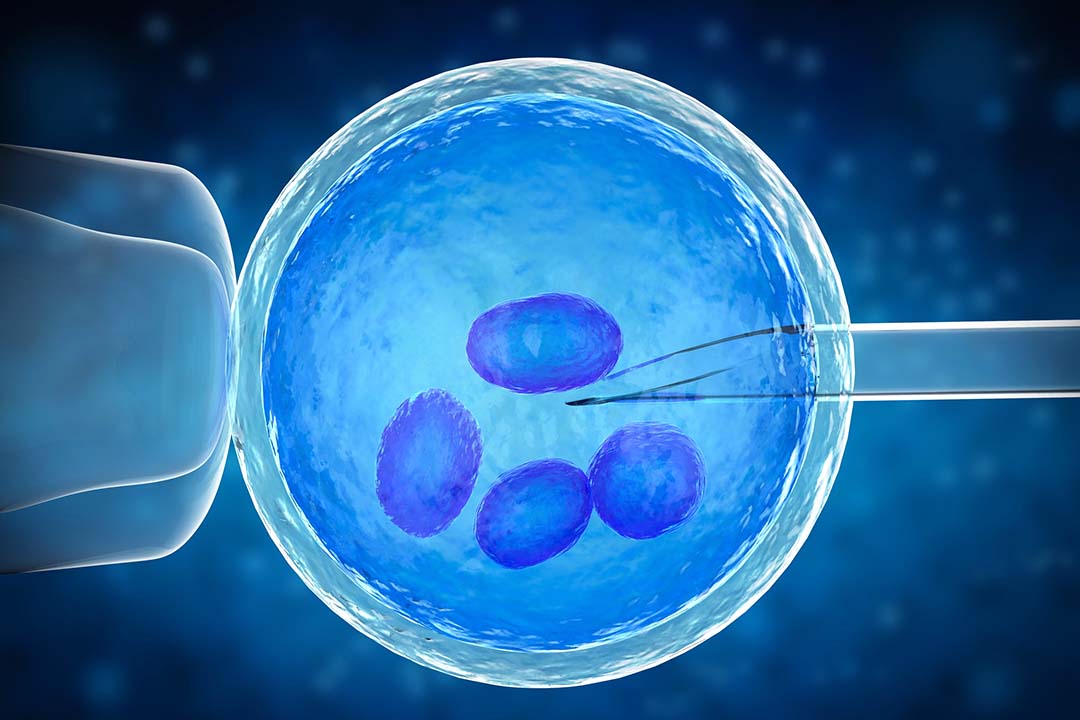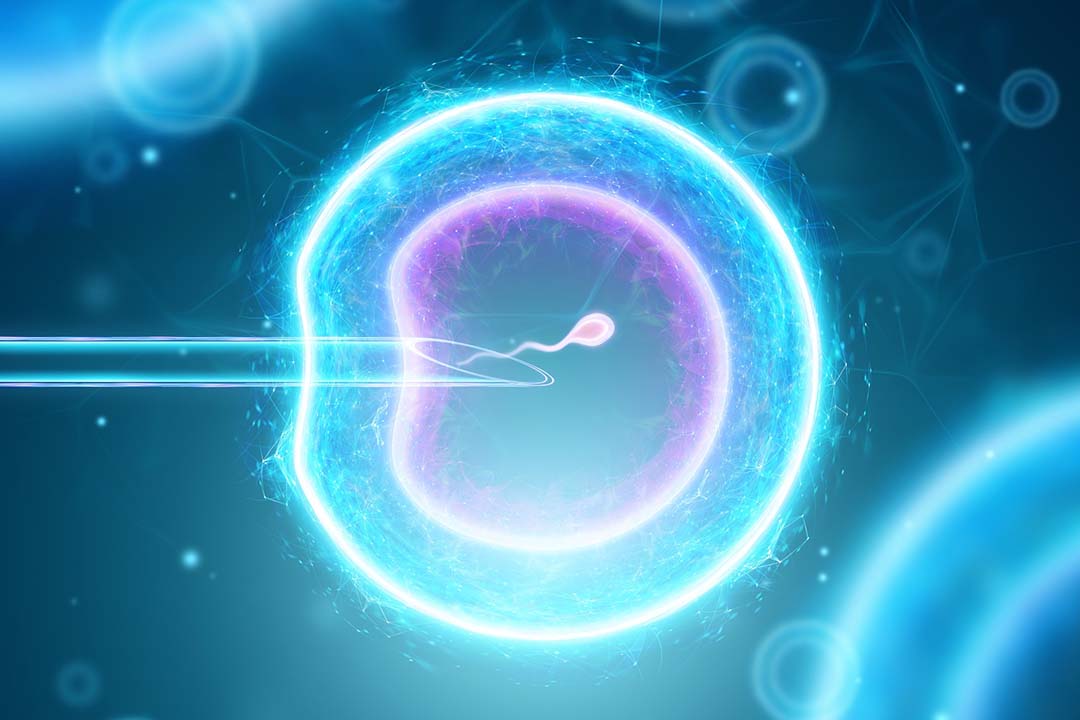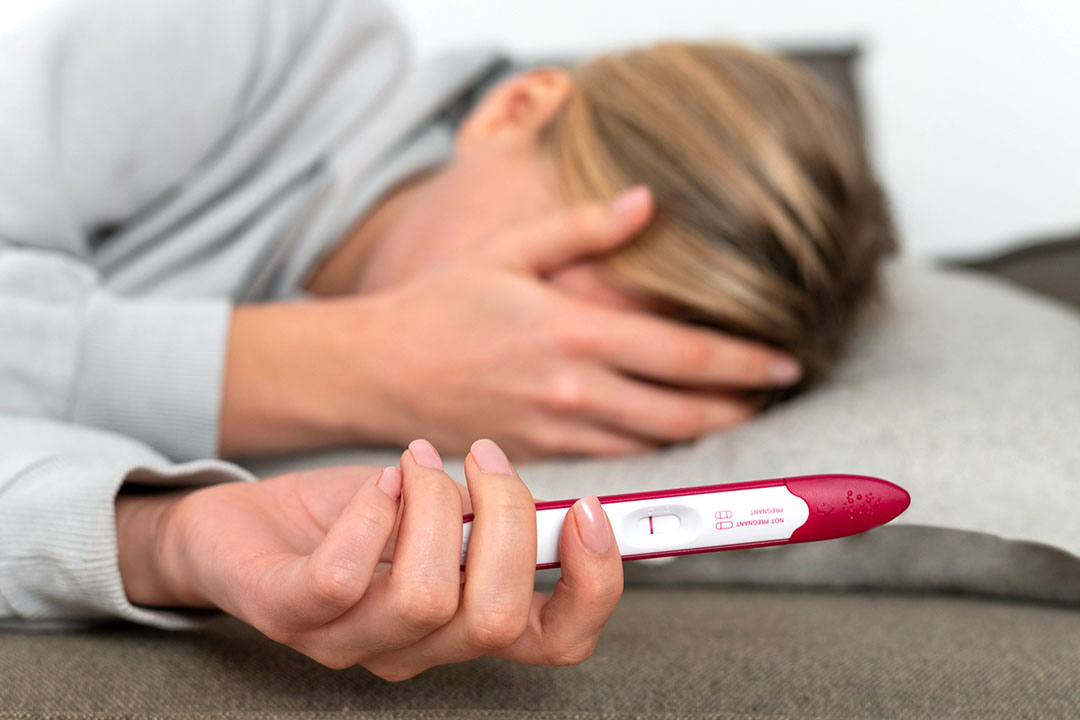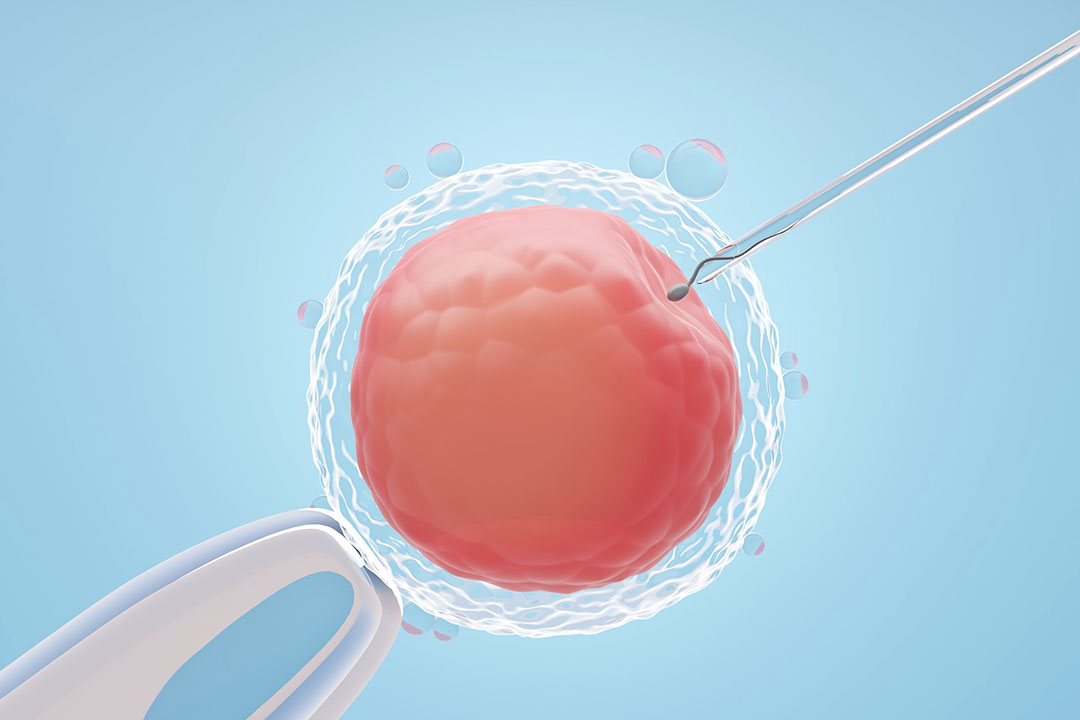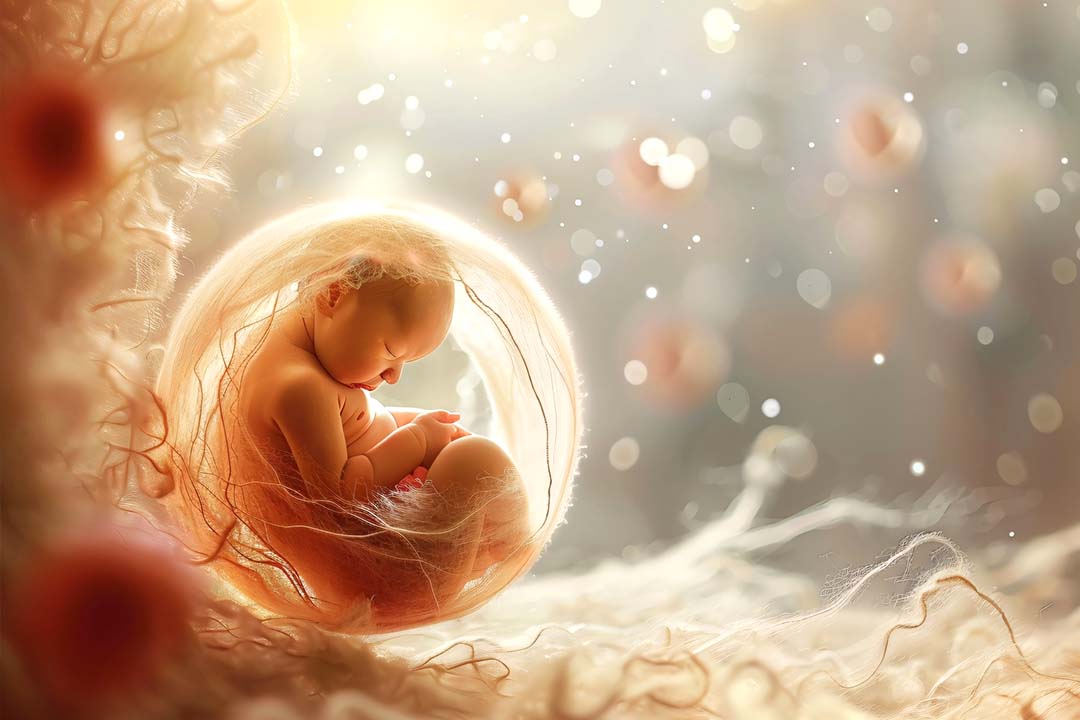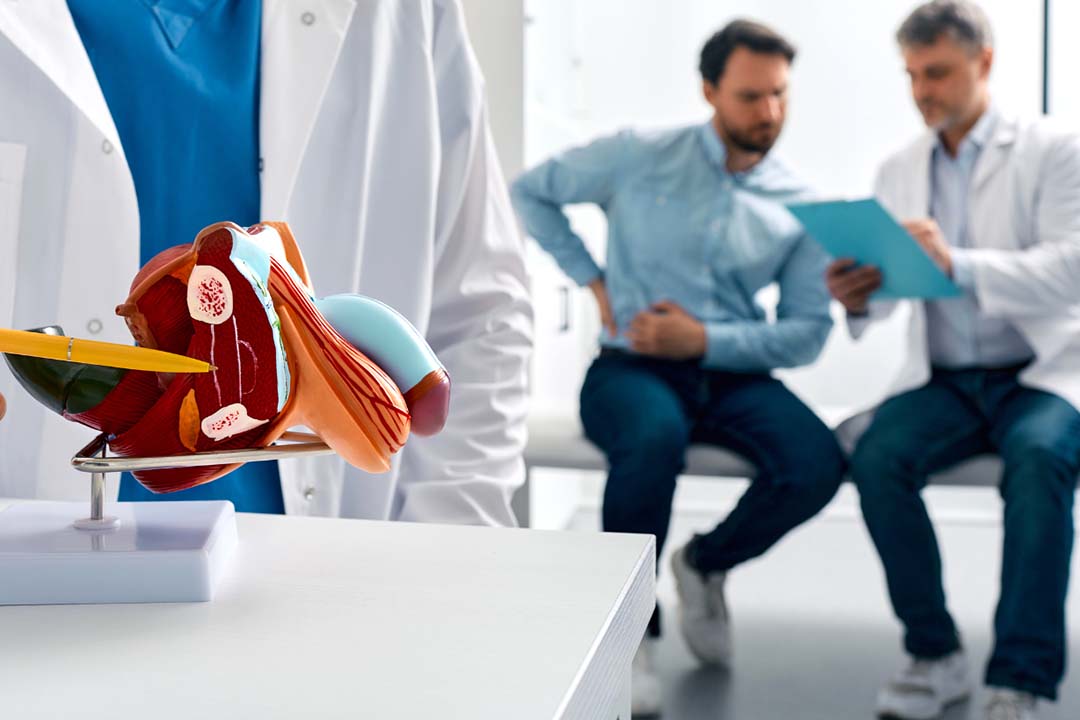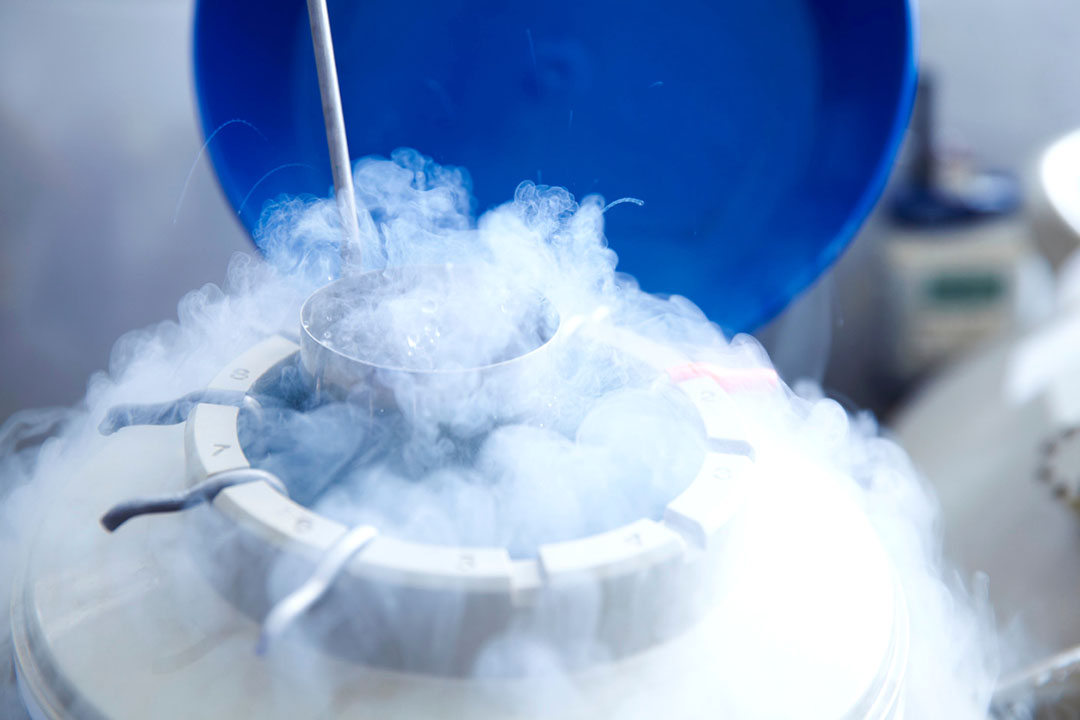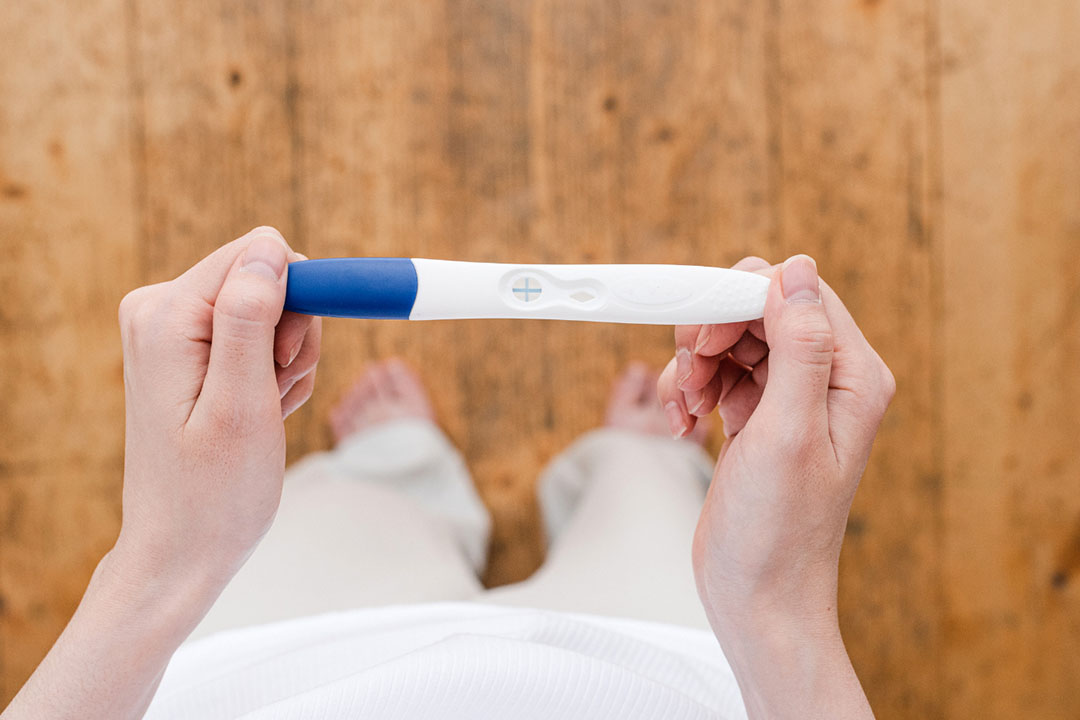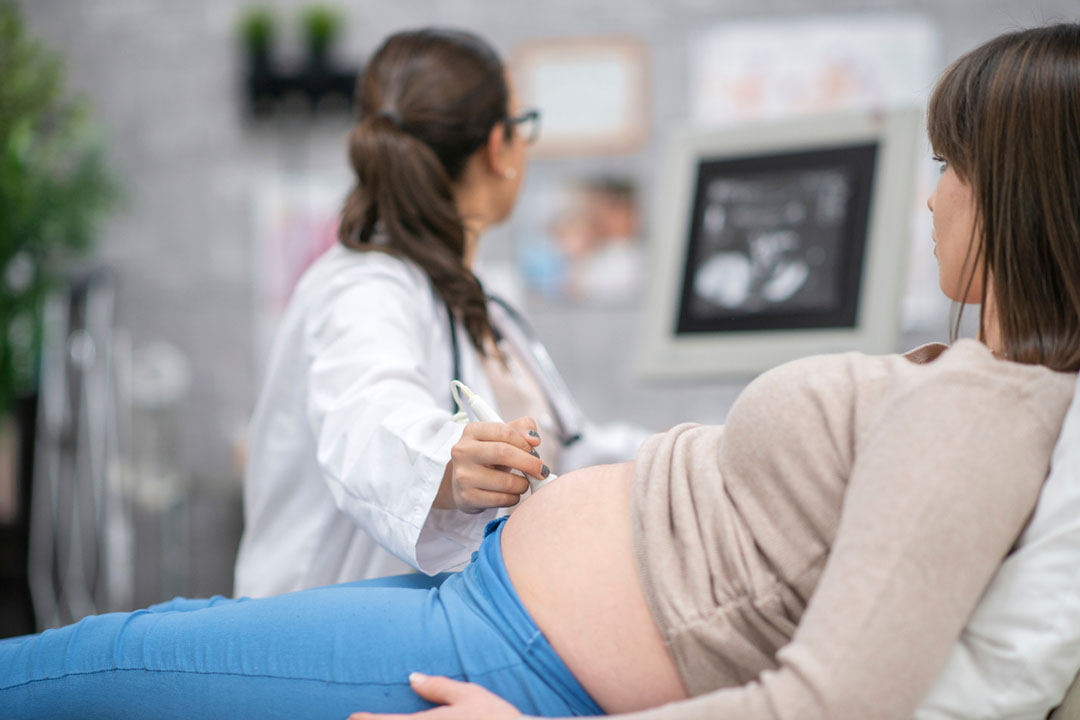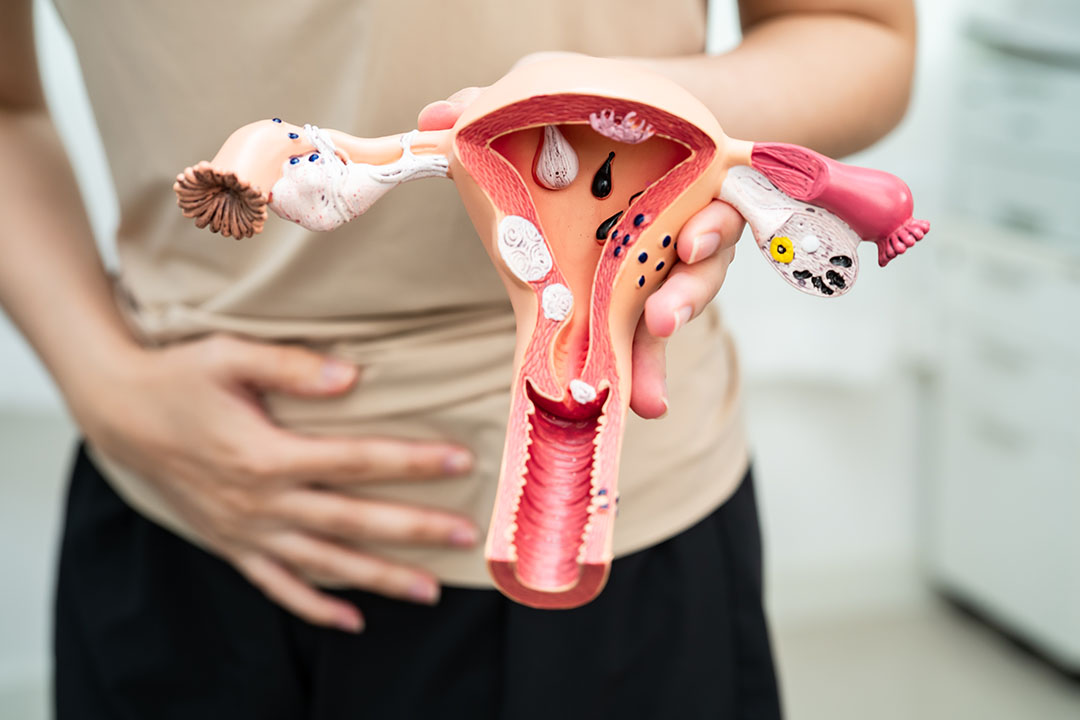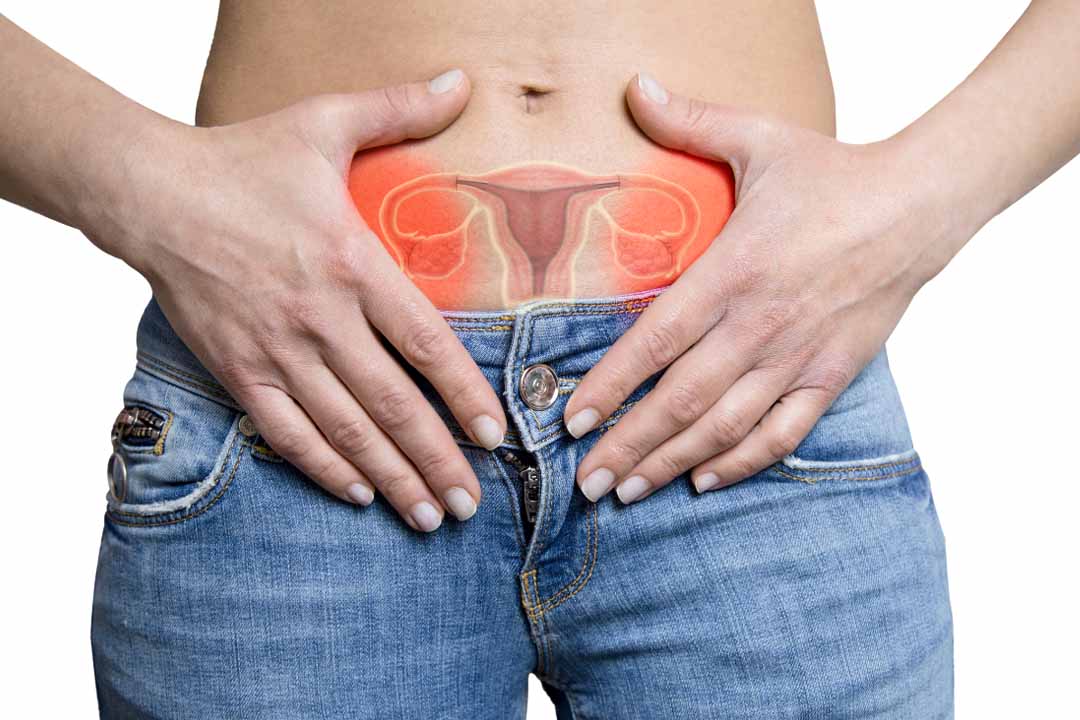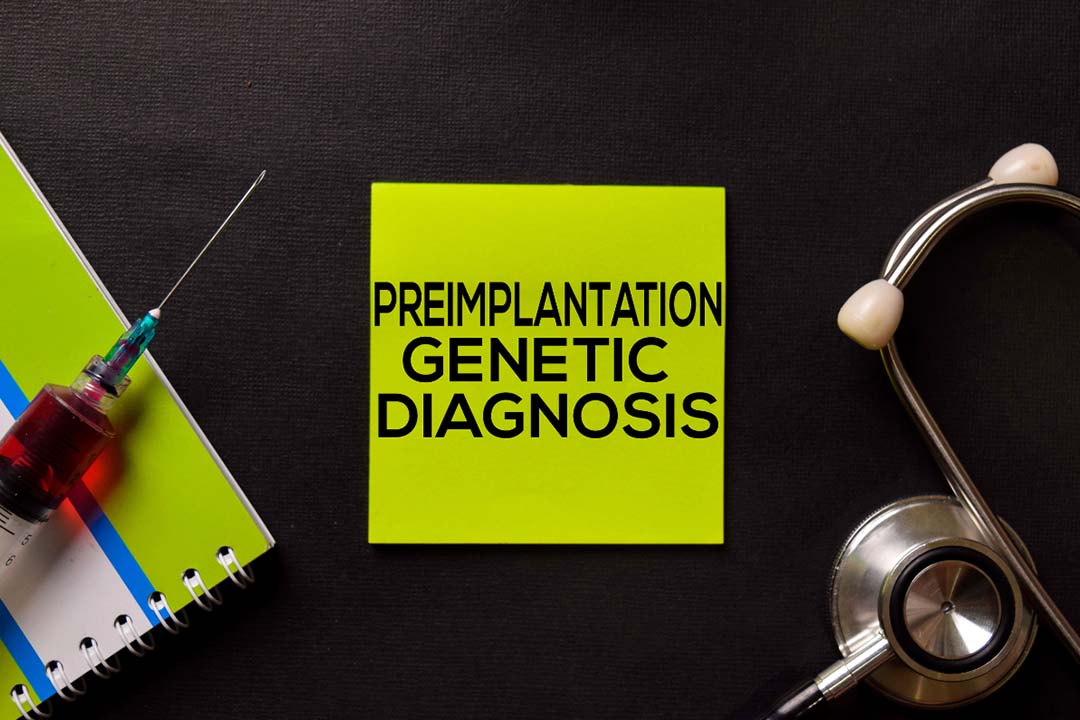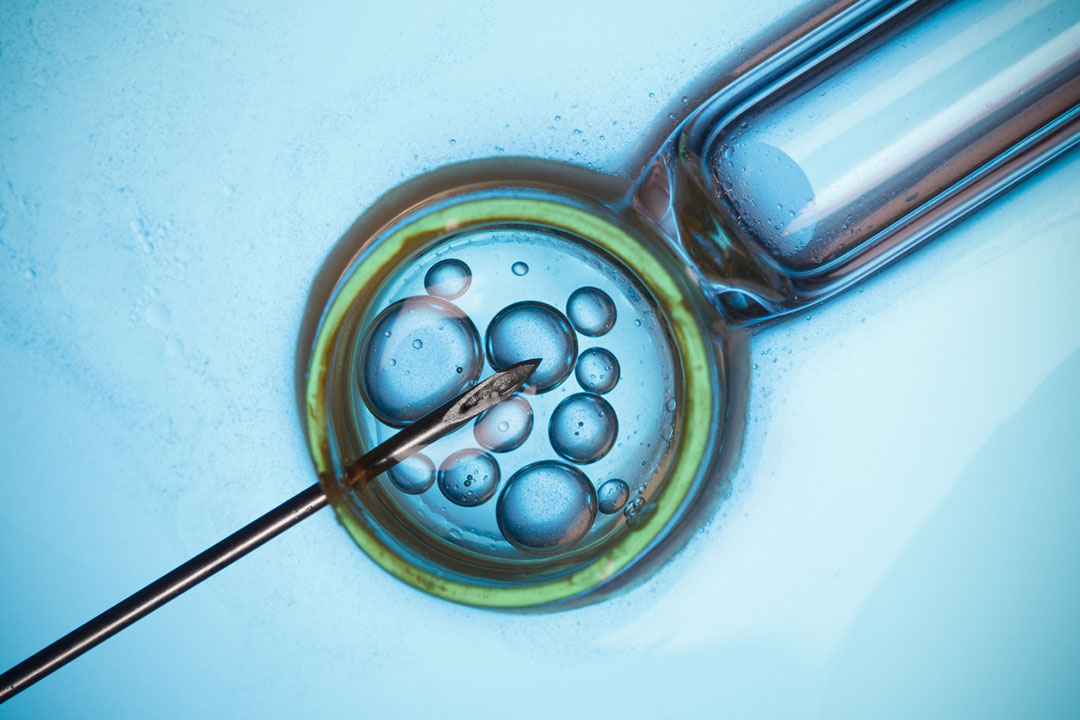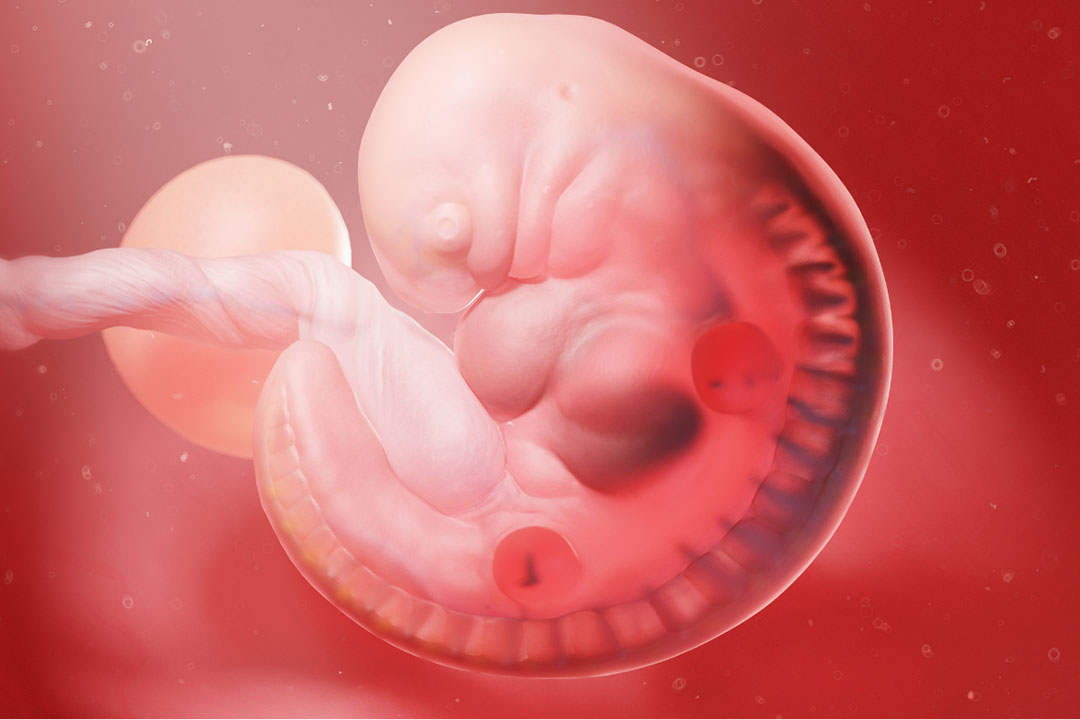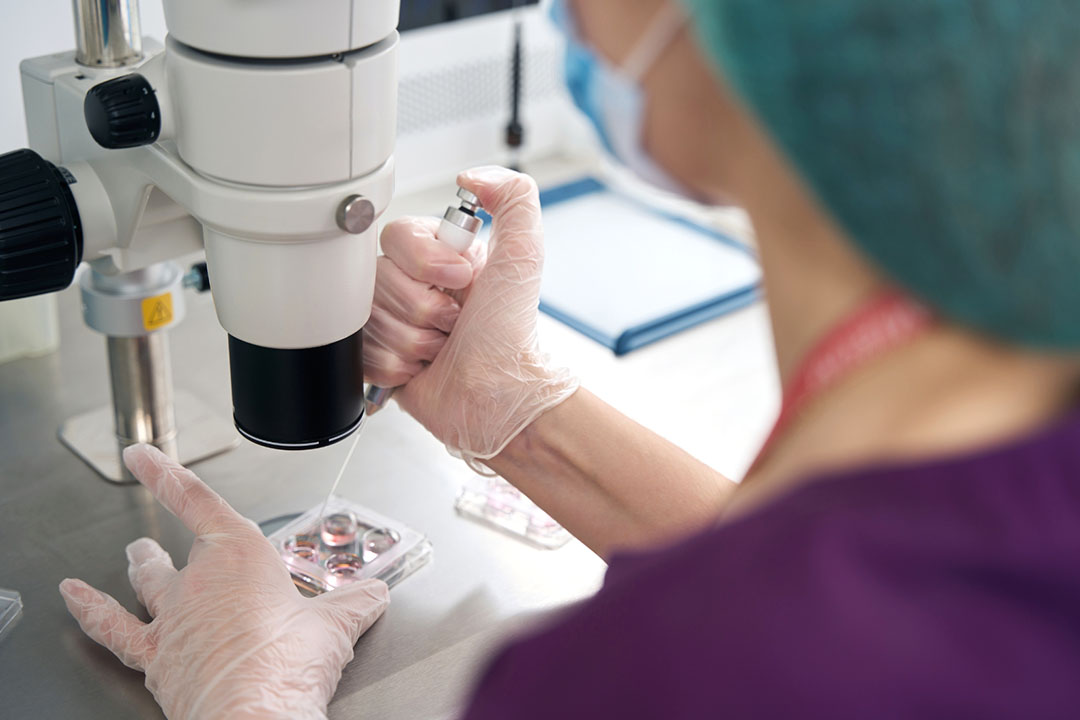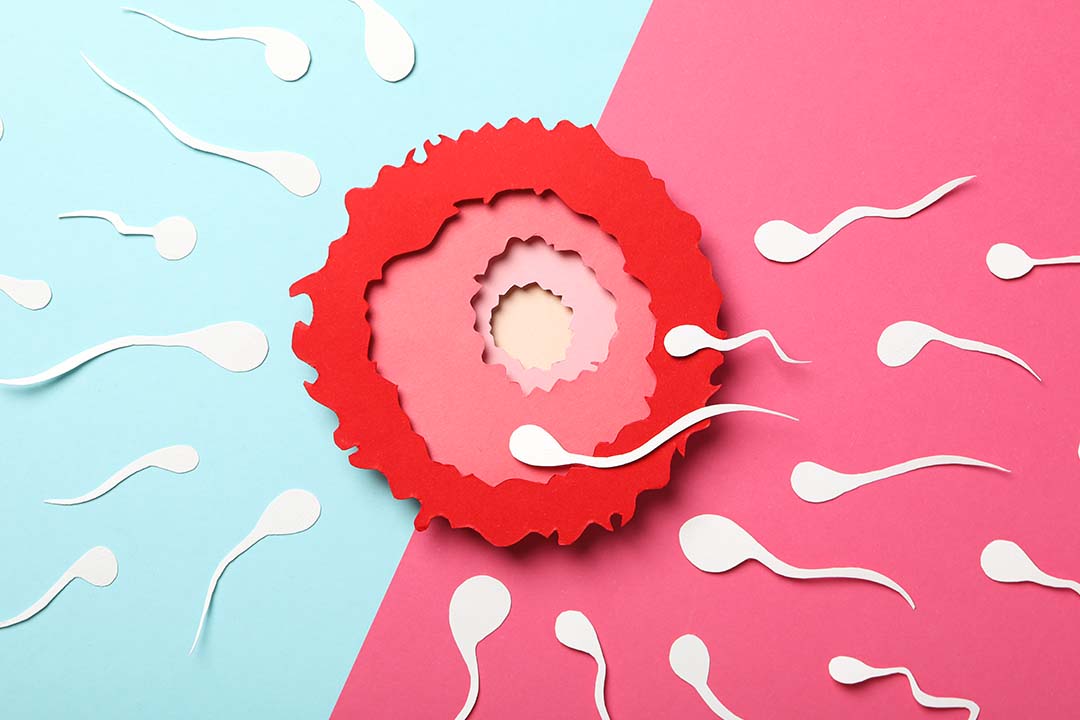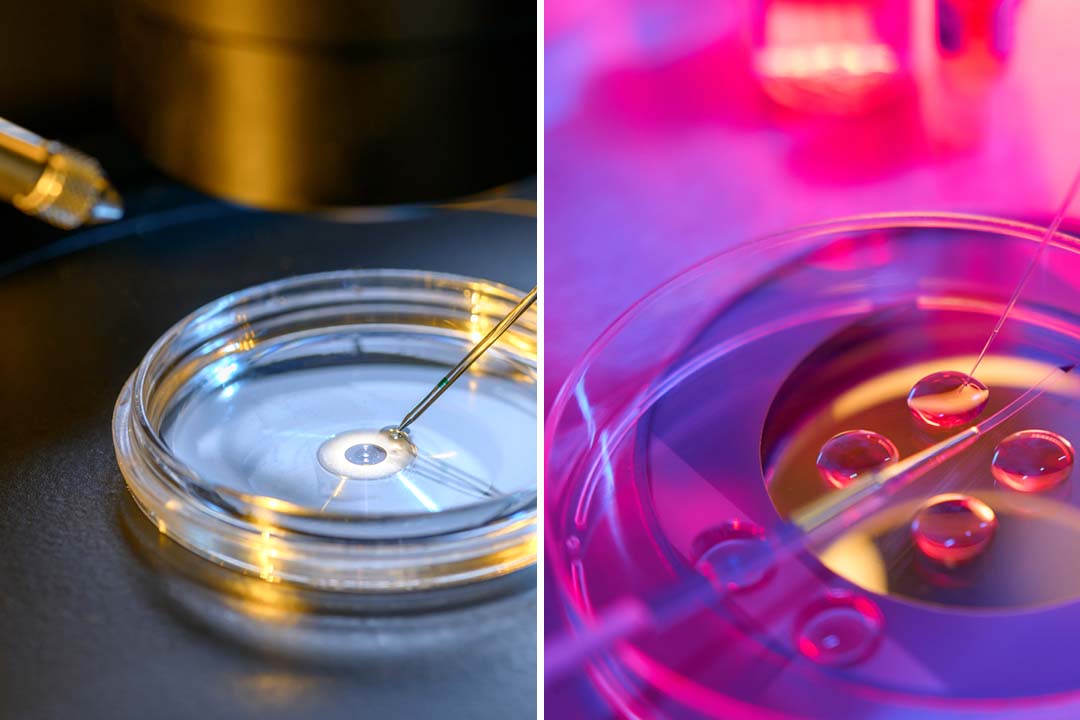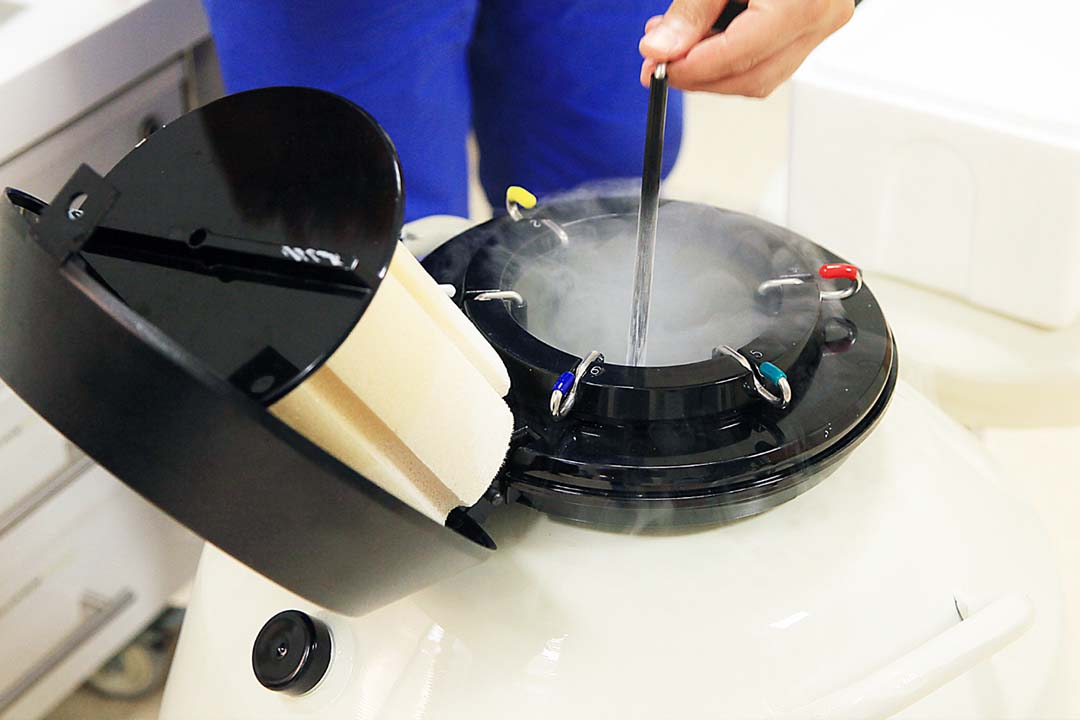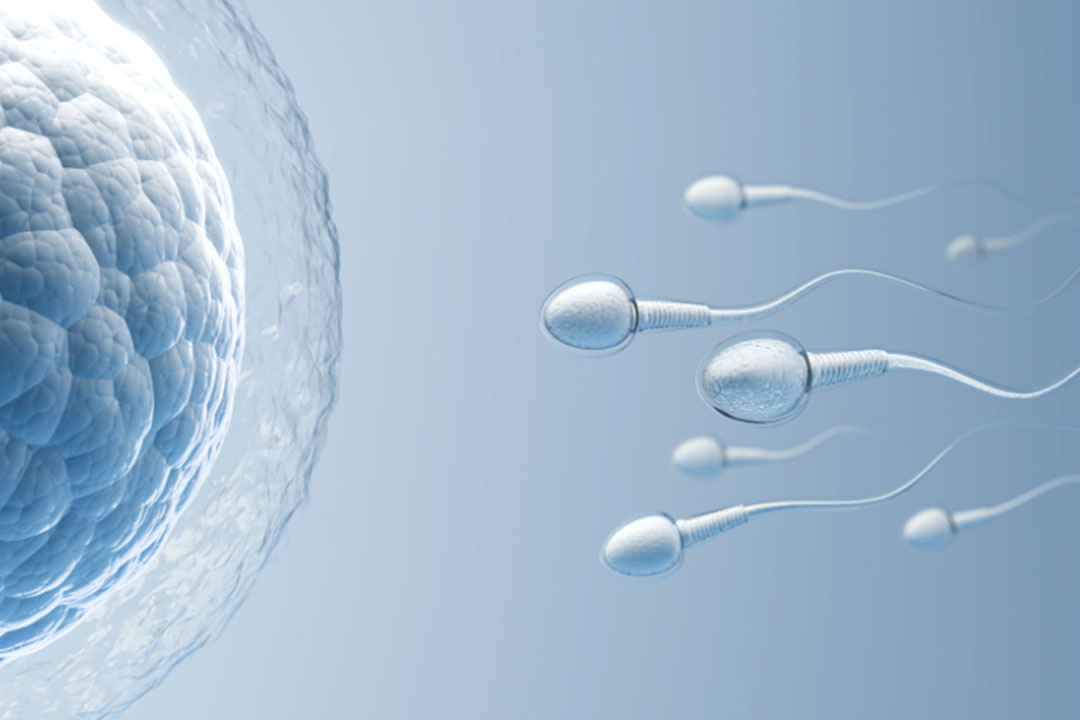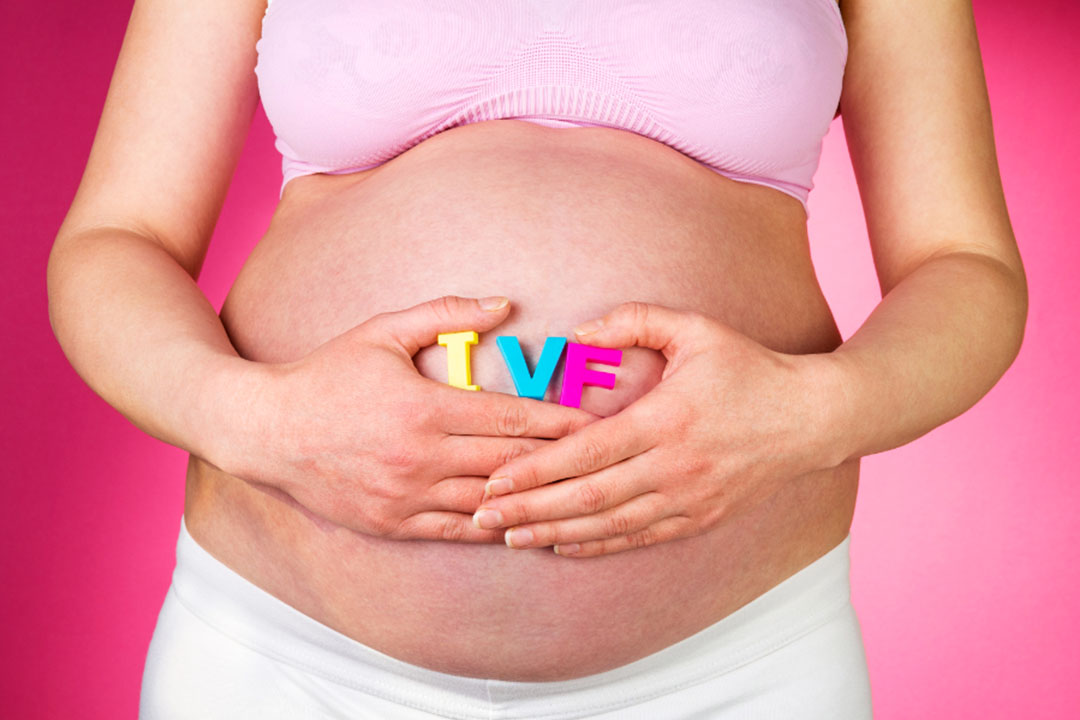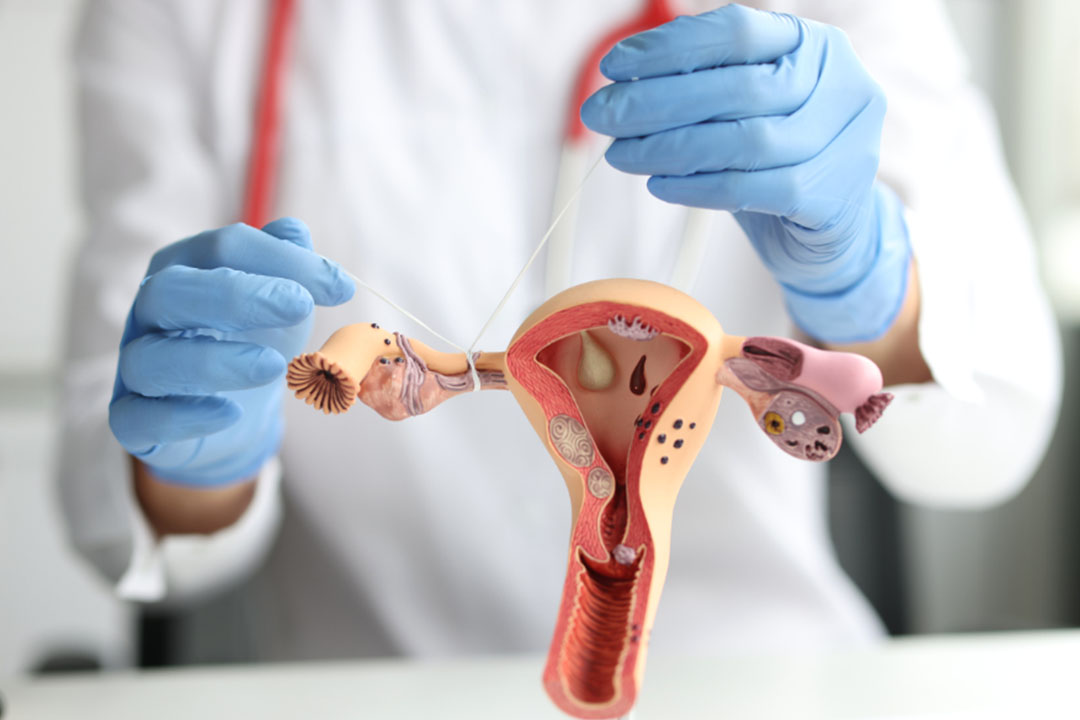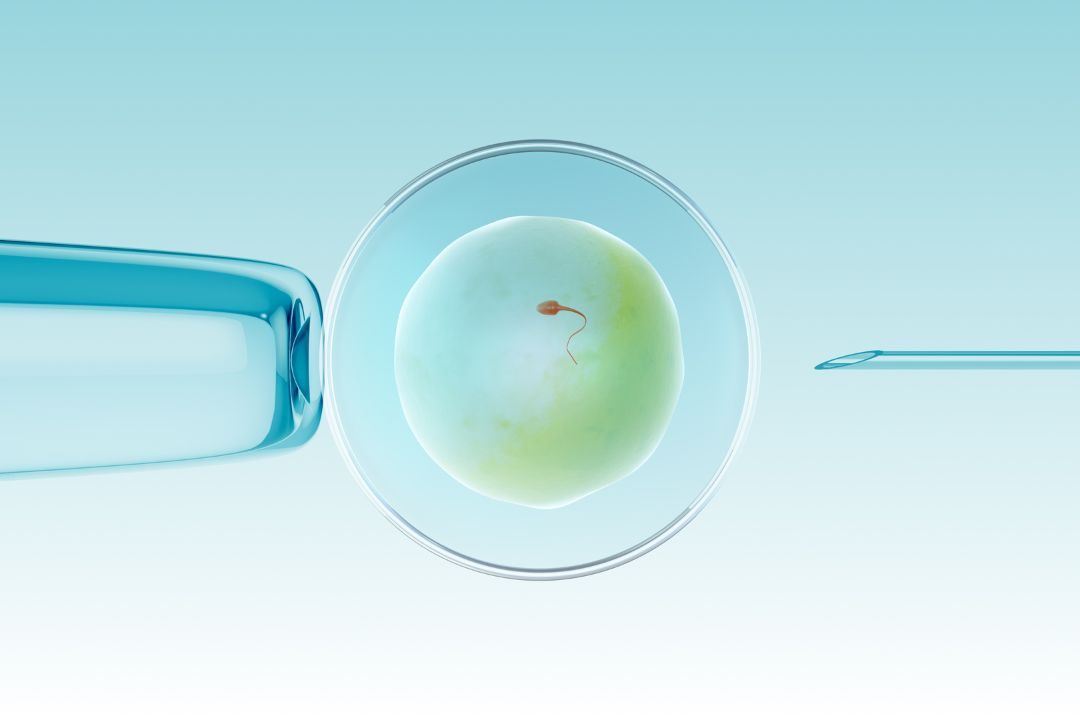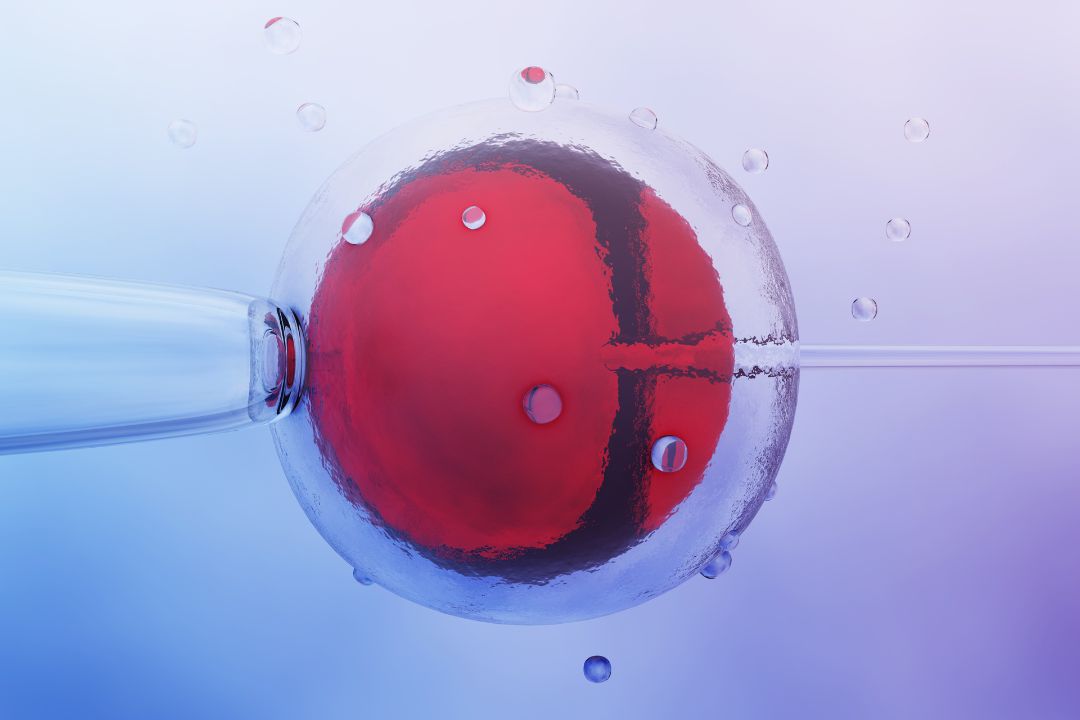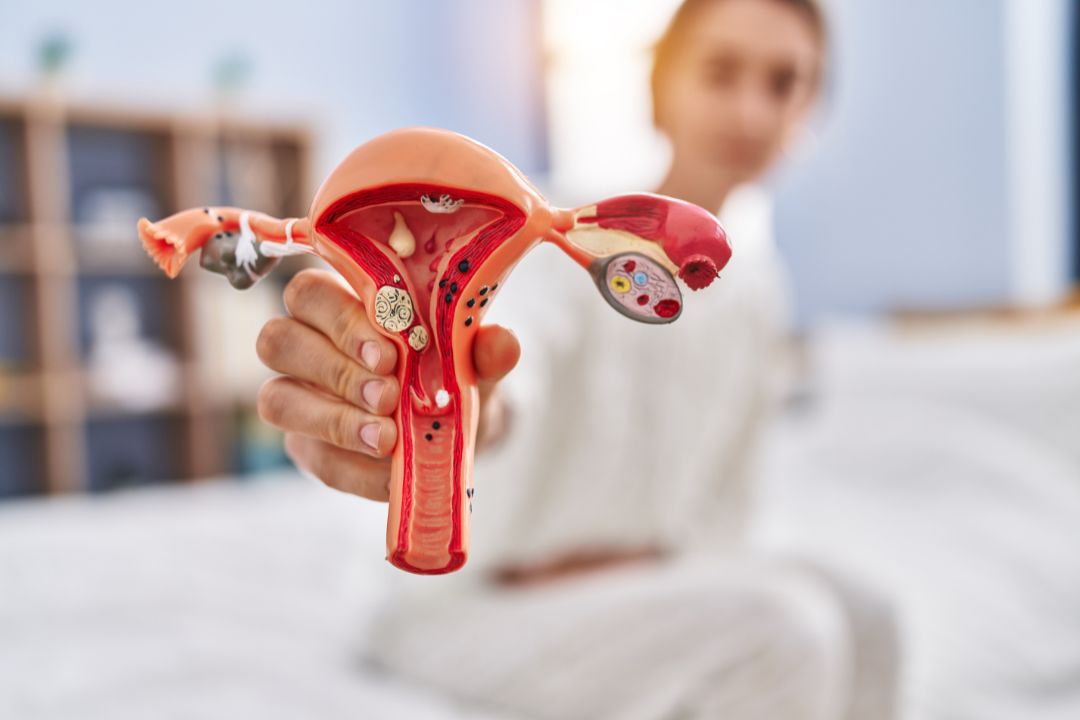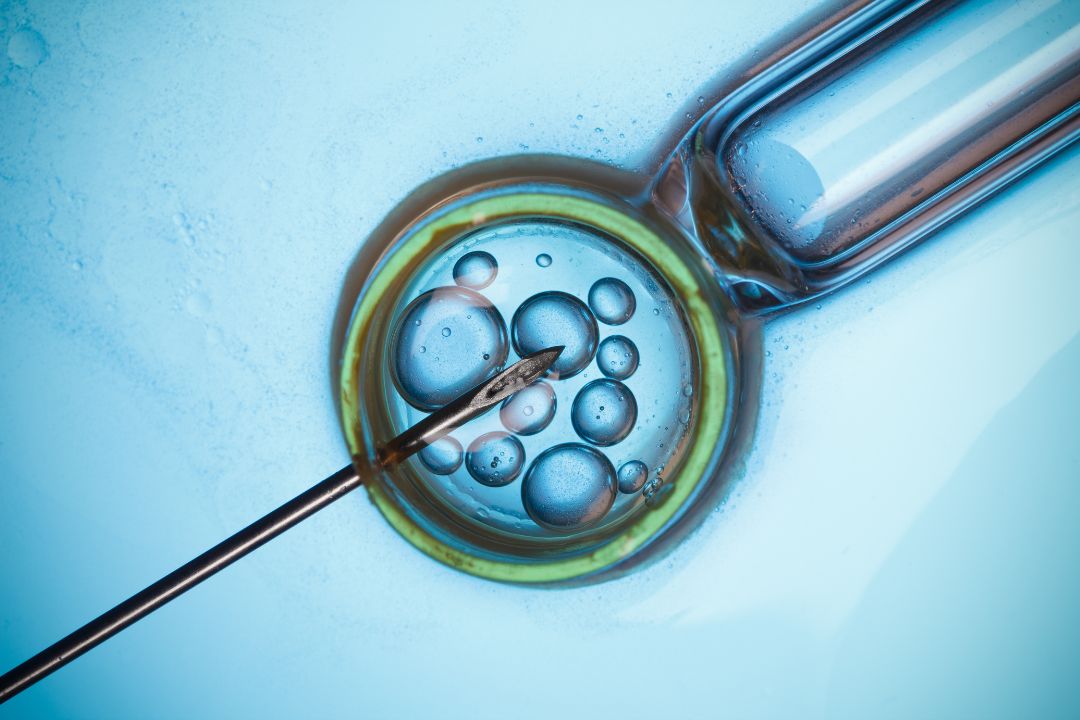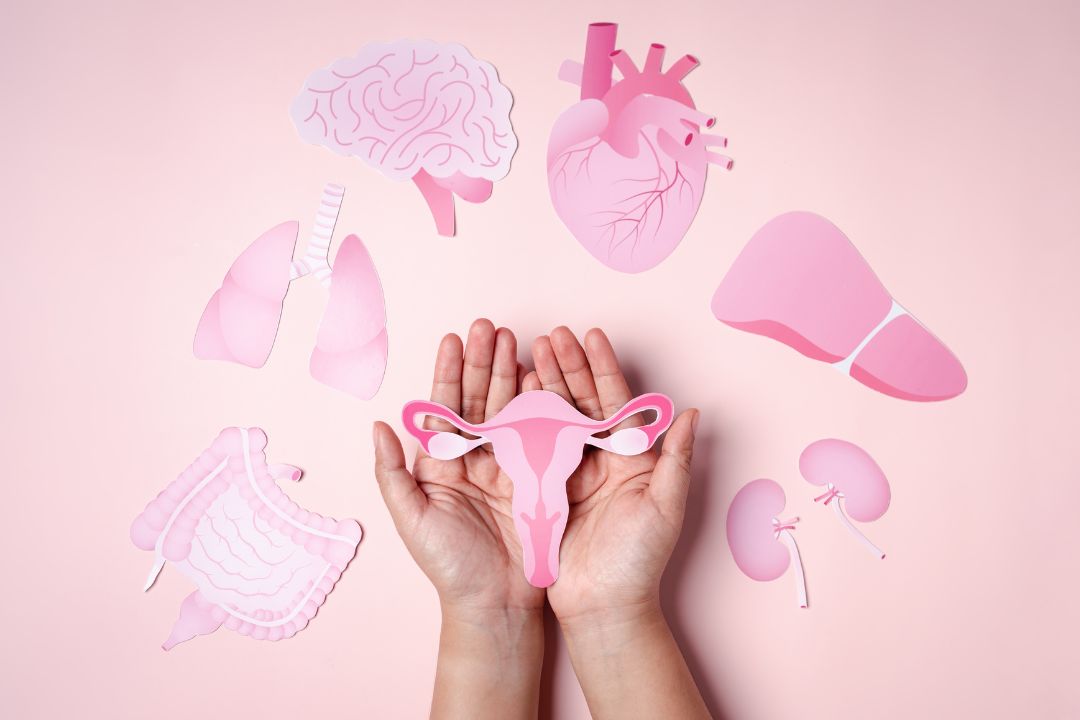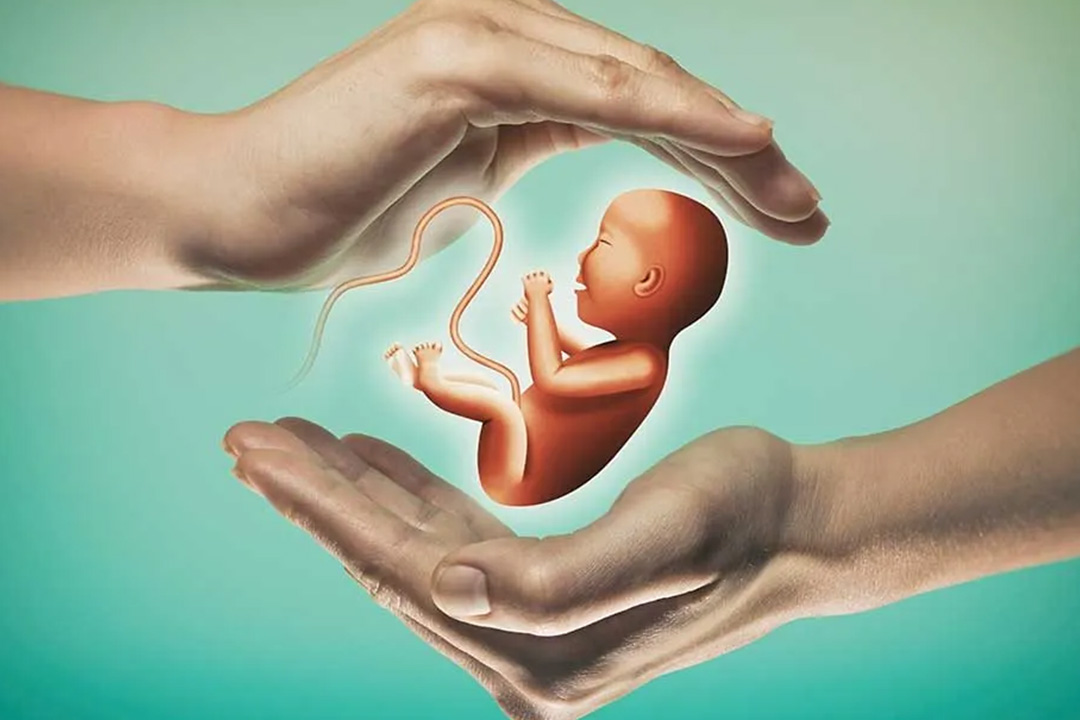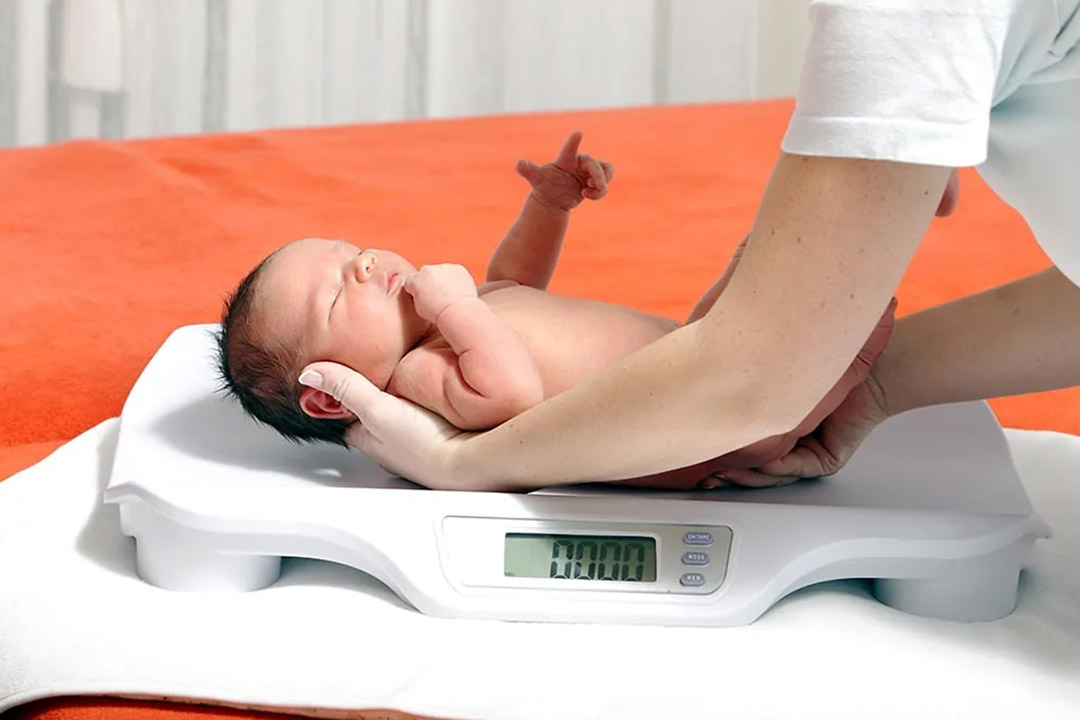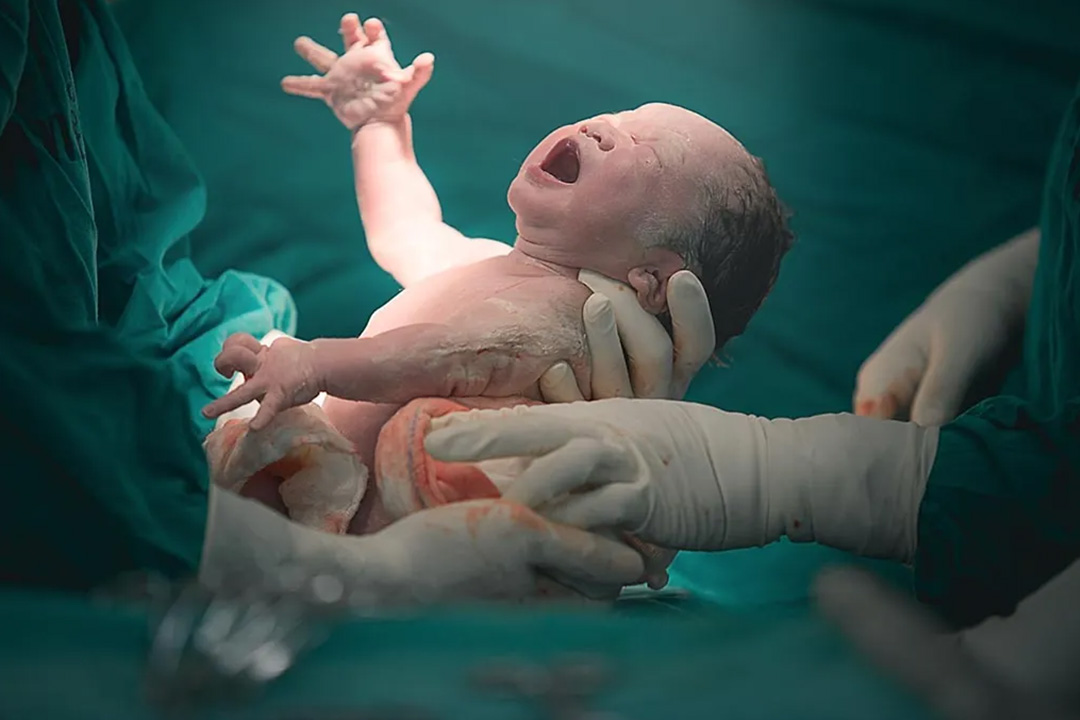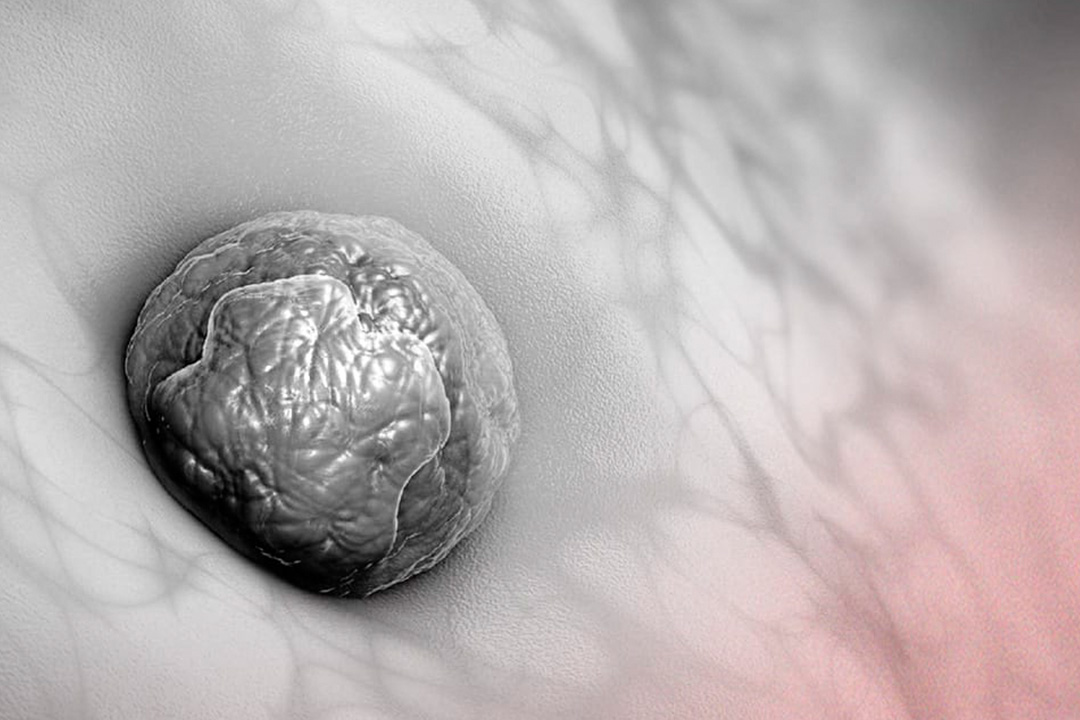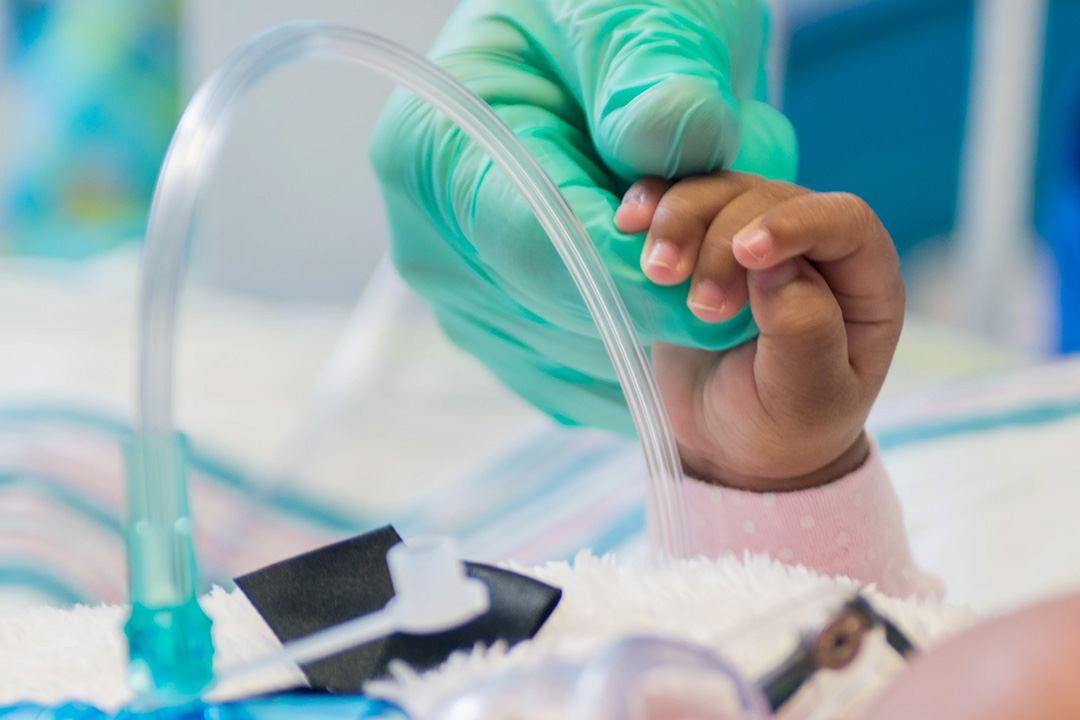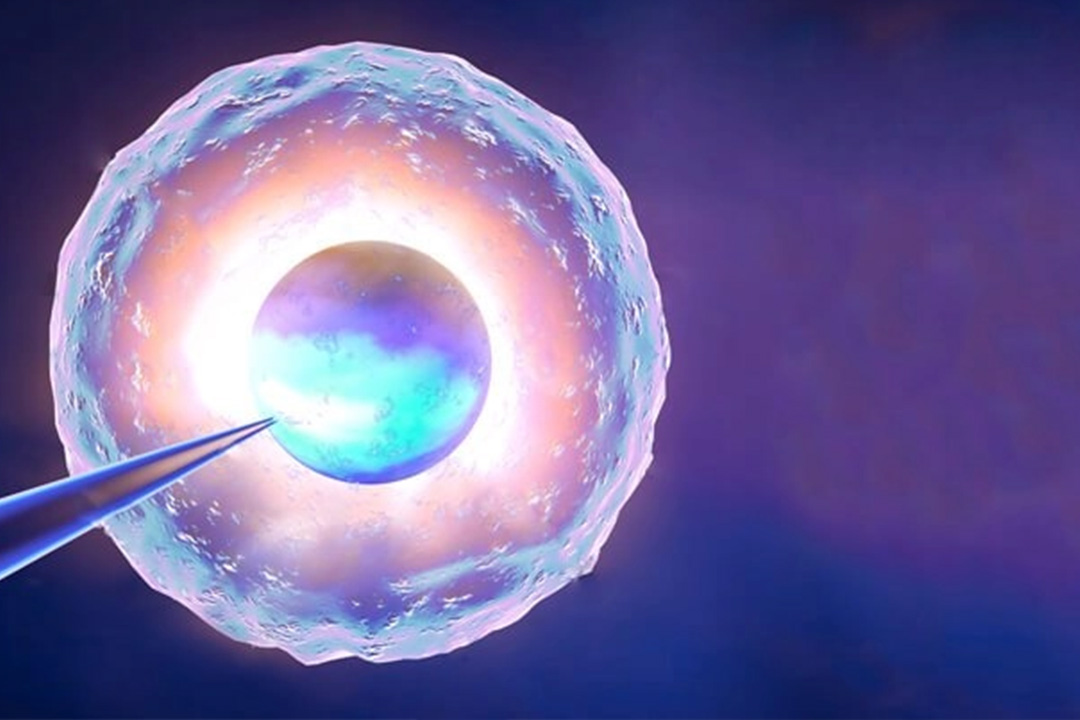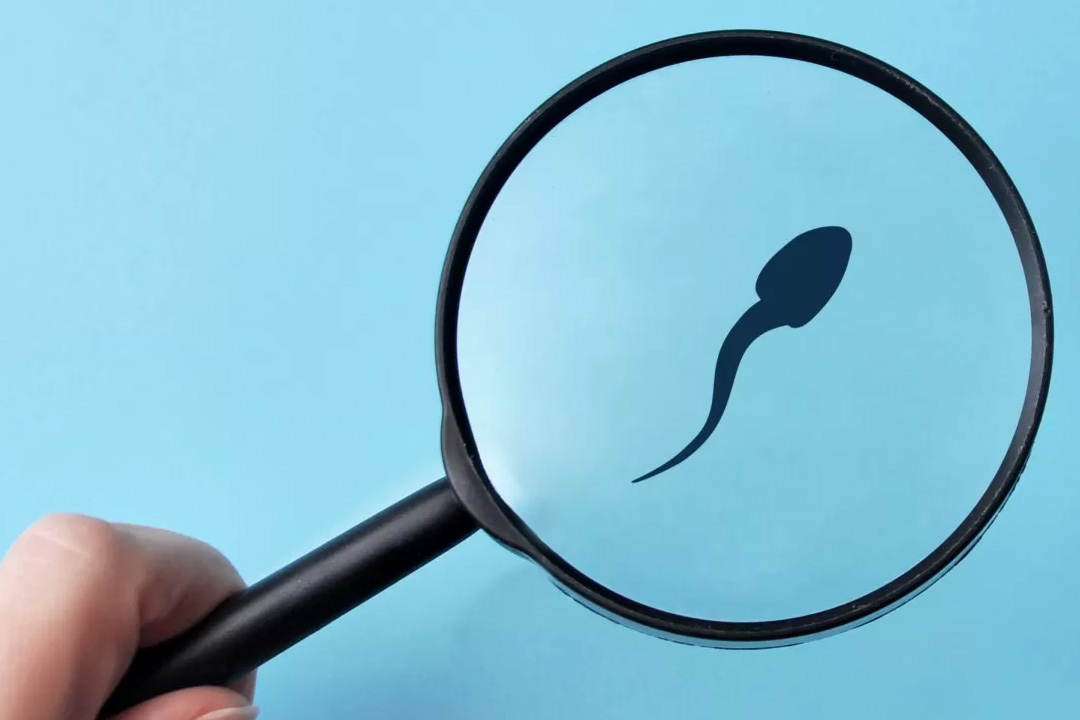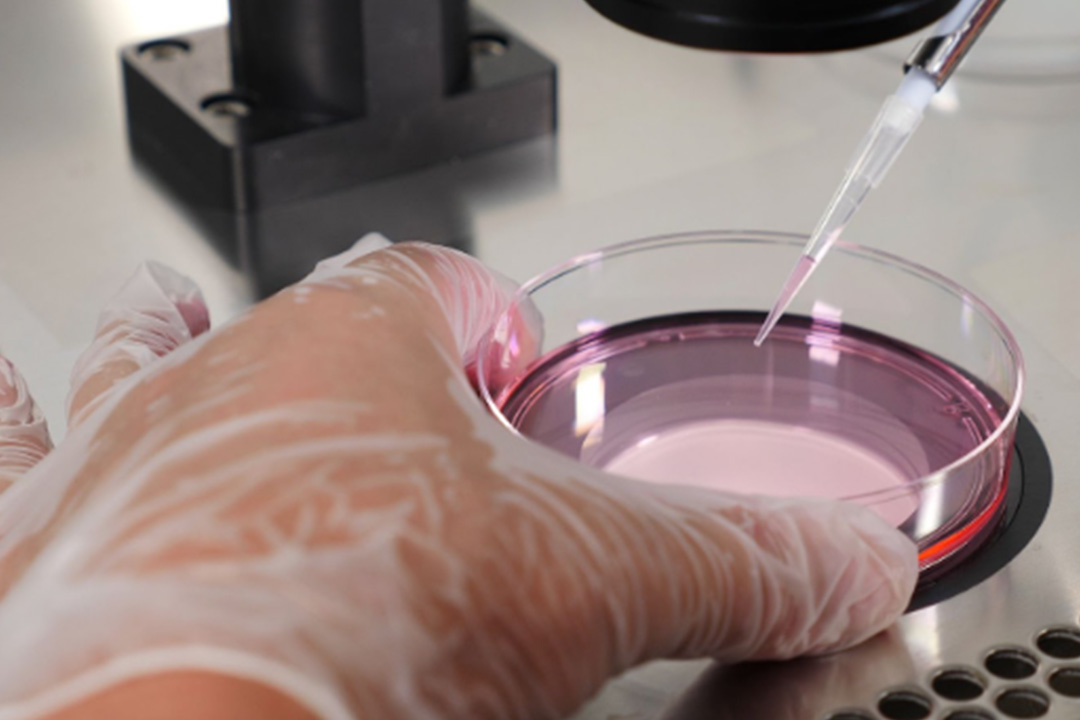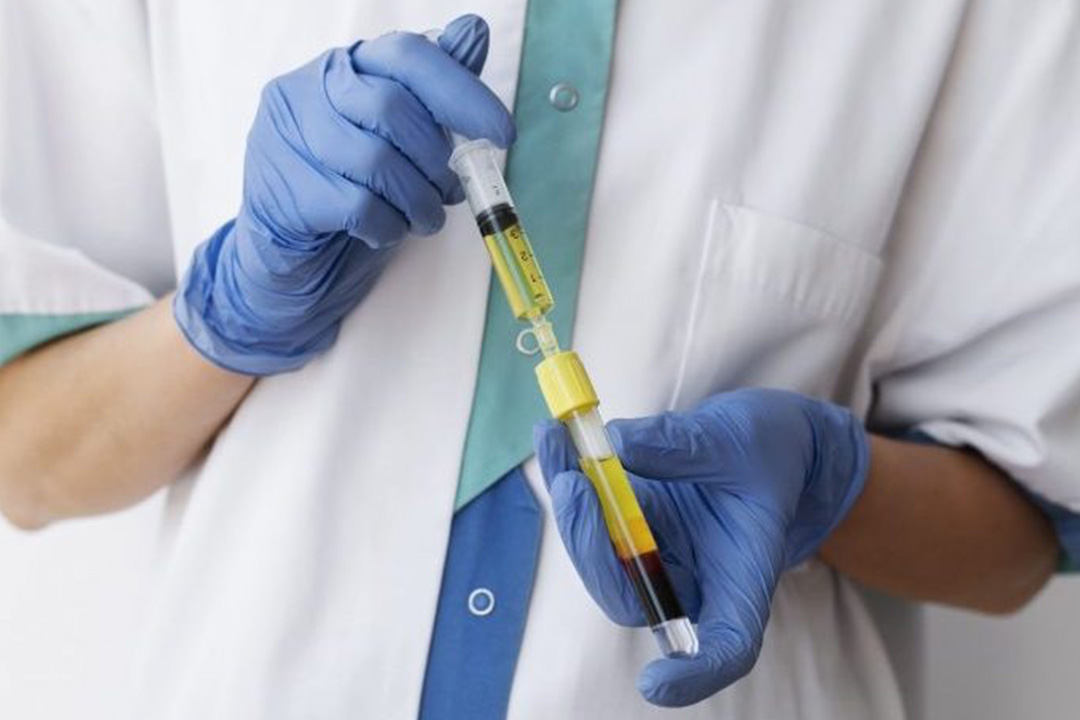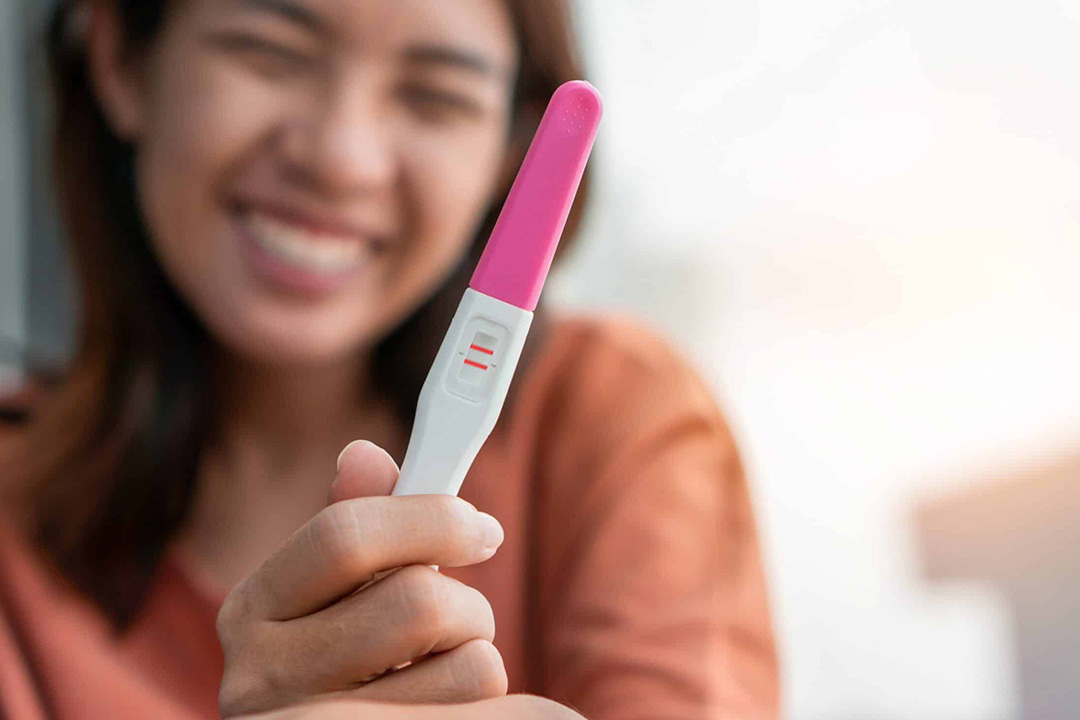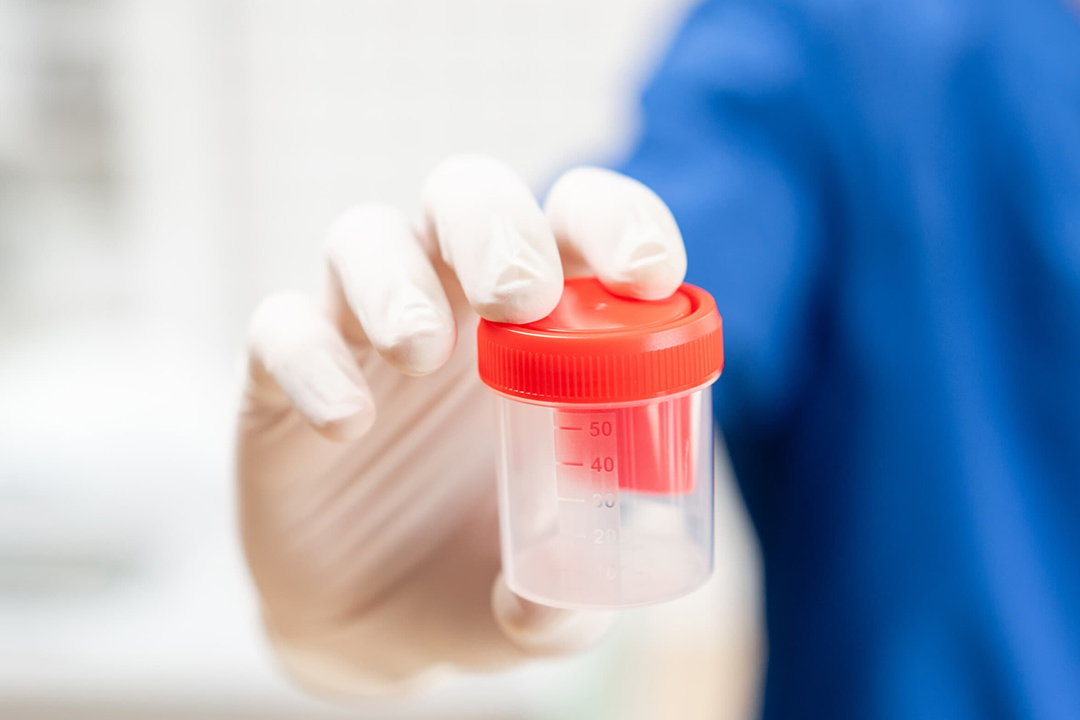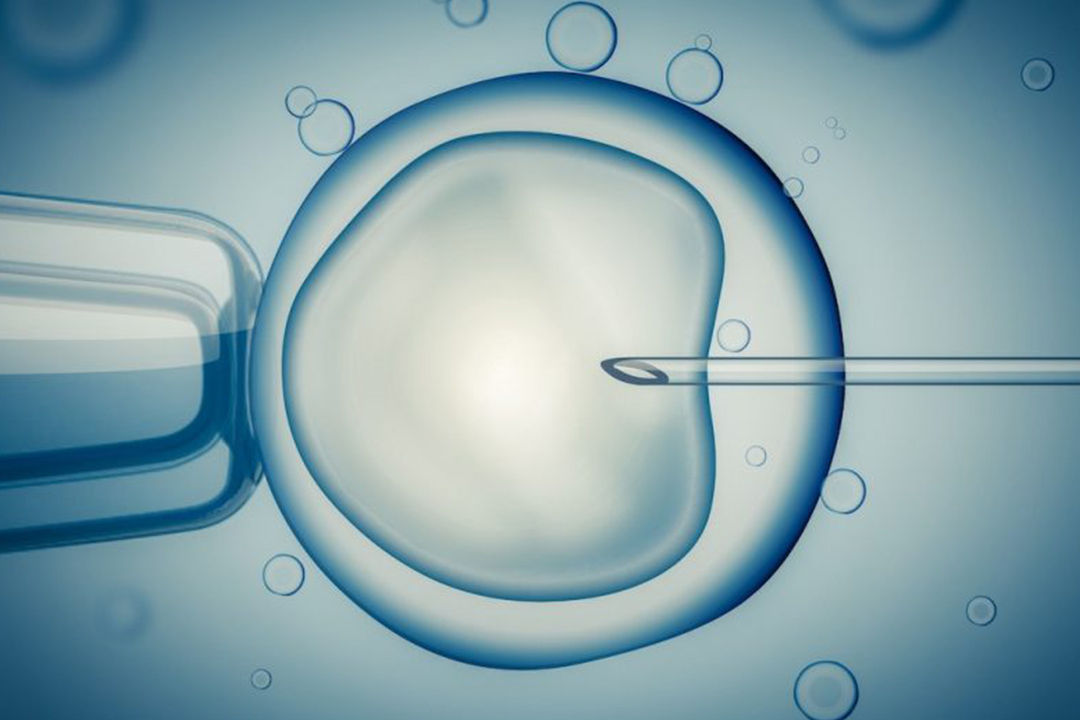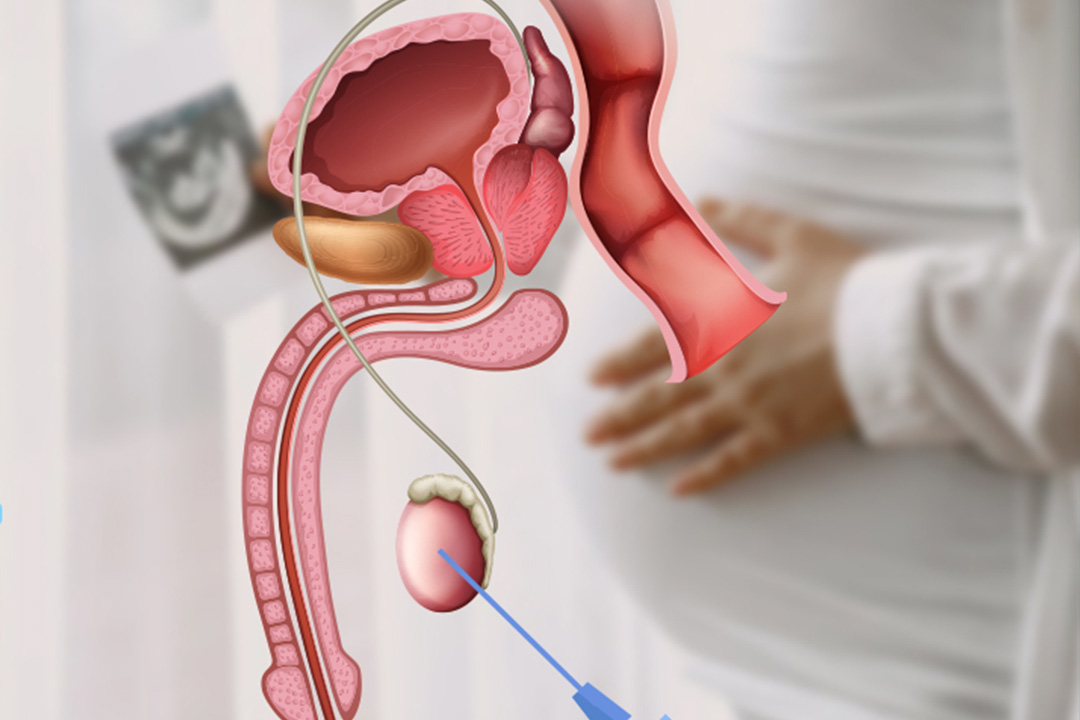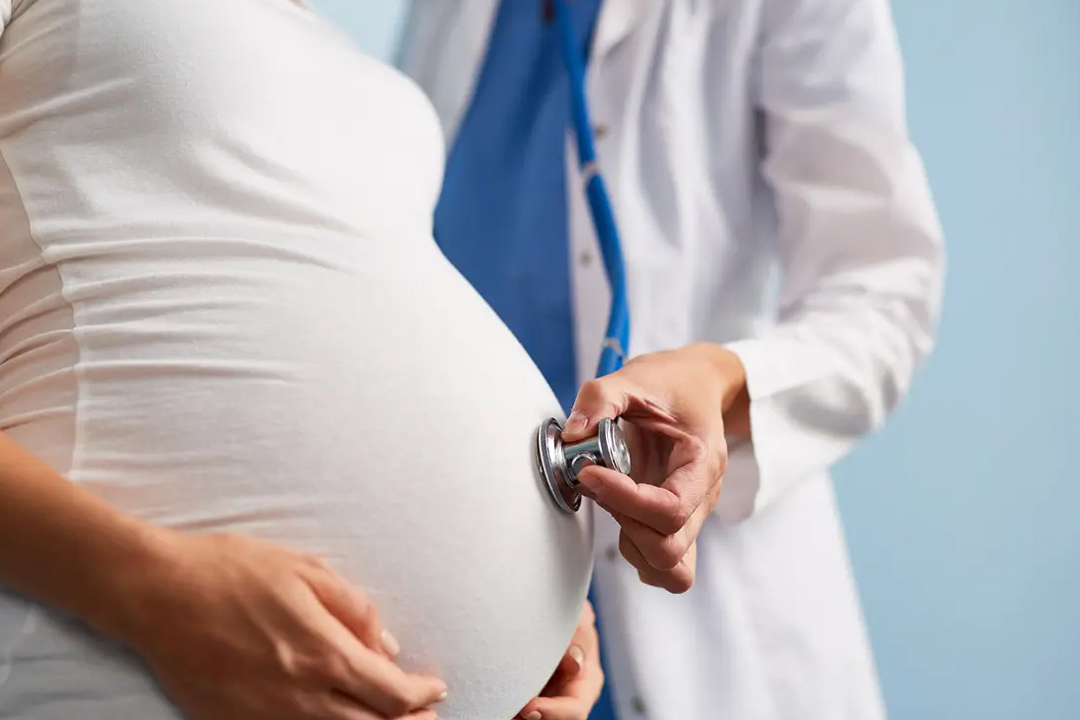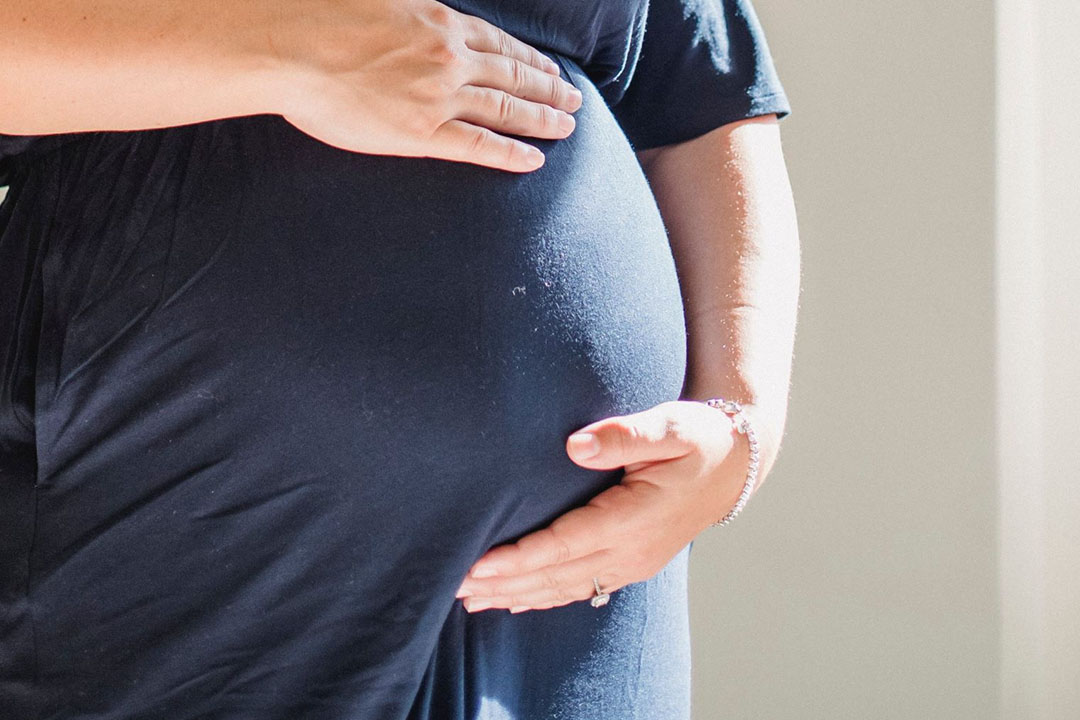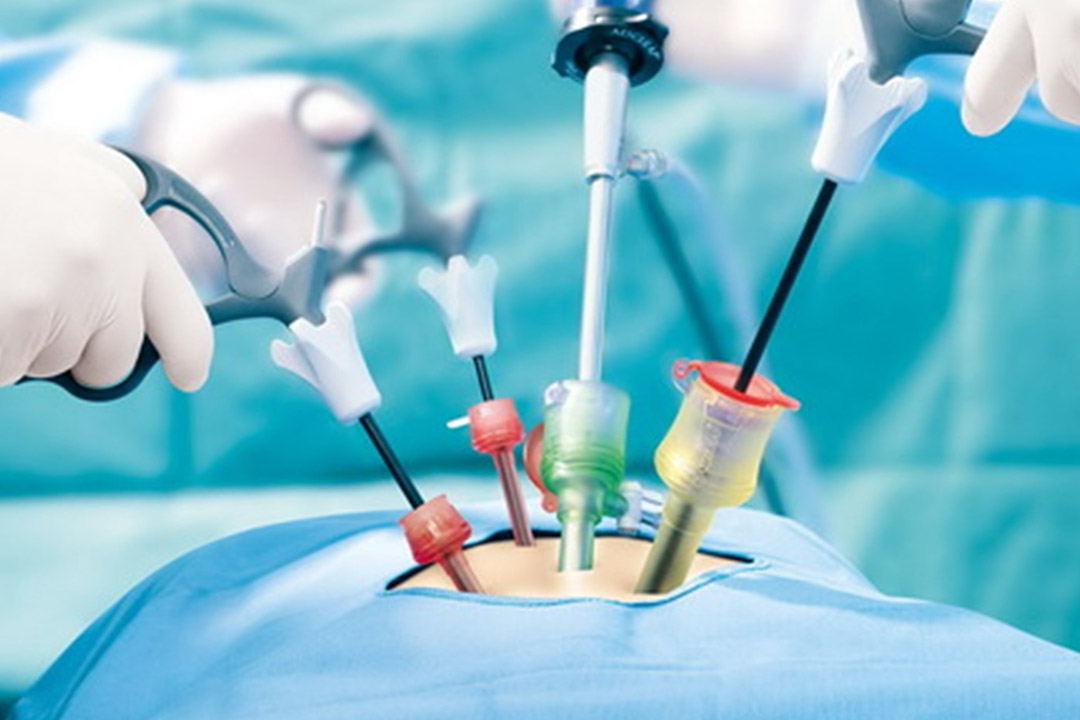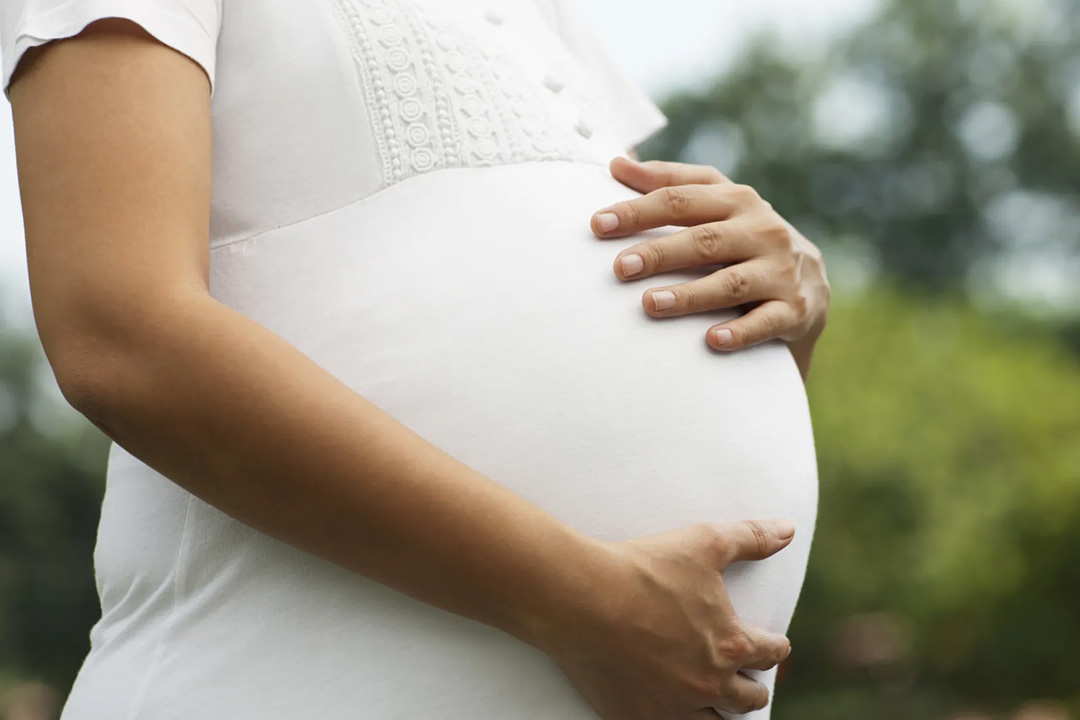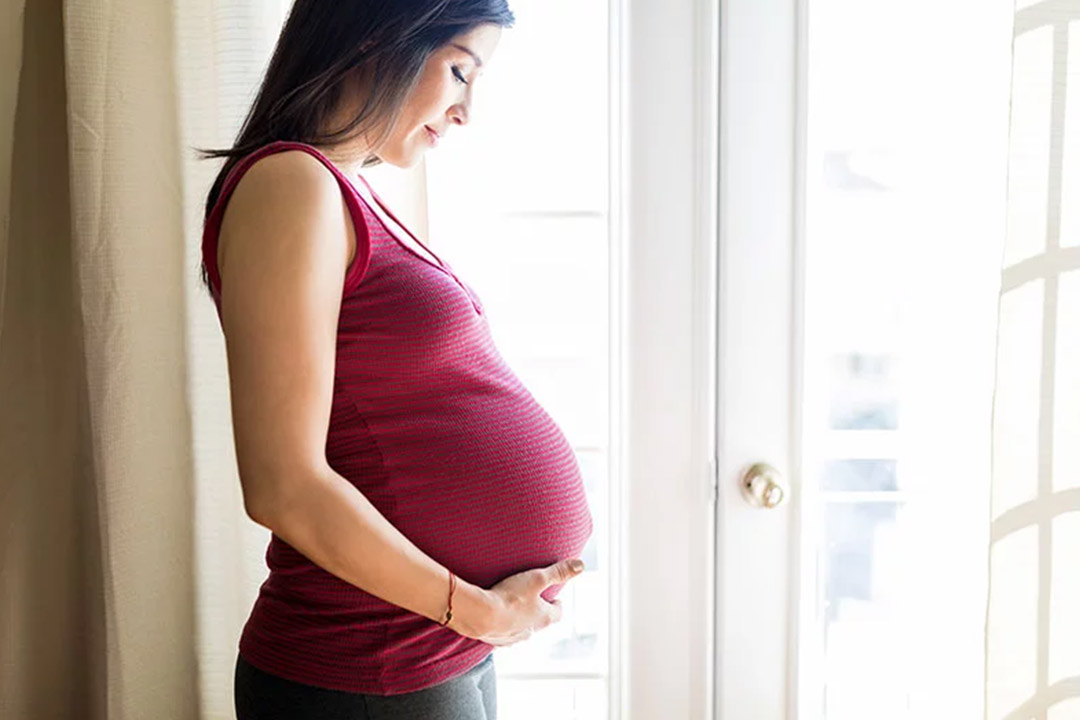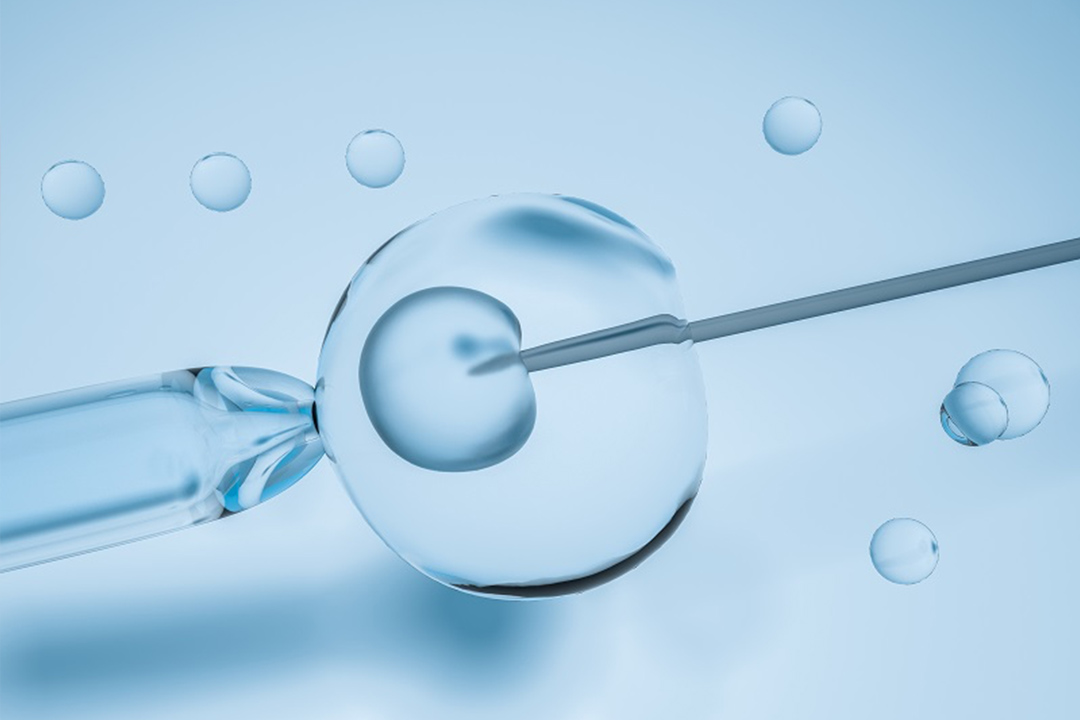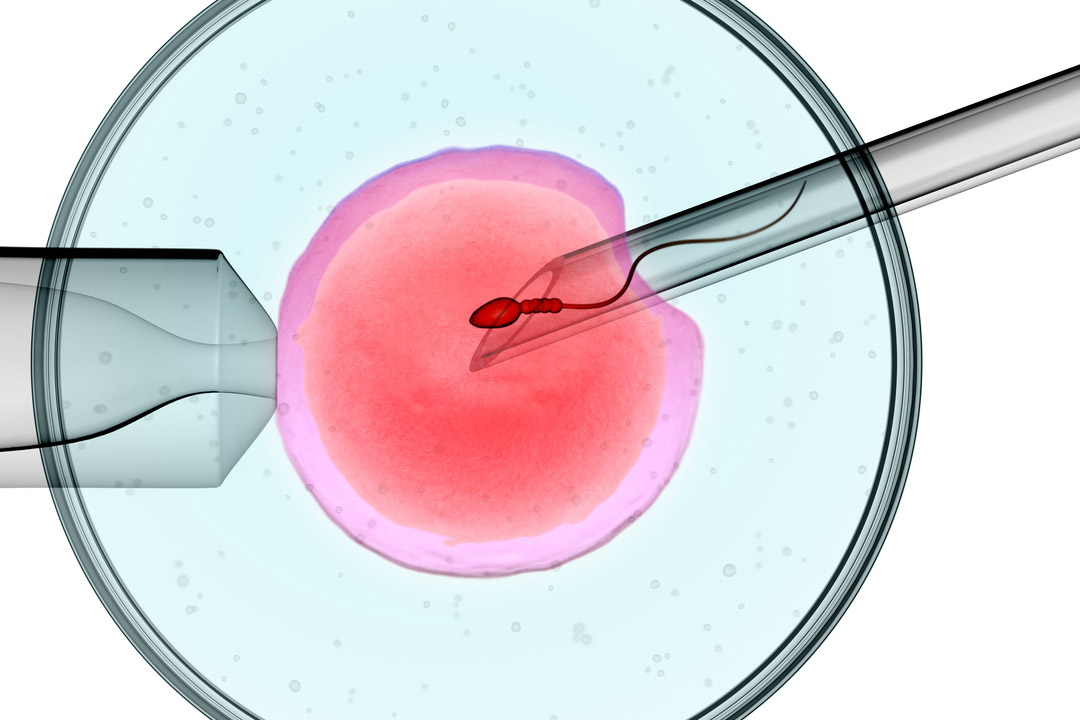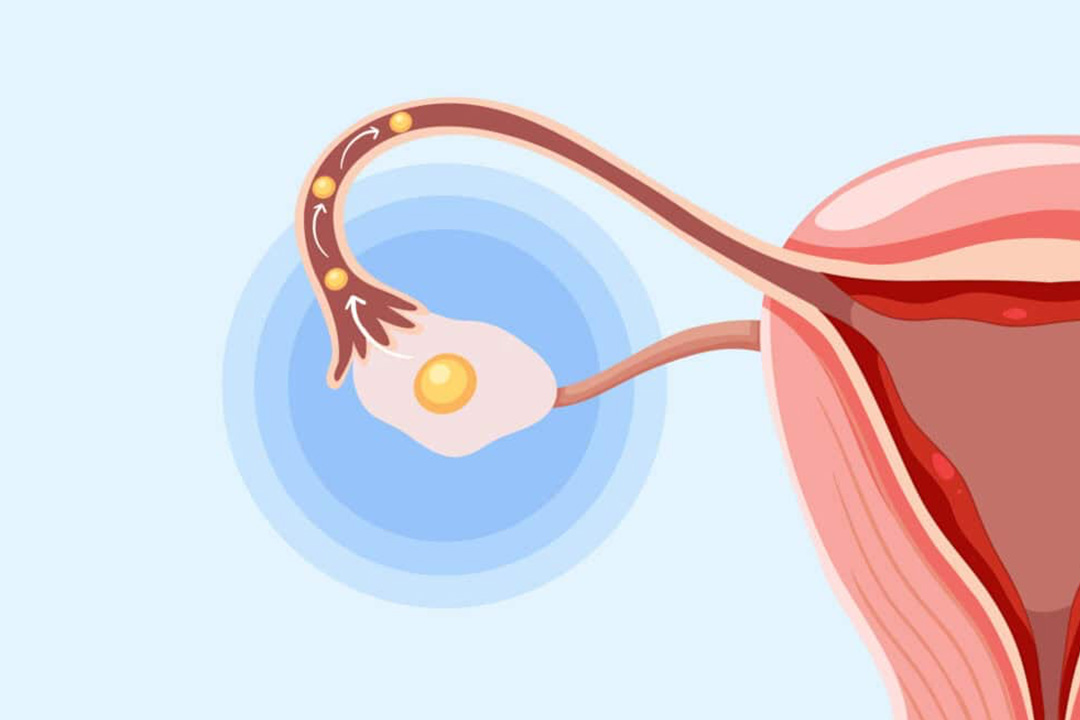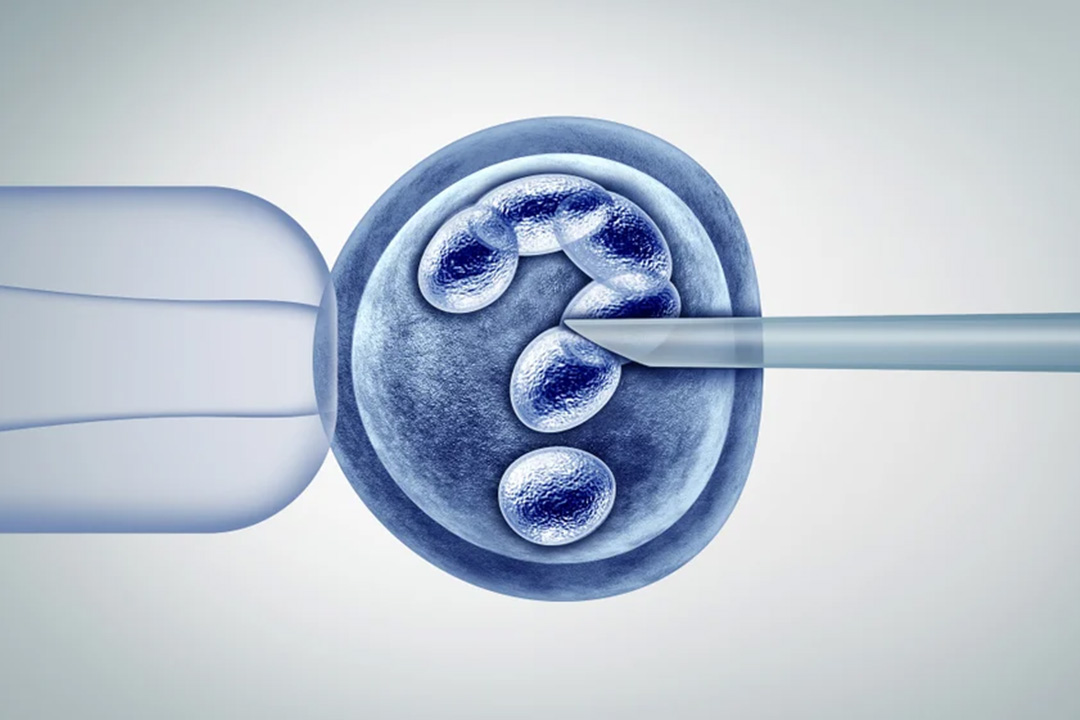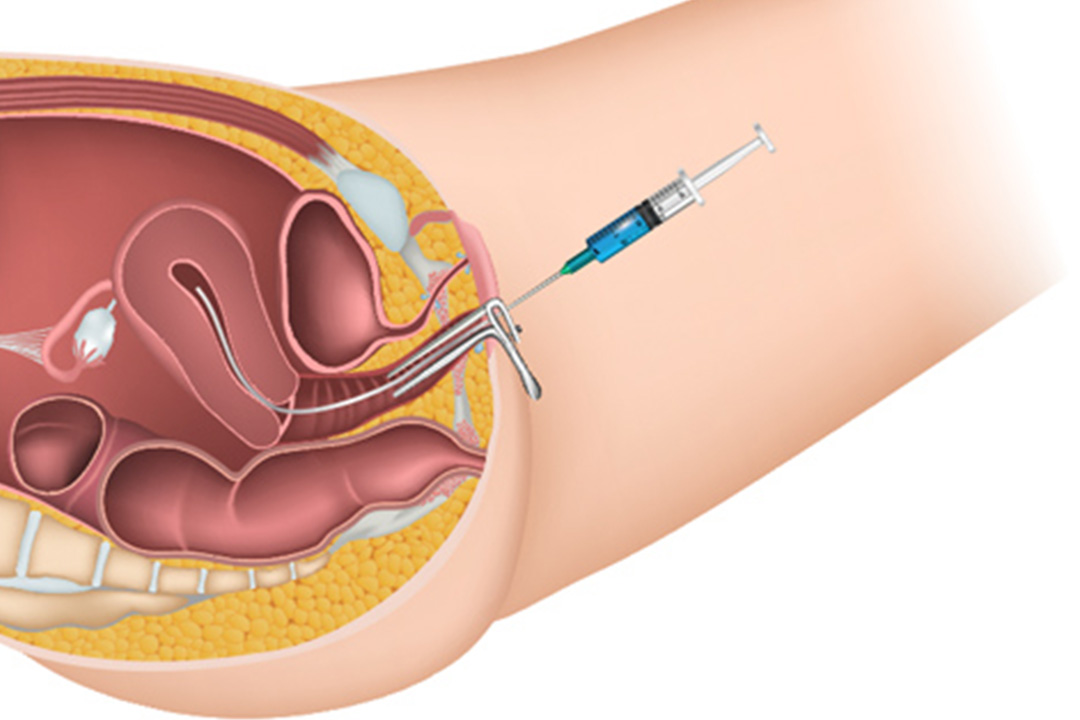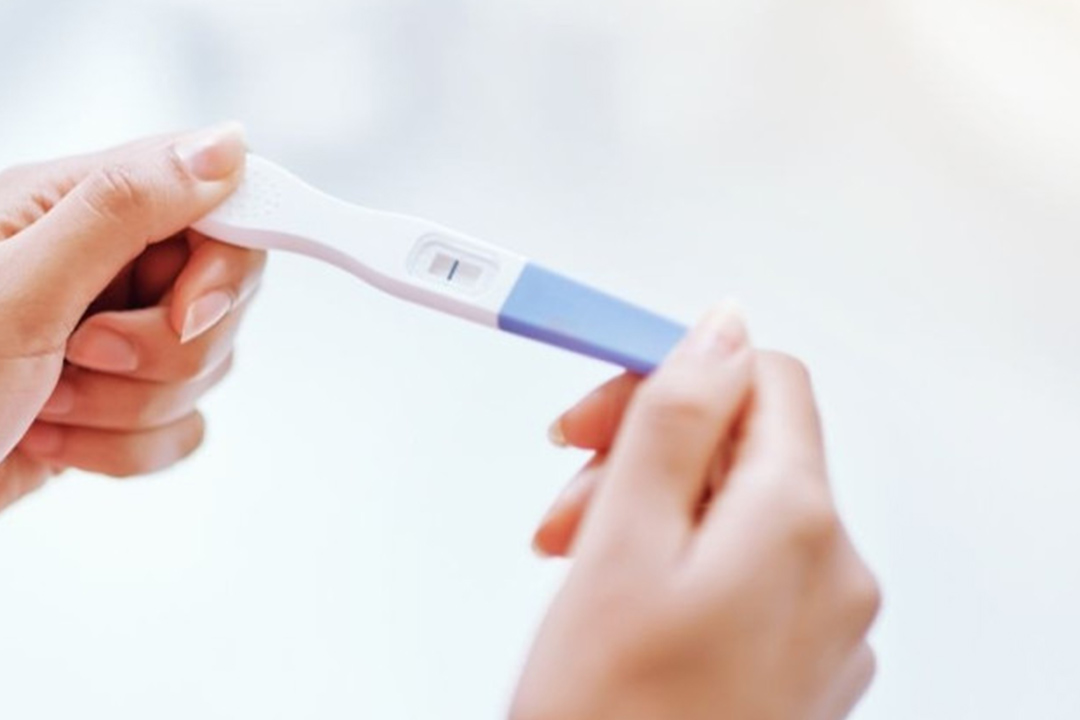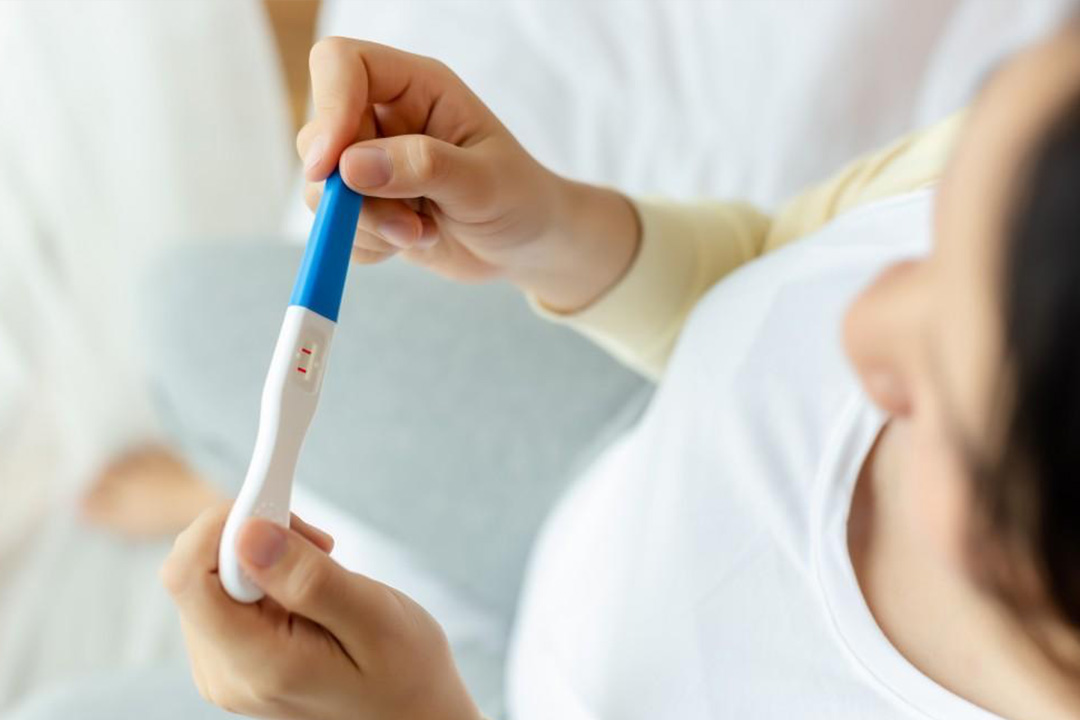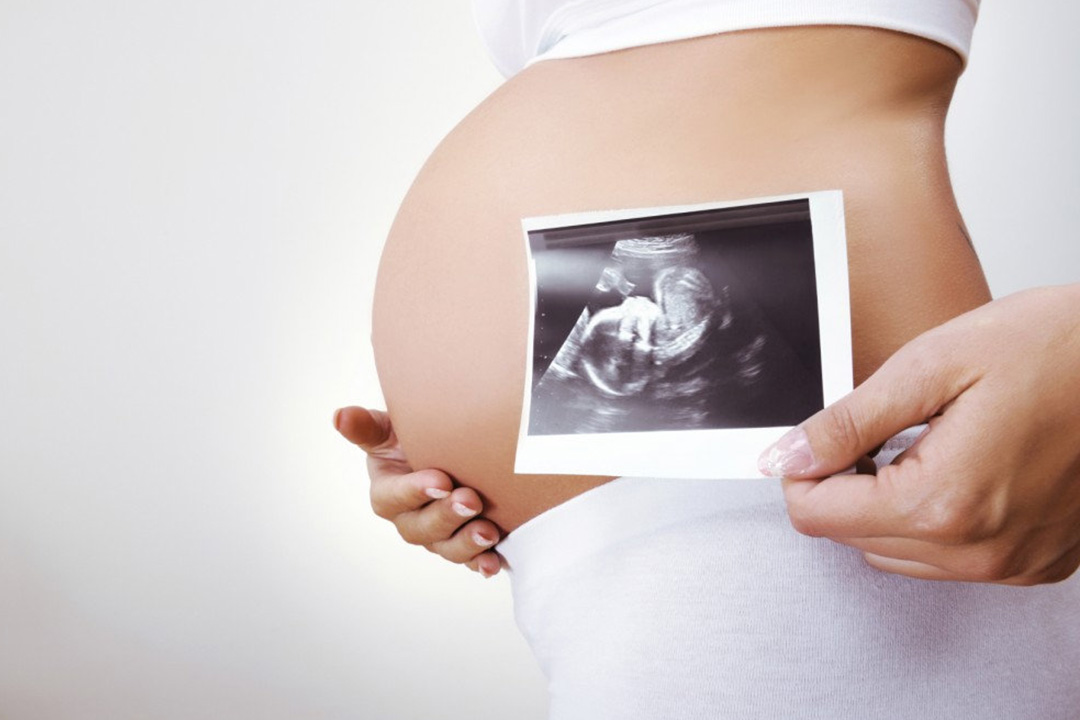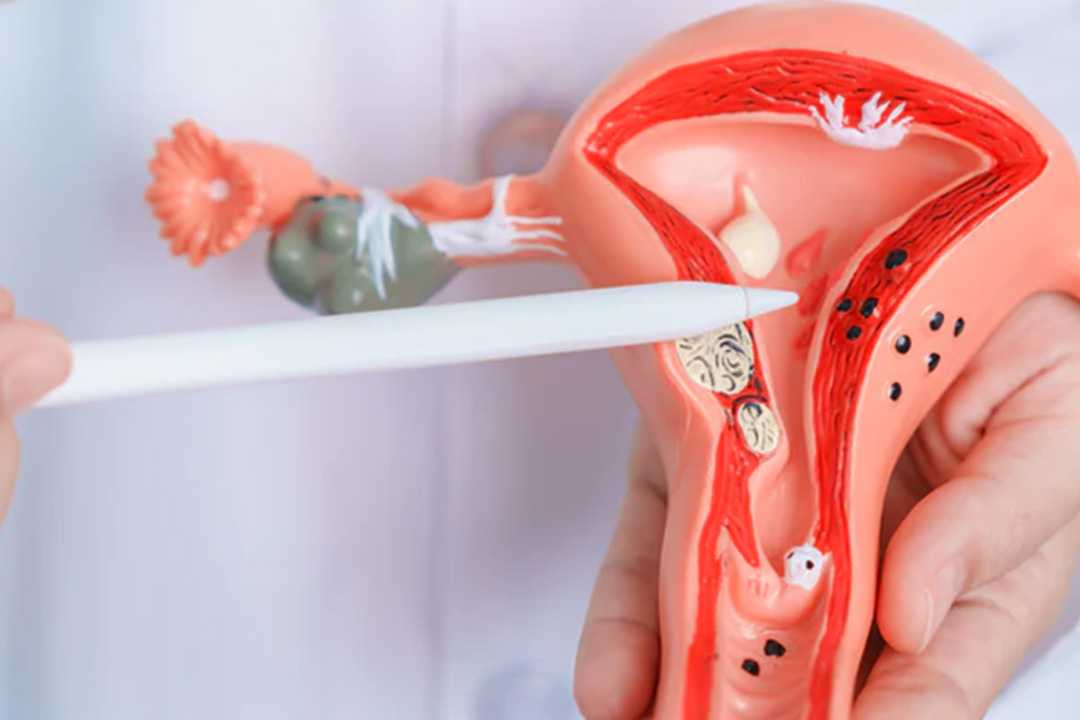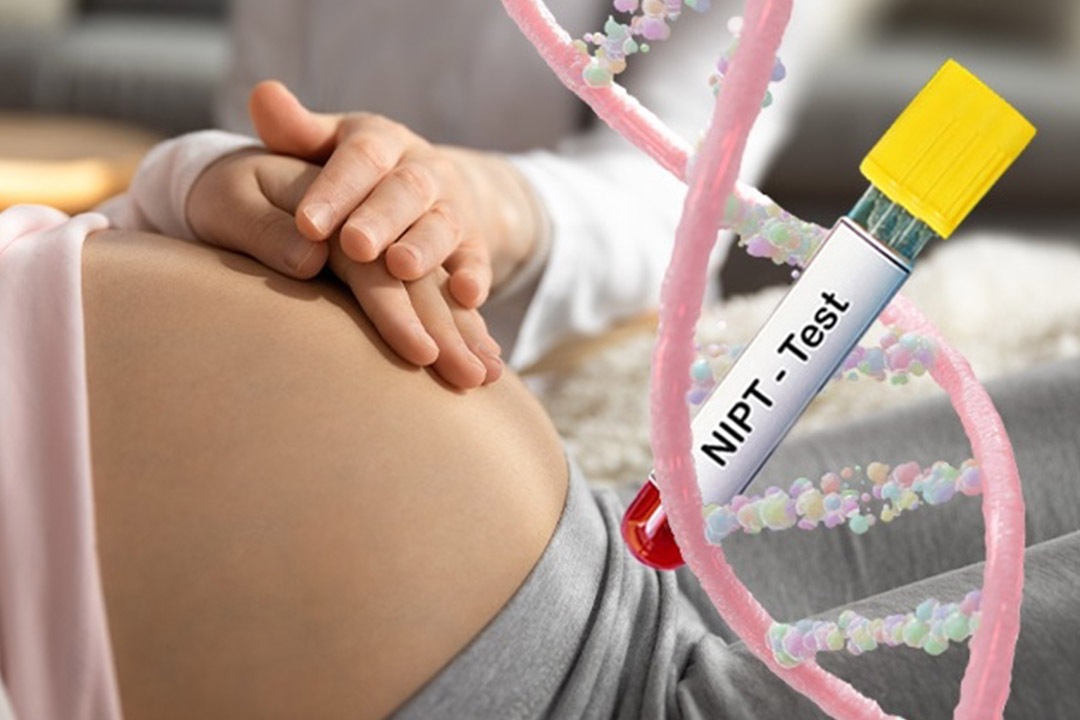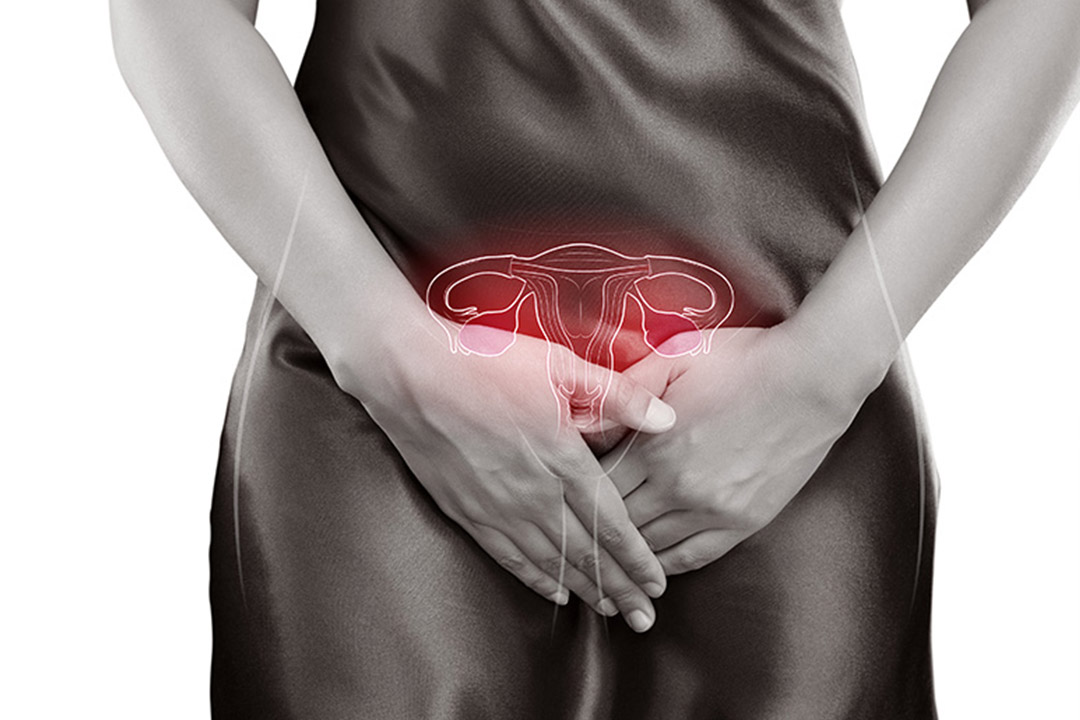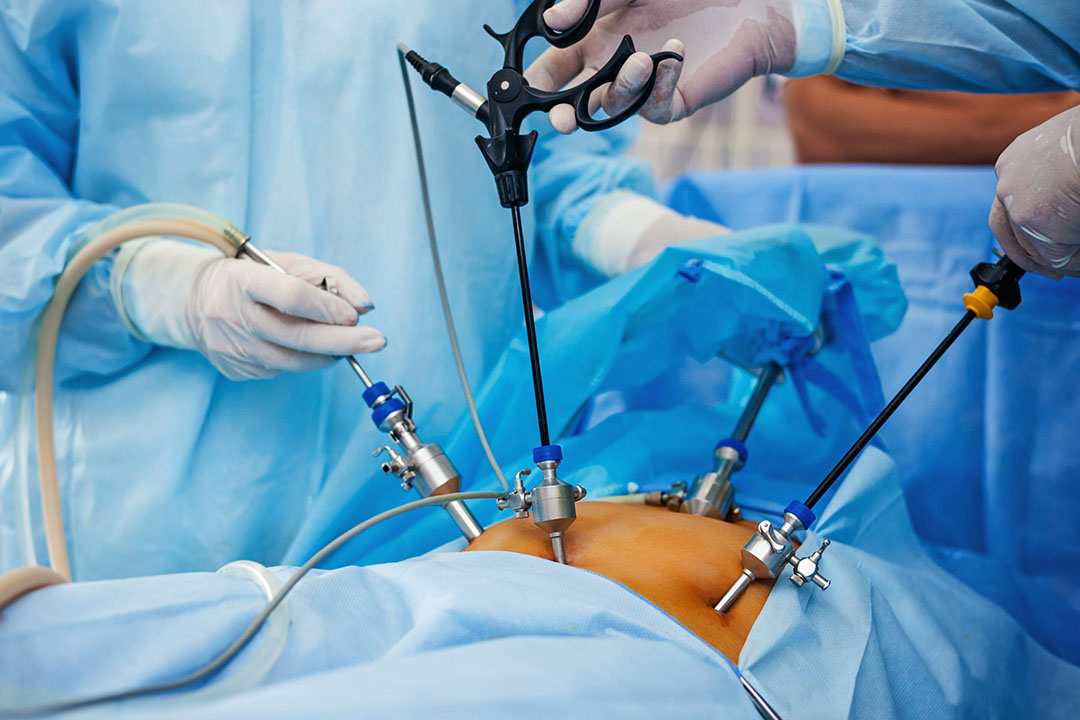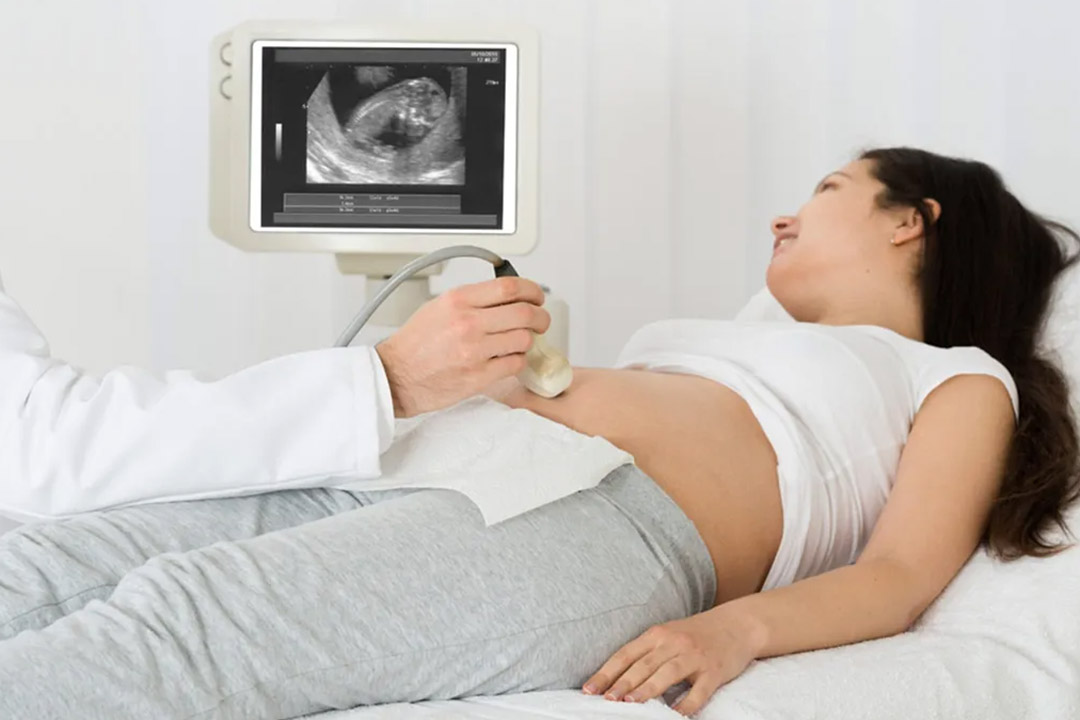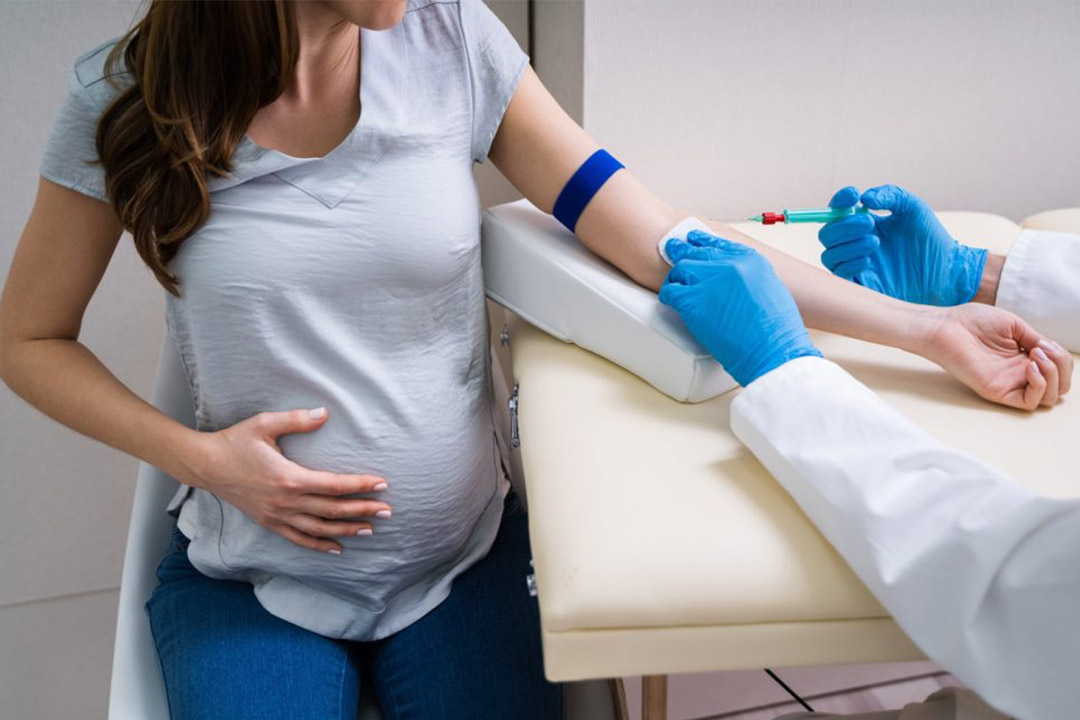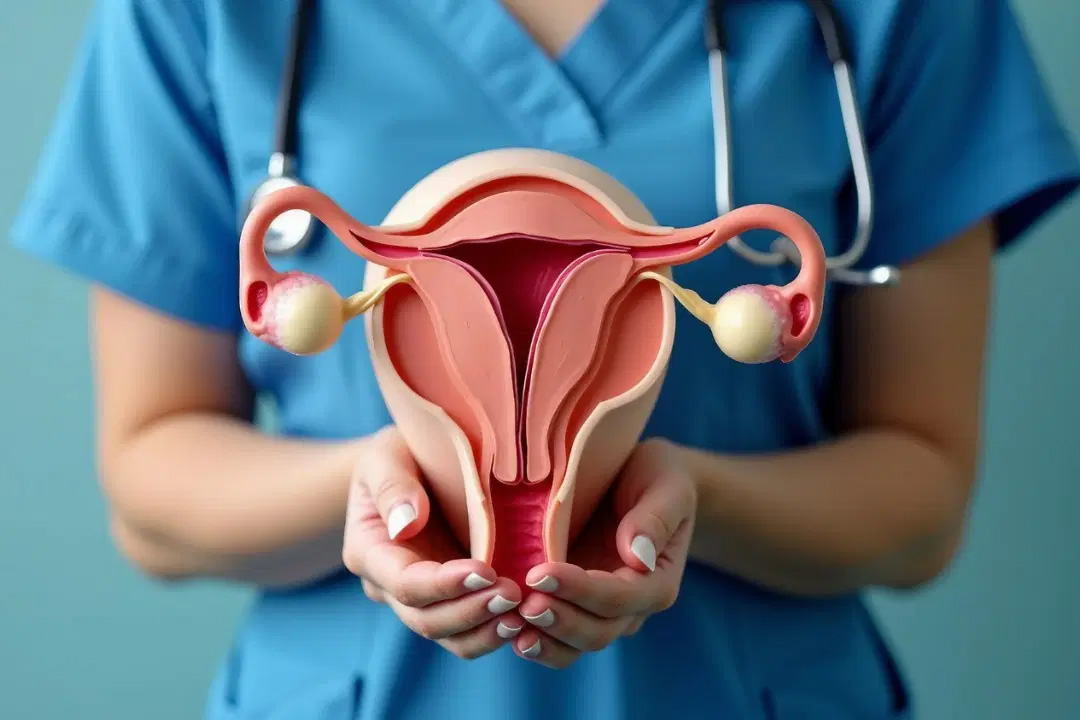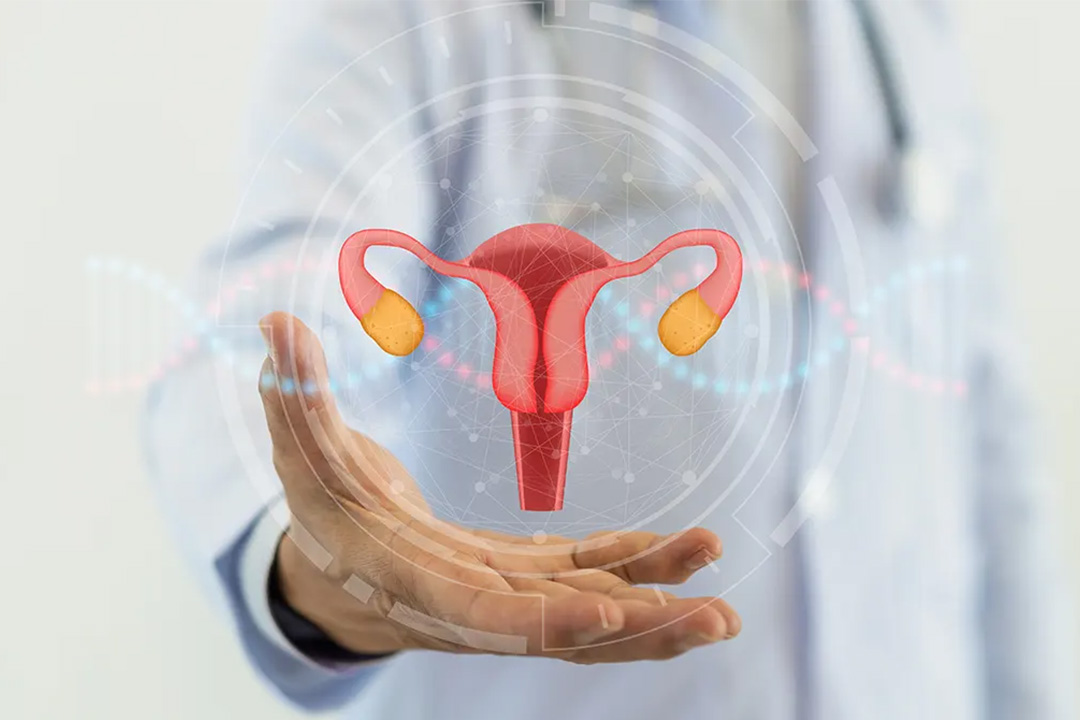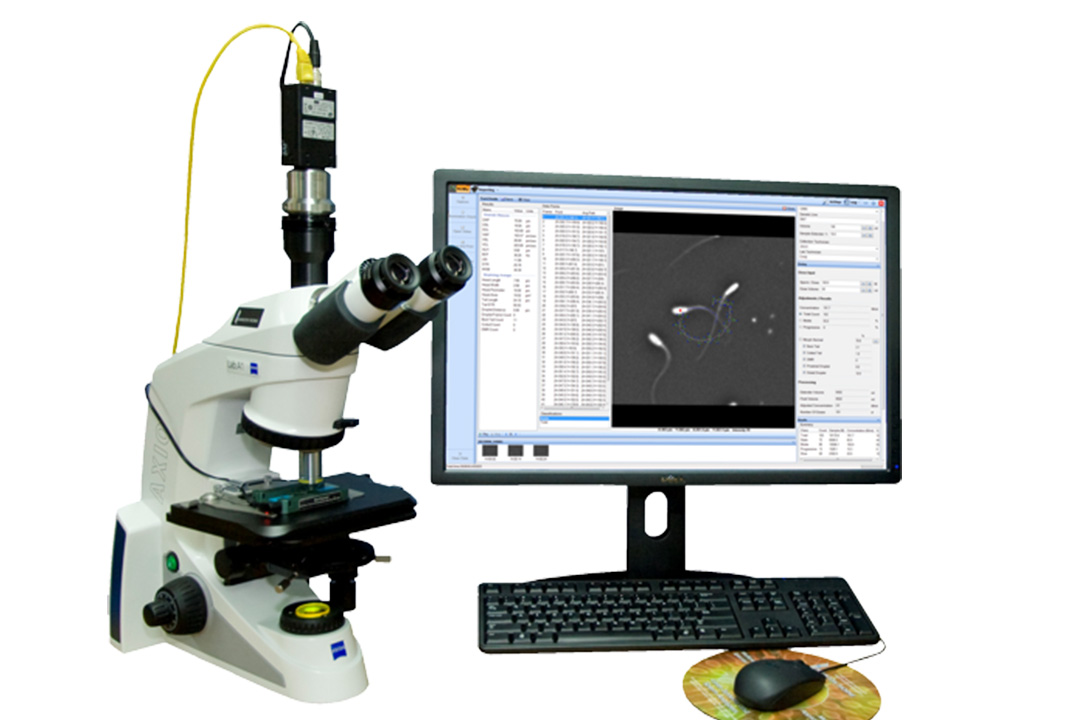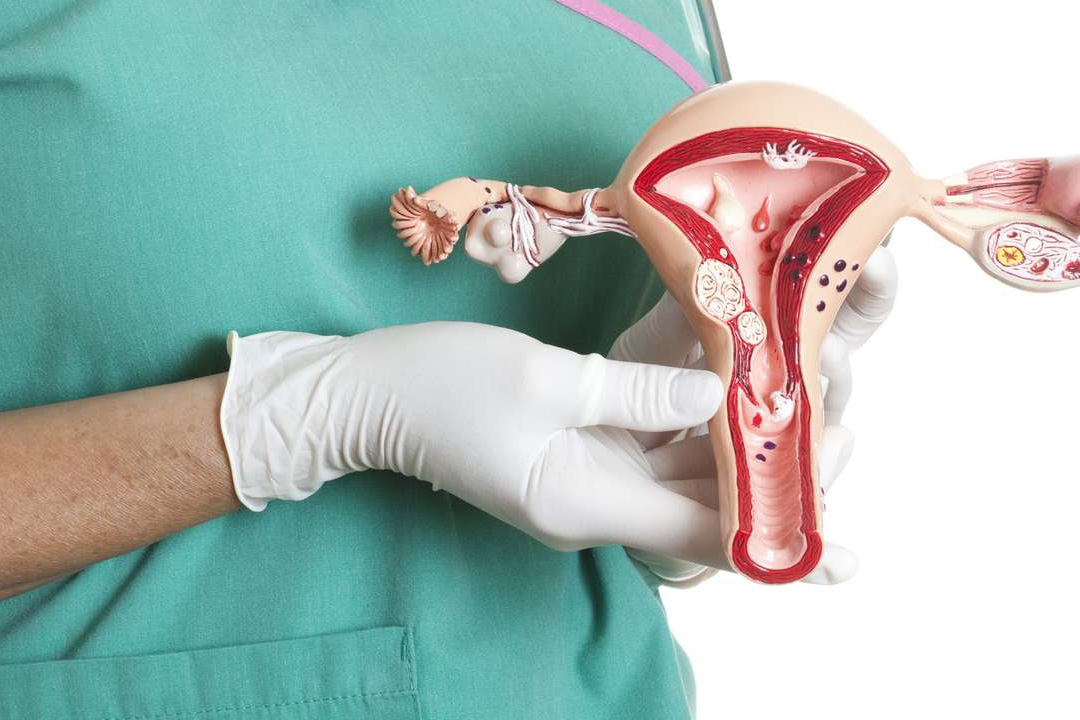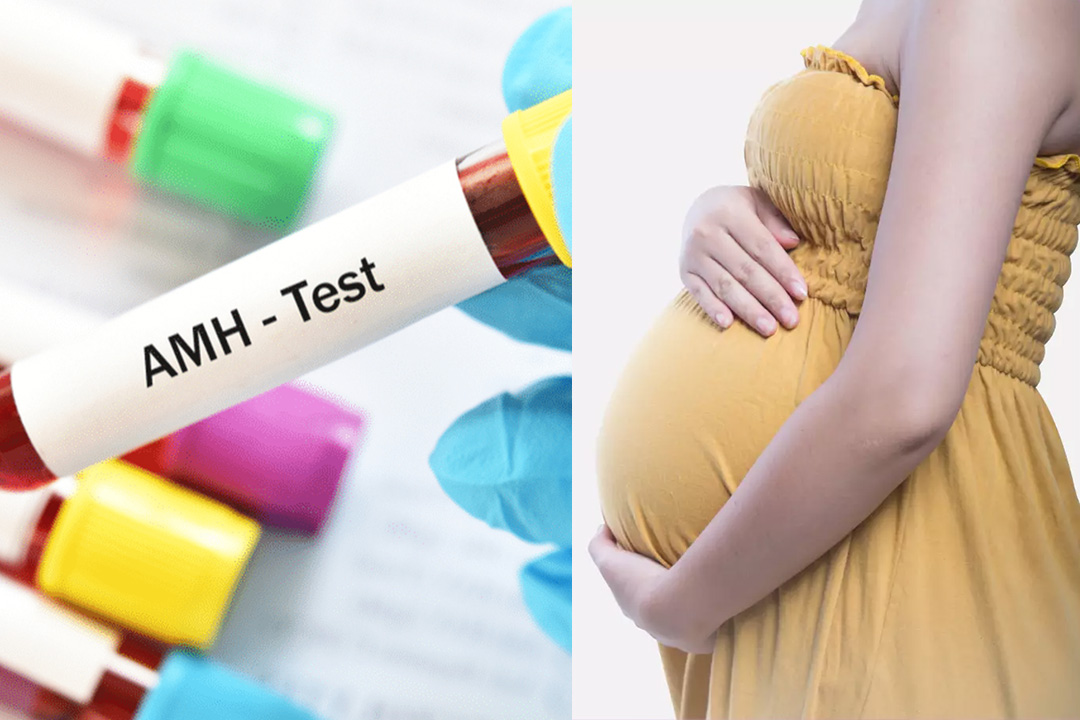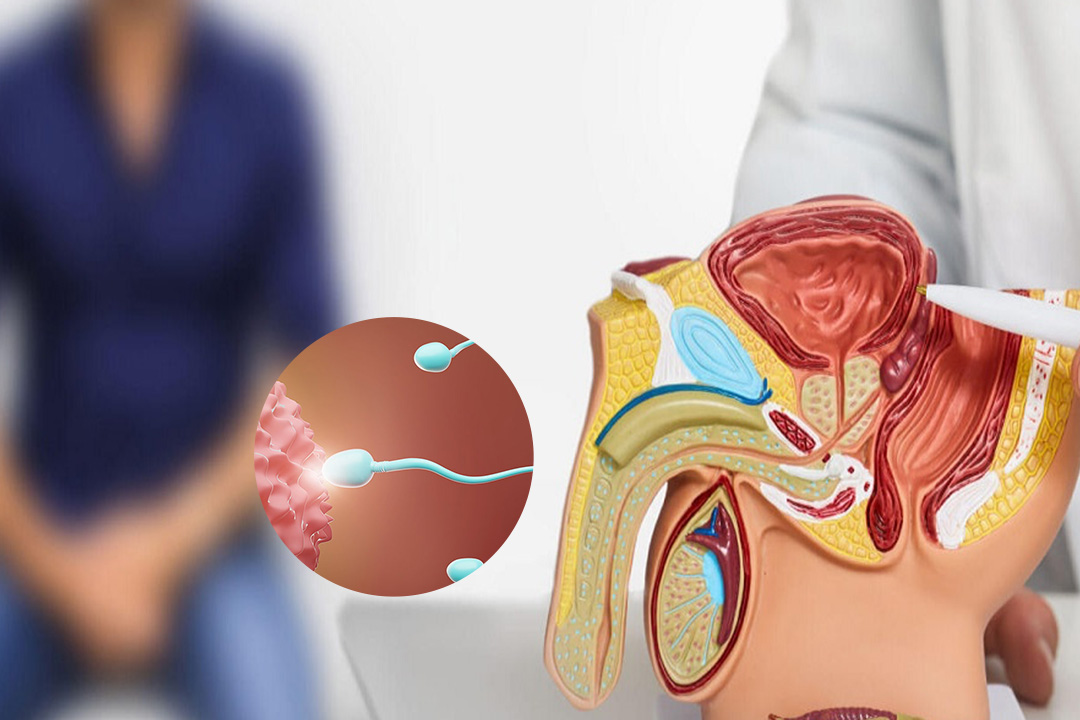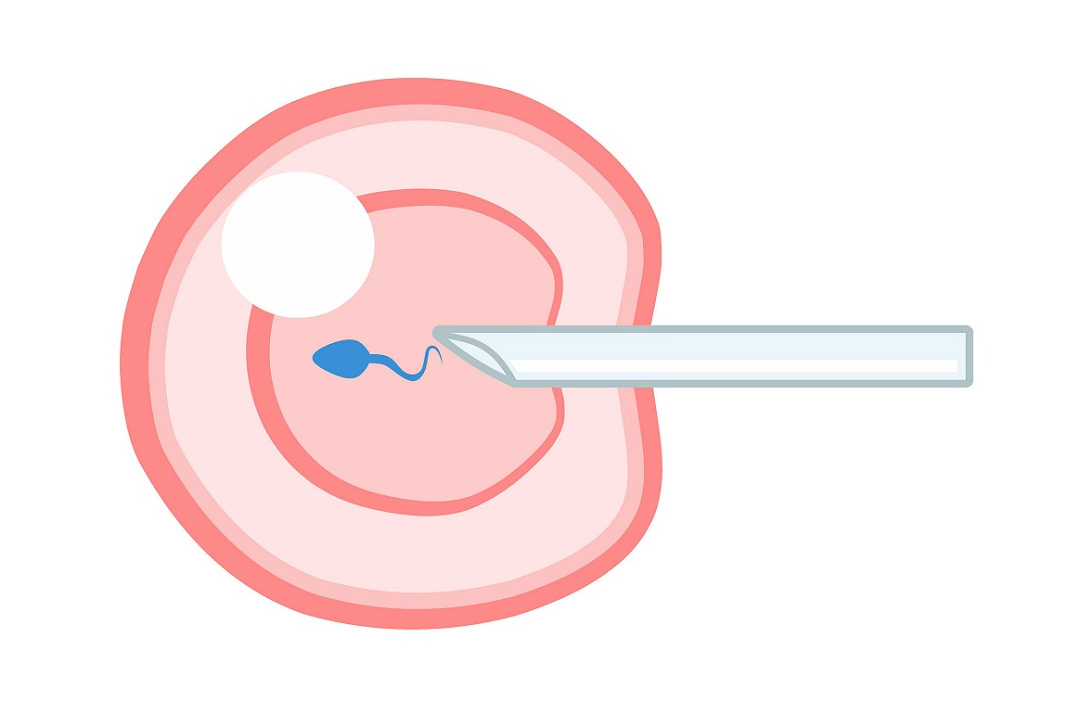What is Secondary Infertility? Everything You Need to Know
Becoming a parent once does not always mean the road to a second child will be smooth. Many couples who conceived naturally the first time are surprised and often overwhelmed when they struggle to grow their family again.
This difficulty is known as secondary infertility. Because friends, relatives, and even healthcare providers may assume “you did it once, you can do it again,” the emotional toll can feel isolating.
Yet secondary infertility is common, accounting for roughly one in ten couples trying for another baby. In the following article, we break down what secondary infertility means, why it happens, and which options can help.
What is Secondary Infertility?
Secondary infertility means you cannot get pregnant or carry a pregnancy to term after previously giving birth without the help of fertility treatments.
In other words, conception happened naturally before, but now despite regular, unprotected intercourse for six to twelve months pregnancy is not occurring or is ending in miscarriage.
Surprisingly, secondary infertility is becoming increasingly common in India. According to studies, its frequency grew to 28.6% in 2015-16, up 5.9%.
What Causes Secondary Infertility in Women?
Female-related factors frequently involve egg number or quality, structural issues, or hormonal conditions. Below are the key culprits:
- Egg reserve and quality decline: Women are born with all the eggs they will ever have. By the late 30s, both quantity and chromosomal quality decreased sharply, making fertilization and healthy embryo development harder.
- Scars or blockages: Infections (such as untreated chlamydia or pelvic inflammatory disease), prior C-sections, or dilation and curettage (D & C) procedures can leave scar tissue in the uterus or fallopian tubes that blocks sperm or embryo passage.
- Polycystic ovary syndrome (PCOS): This hormonal imbalance triggers irregular ovulation or none at all, reducing monthly chances to conceive.
- Endometriosis: When tissue that normally lines the uterus grows elsewhere, it can create inflammation or adhesions that interfere with egg pickup or implantation.
- Weight changes and lifestyle habits: Significant weight gain, smoking, or heavy alcohol use can disrupt hormones and ovulation.
- Other medical conditions or medications: Autoimmune diseases, thyroid disorders, or treatments like chemotherapy may impair ovarian function.
What Causes Secondary Infertility in Men?
Male factors often stem from sperm production, delivery, or quality issues. Common examples include:
- Lower testosterone (hypogonadism): Age, testicular injury, chronic illnesses, or certain medications can decrease the hormone that drives sperm production.
- Varicocele: Enlarged veins inside the scrotum raise testicular temperature and diminish sperm count or motility. About one-third of male infertility cases involve a varicocele.
- Poor semen quality with age: After 40, semen volume and sperm DNA integrity tend to decline.
- Low sperm count (oligospermia): Fewer than 15 million sperm per millilitre lowers the odds that one reaches and fertilizes an egg.
- Prostate issues: An enlarged prostate or prostate removal can alter ejaculation or redirect semen backward.
- Medication side-effects: Drugs for high blood pressure, infections, seizures, and cancer may hamper sperm production.
- Environmental exposures: Pesticides, lead, excessive heat, and certain lubricants can damage sperm.
Who is at Risk for Secondary Infertility?
You and your partner may face higher risk if either of you has:
- A history of pelvic inflammatory disease or other sexually transmitted infections.
- Irregular menstrual cycles or diagnosed ovulatory disorders.
- Prior miscarriages or uterine surgery (including multiple C-sections).
- Documented low sperm count or testosterone issues.
- Chronic medical conditions such as diabetes or thyroid disease.
- Lifestyle factors such as significant weight gain, smoking, or heavy alcohol use.
Difference Between Primary and Secondary Infertility
| Factor | Primary Infertility | Secondary Infertility |
|---|
| Definition | Inability to achieve or carry a first pregnancy | Inability to achieve or carry another pregnancy after at least one live birth |
| Previous live birth | None | At least one, conceived without fertility help |
| Timeframe for evaluation | 12 months (less than 35 years of age) or 6 months (more than 35 years of age) of trying | Same timeframes apply |
| Common biological reasons | Congenital reproductive issues, unexplained infertility | Age-related decline, post-pregnancy anatomical changes, lifestyle shifts |
| Treatment approach | Ovulation induction, IUI, IVF, surgery if needed | Largely the same; may be modified according to new factors (e.g., tubal scarring) |
Knowing these differences helps you discuss next steps clearly with a specialist.
How is Secondary Infertility Diagnosed?
Doctors start with a comprehensive review of your medical history, menstrual patterns, and previous pregnancies, then order targeted tests. Typical evaluations include:
- Semen analysis to measure sperm count, shape, and movement.
- Blood tests to check hormone levels such as FSH, LH, AMH, prolactin, and thyroid hormones.
- Transvaginal ultrasound to view ovaries and uterine lining.
- Hysterosalpingogram (HSG) is an X-ray with dye to confirm whether fallopian tubes are open and uterine cavity shape is normal.
Early assessment widens treatment choices and can uncover correctable problems such as tubal blockages or hormone imbalances.
What Secondary Infertility Treatments are Available?
Most therapies used for primary infertility also apply to secondary infertility, but they’re tailored to your new circumstances. Options include:
- Lifestyle adjustments: Quitting smoking, moderating alcohol, achieving a healthy weight, and managing chronic diseases boost natural fertility.
- Ovulation-inducing medications: Drugs like clomiphene citrate or letrozole stimulate or regulate egg release in people who don’t ovulate consistently.
- Intrauterine insemination (IUI): Washed sperm are placed directly into the uterus around ovulation to shorten the journey.
- In vitro fertilization (IVF): Eggs are retrieved, fertilized in a lab, and embryos transferred to the uterus. IVF bypasses many sperm, tube, or ovulation barriers.
- Surgery: Procedures can remove uterine polyps, fibroids, scar tissue, or repair varicoceles, restoring natural fertility in some couples.
Each path has pros, cons, and costs, so talk through them with a reproductive specialist who understands your family goals.
Does PCOS Cause Secondary Infertility?
Yes. PCOS is a leading cause because it disrupts ovulation. Even if you ovulated regularly during your first pregnancy, hormonal shifts or weight gain may intensify PCOS symptoms later on.
Medication to induce ovulation often corrects the problem, and lifestyle changes like moderate weight loss can improve hormone balance further.
Can a Previous Miscarriage Lead to Secondary Infertility?
A single early miscarriage rarely causes future infertility, but recurrent losses or complications such as infection or scarring can.
If miscarriages repeat, ask about tests for uterine shape abnormalities, hormonal issues, or genetic factors that might hinder successful implantation.
How Does Age Influence Secondary Infertility?
Age affects both partners, but its impact is more pronounced in women due to the finite egg supply.
By age 35, natural fertility drops, and by 40, the monthly chance of pregnancy can be less than 10 %. Male fertility also declines, with sperm DNA quality decreasing over time. Planning early or freezing eggs or embryos can preserve options.
Frequently Asked Questions
How long should we try naturally before seeking help?
If you’re under 35, see a specialist after 12 months of regular, unprotected sex. Over 35? Make the call in 6 months. If you have known issues like irregular periods, prior pelvic infections, low sperm count, it is advisable to seek advice sooner.
Can weight loss alone restore fertility?
Losing 5–10 % of body weight can restart ovulation in some people and improve sperm quality in men. Even when additional treatments are needed, lifestyle change boosts overall success rates.
What’s the difference between primary and secondary infertility?
Primary infertility is trouble conceiving the first baby. Secondary infertility happens after at least one live birth. Causes and treatments overlap, but secondary infertility often involves new age-related factors or scarring from prior deliveries.
Does breastfeeding delay my return to fertility?
Exclusively breastfeeding can suppress ovulation for several months postpartum. Once feedings space out or solids start, ovulation usually resumes. If cycles haven’t returned by one year and you wish to conceive, ask for an evaluation.
Is secondary infertility after miscarriage permanent?
Not usually. Many couples conceive again with or without medical help. If multiple miscarriages occur, testing for genetic, hormonal, or uterine factors guides targeted treatment.
Conclusion
Secondary infertility can feel like an unexpected detour on your family-building journey, but it is far from hopeless.
By understanding what secondary infertility is, why it occurs, and how it differs from primary infertility, you and your partner can seek timely evaluation and choose treatments that suit your goals.
Whether adjusting lifestyle habits, trying medications, or opting for assisted reproduction, answers exist and so does support. Keep the conversation open, lean on trusted professionals, and remember you’re not alone on this path.
About Us
AKsigen IVF is a premier center for advanced fertility treatments, with renowned fertility experts on our team. Specializing in IVF, ICSI, egg freezing, and other cutting-edge reproductive technologies, AKsigen IVF is committed to helping couples achieve their dream of parenthood. With personalized care and a patient-first approach, AKsigen IVF provides comprehensive fertility solutions under one roof.










